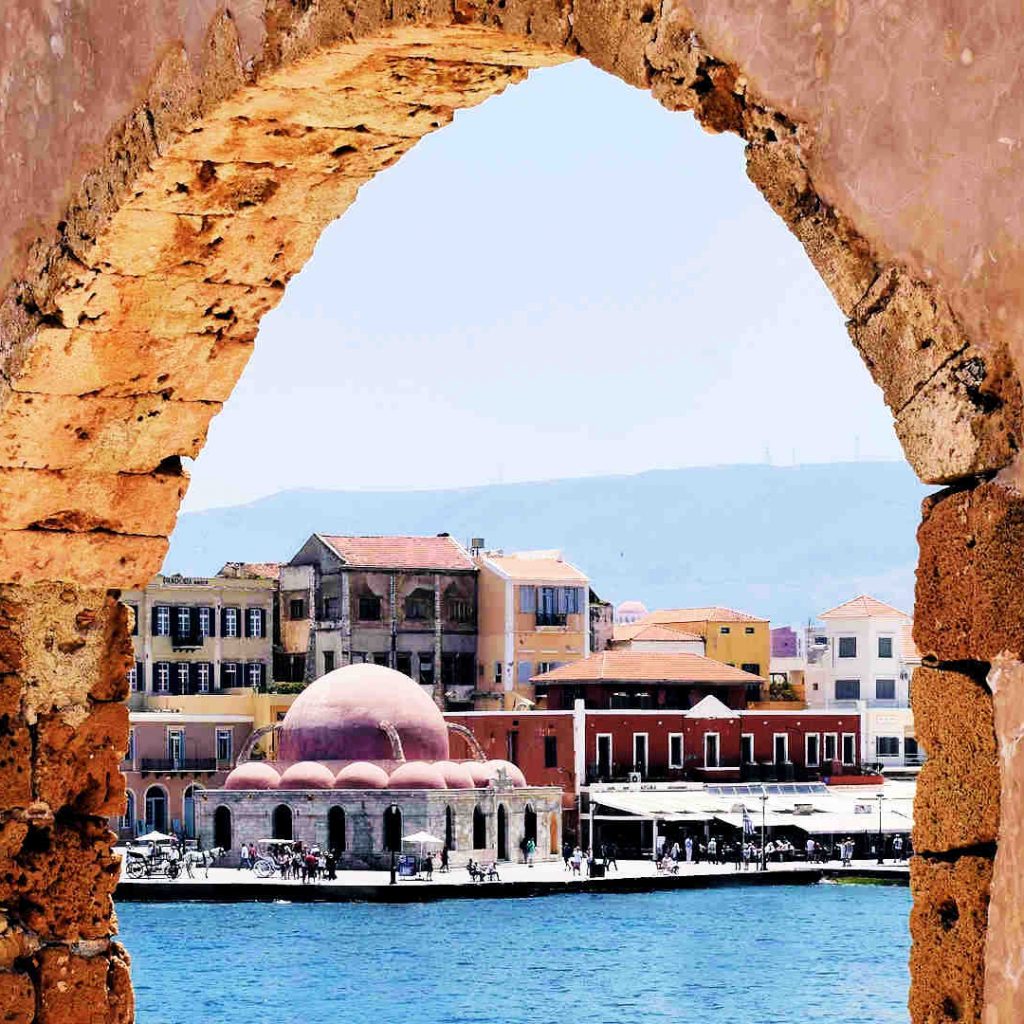
CHANIA
The city of Chania:
– located in the north-western part of Crete
– the second largest city of Crete
– the capital of the Chania regional unit
– Chania province: 4,300/km2, number of inhabitants: 108 642 people: of which Chania town area: 351.3 km2, population: 53,910 people
The capital of Crete, Heraklion: 143 km, Rethymno: 61.4 km, Kissamos: 37.8 km
Chania is the city, which has flourished for centuries under the rule of various civilizations.
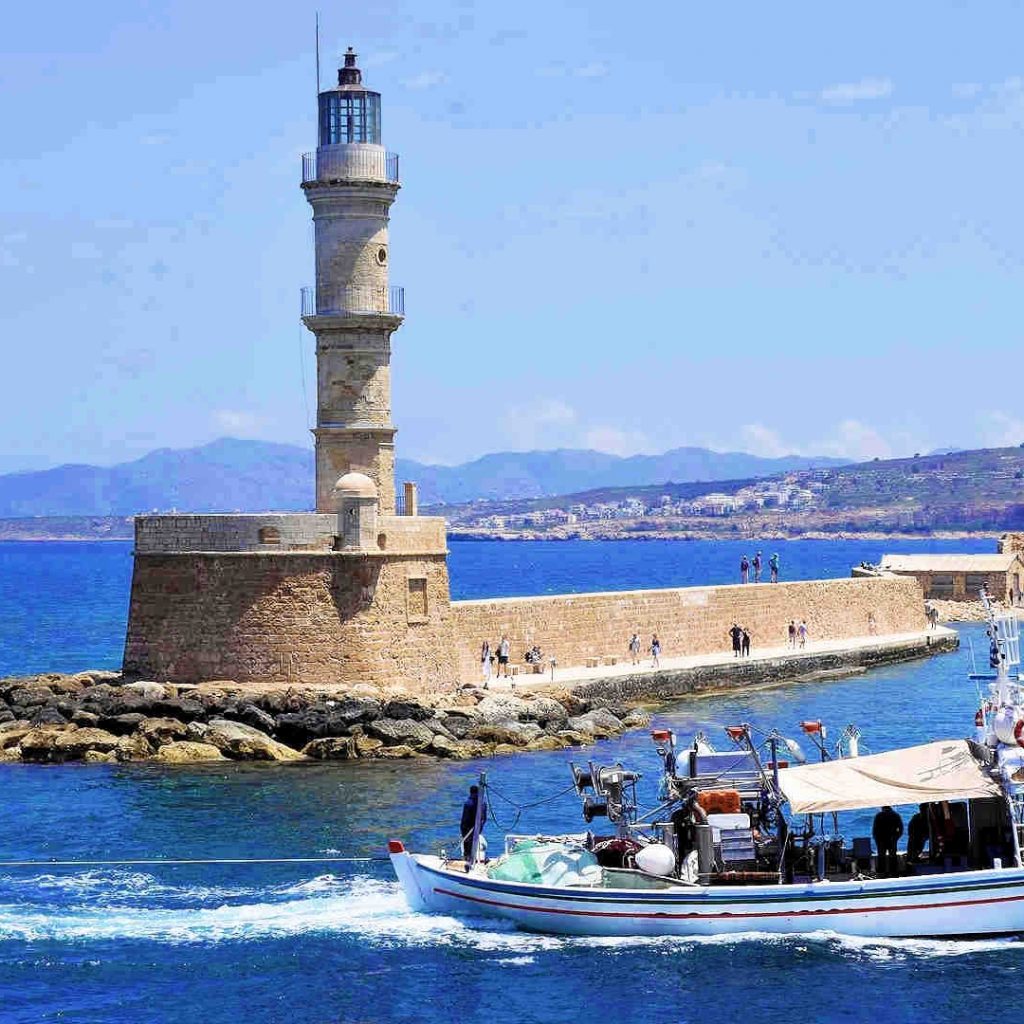
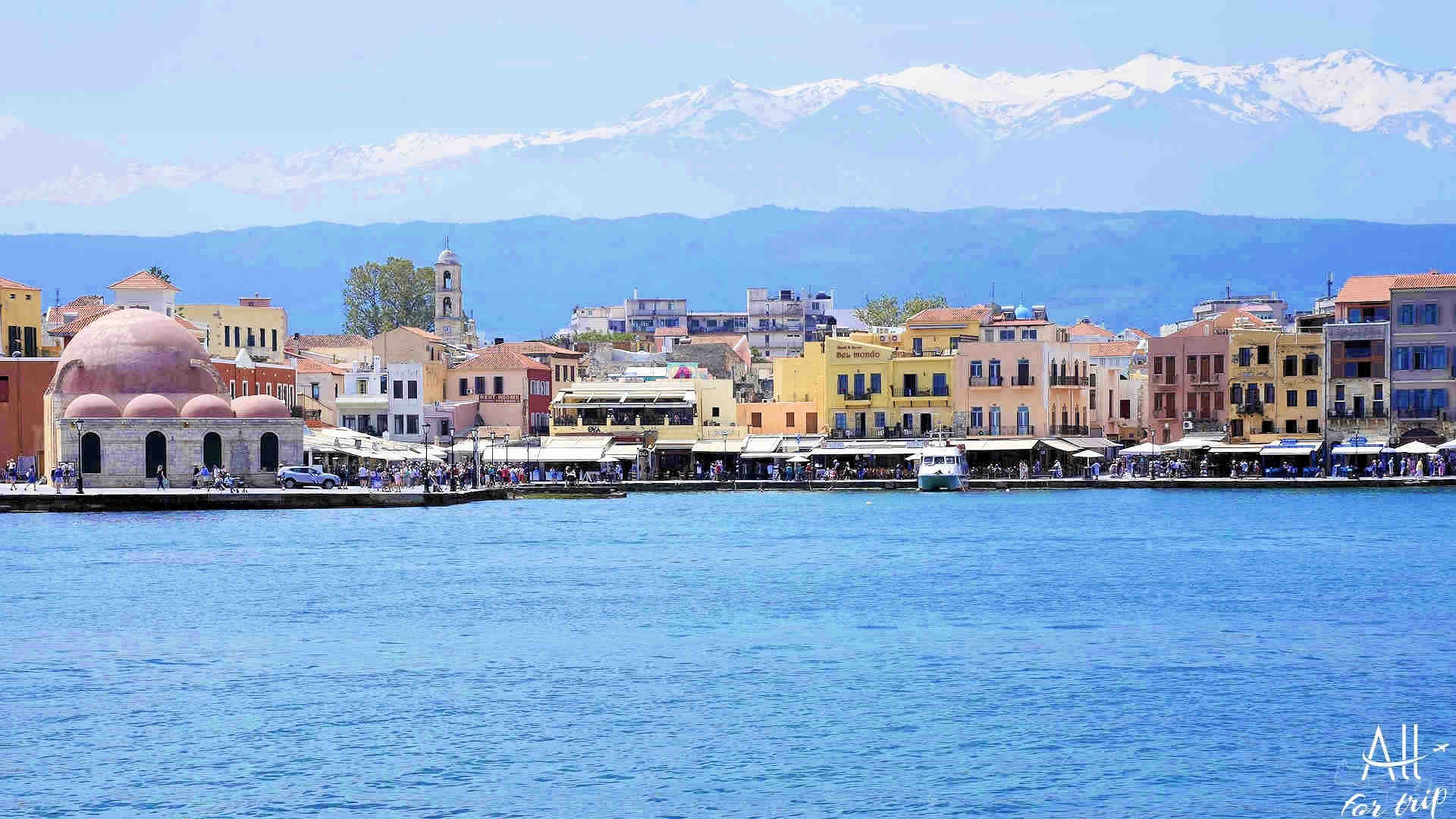
MEMORIES OF THE VENETIAN ERA
The Venetian Quarter is made up of cozy streets, which lead to the fabulous harbor. In the Venetian harbour, the lighthouse, the Venetian Shipyard, the old city wall and a lot of cozy restaurants are provides a very kind, unique atmosphere.
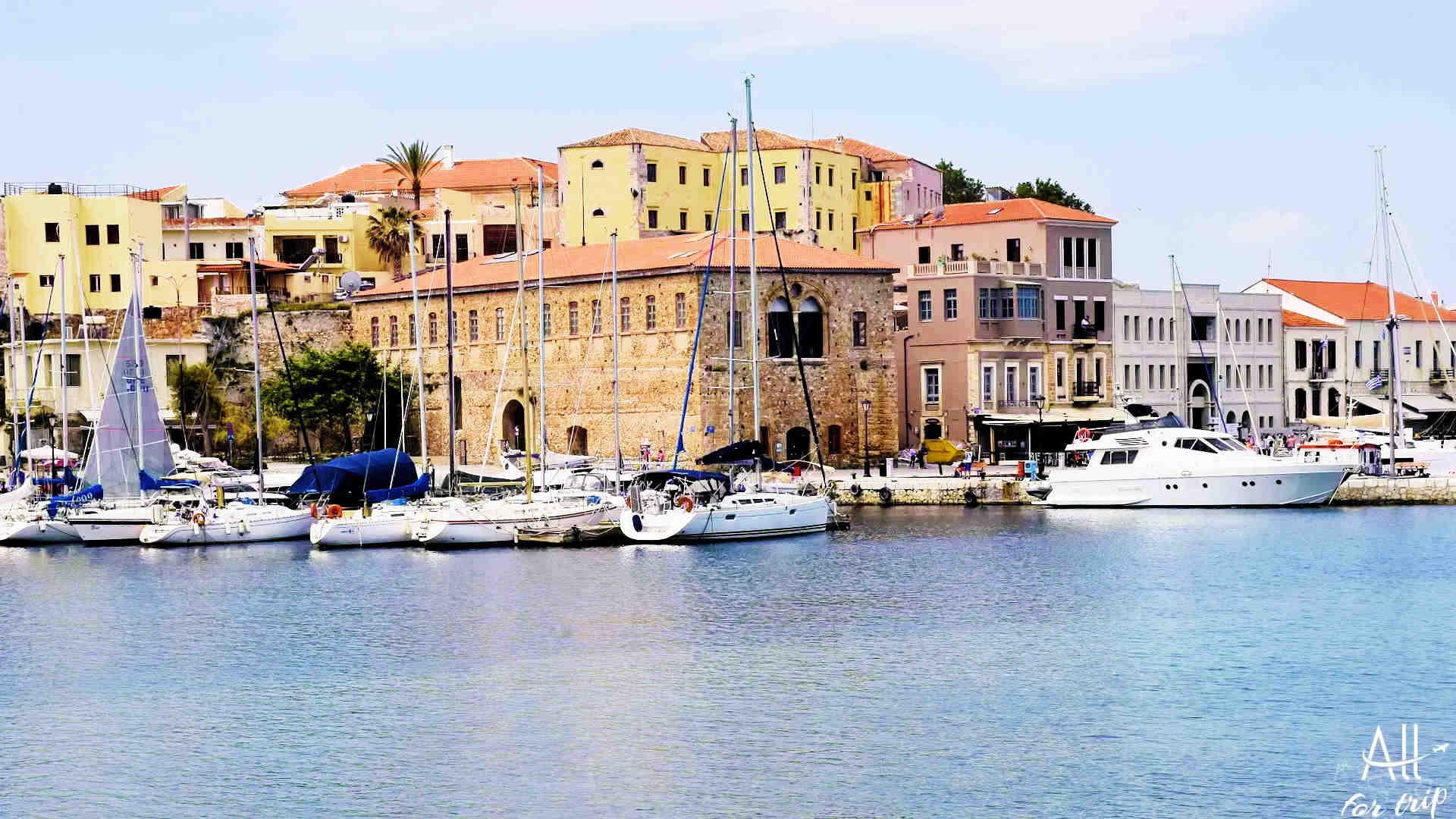
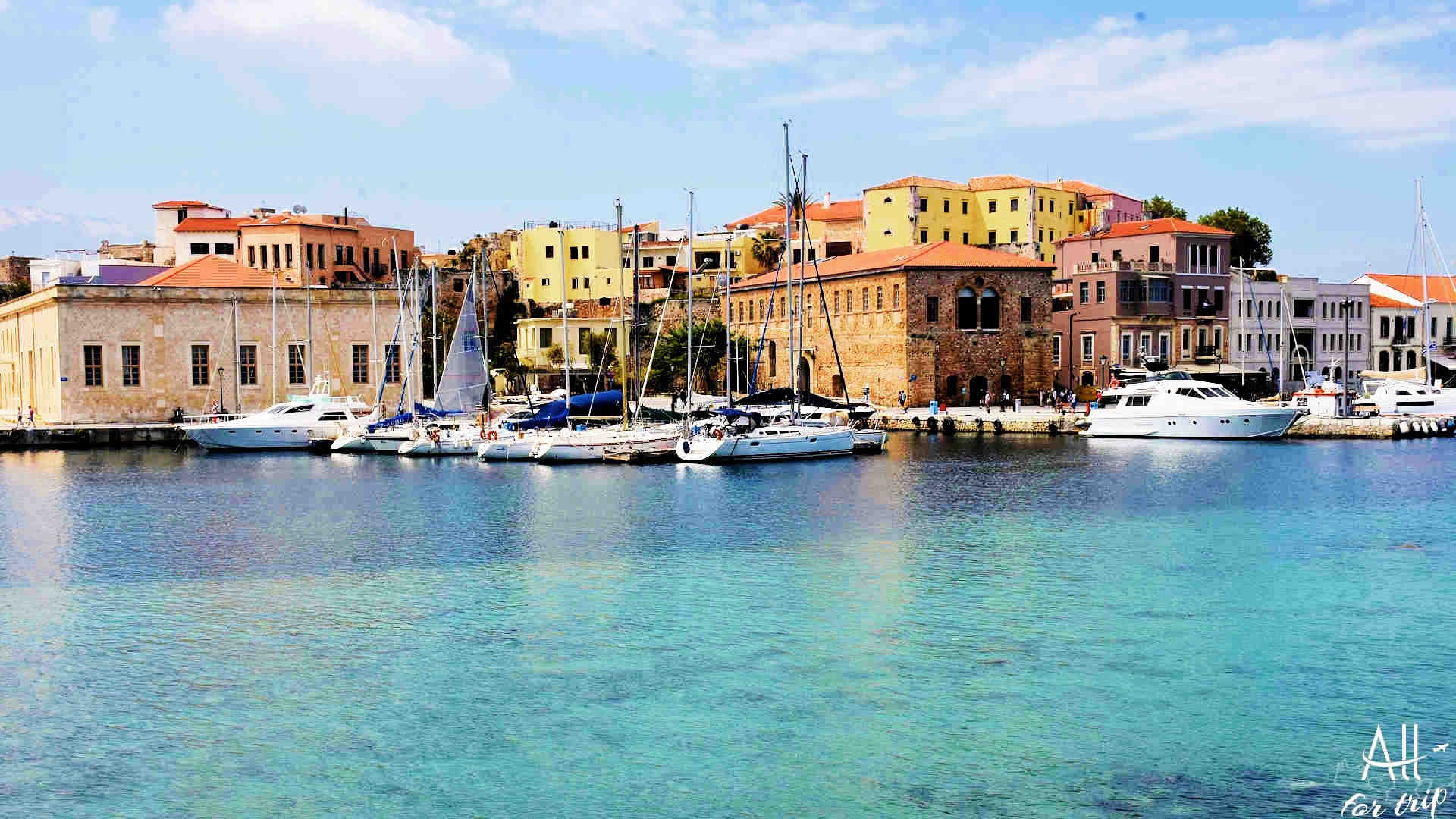
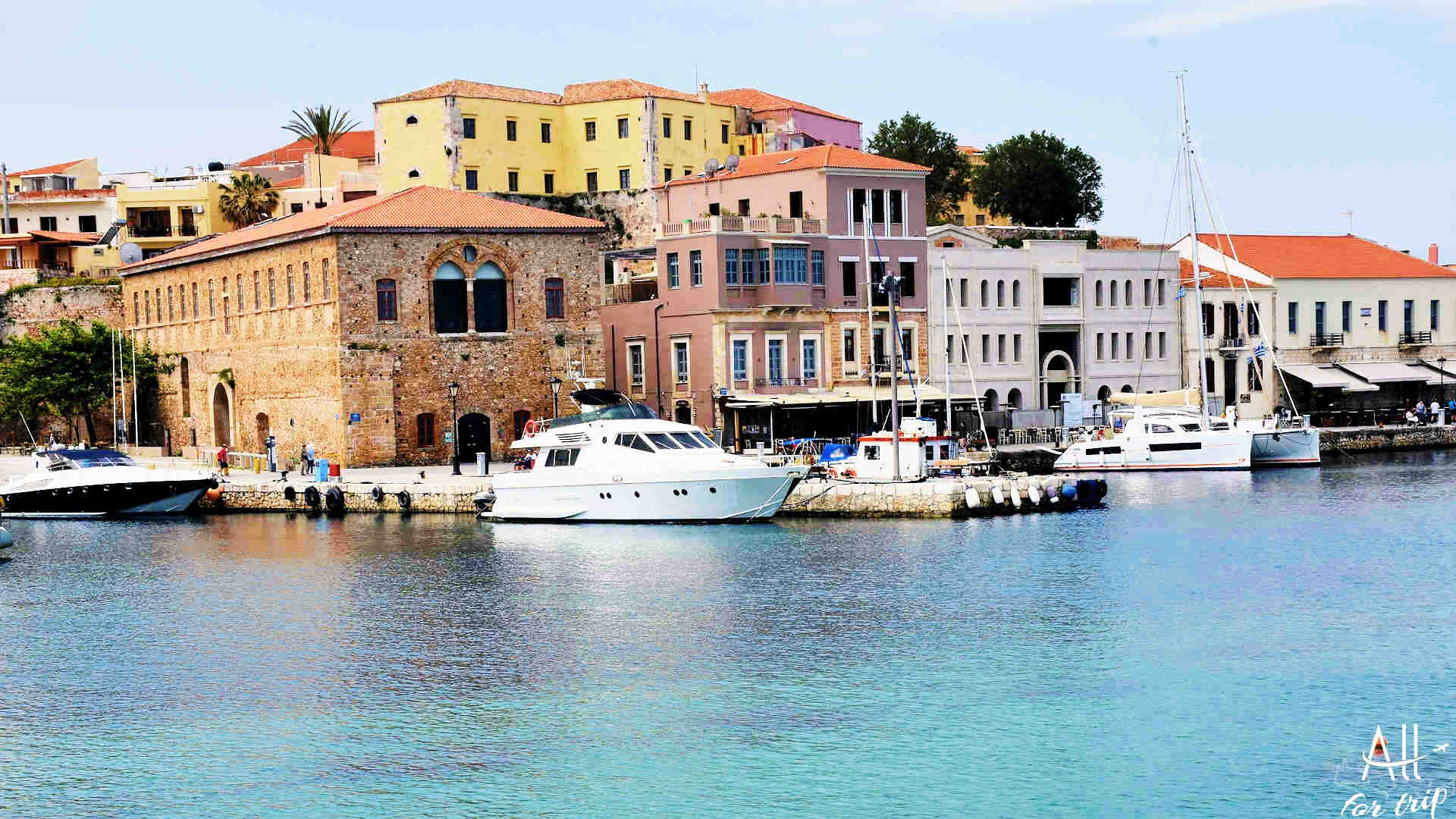
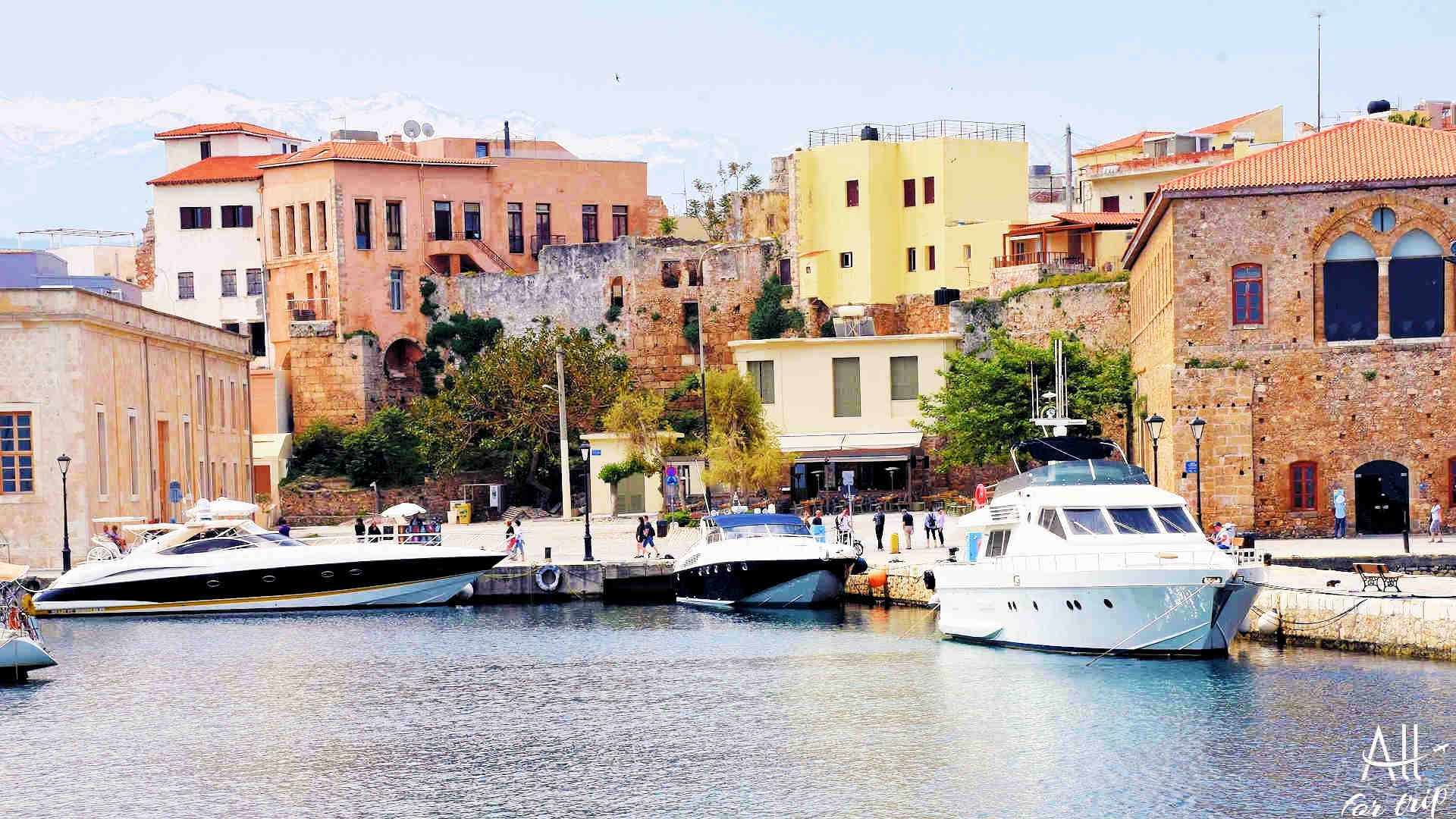
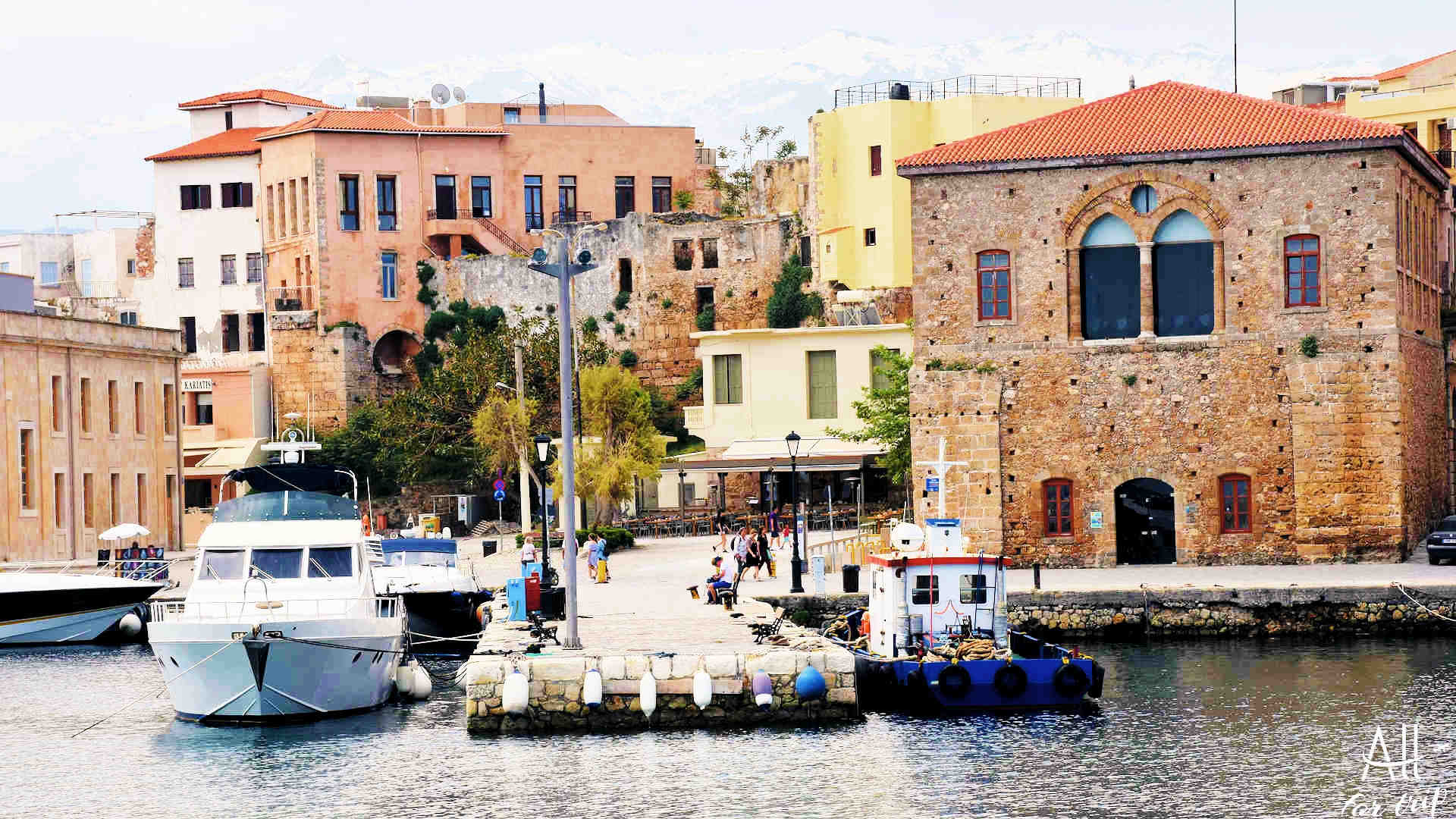
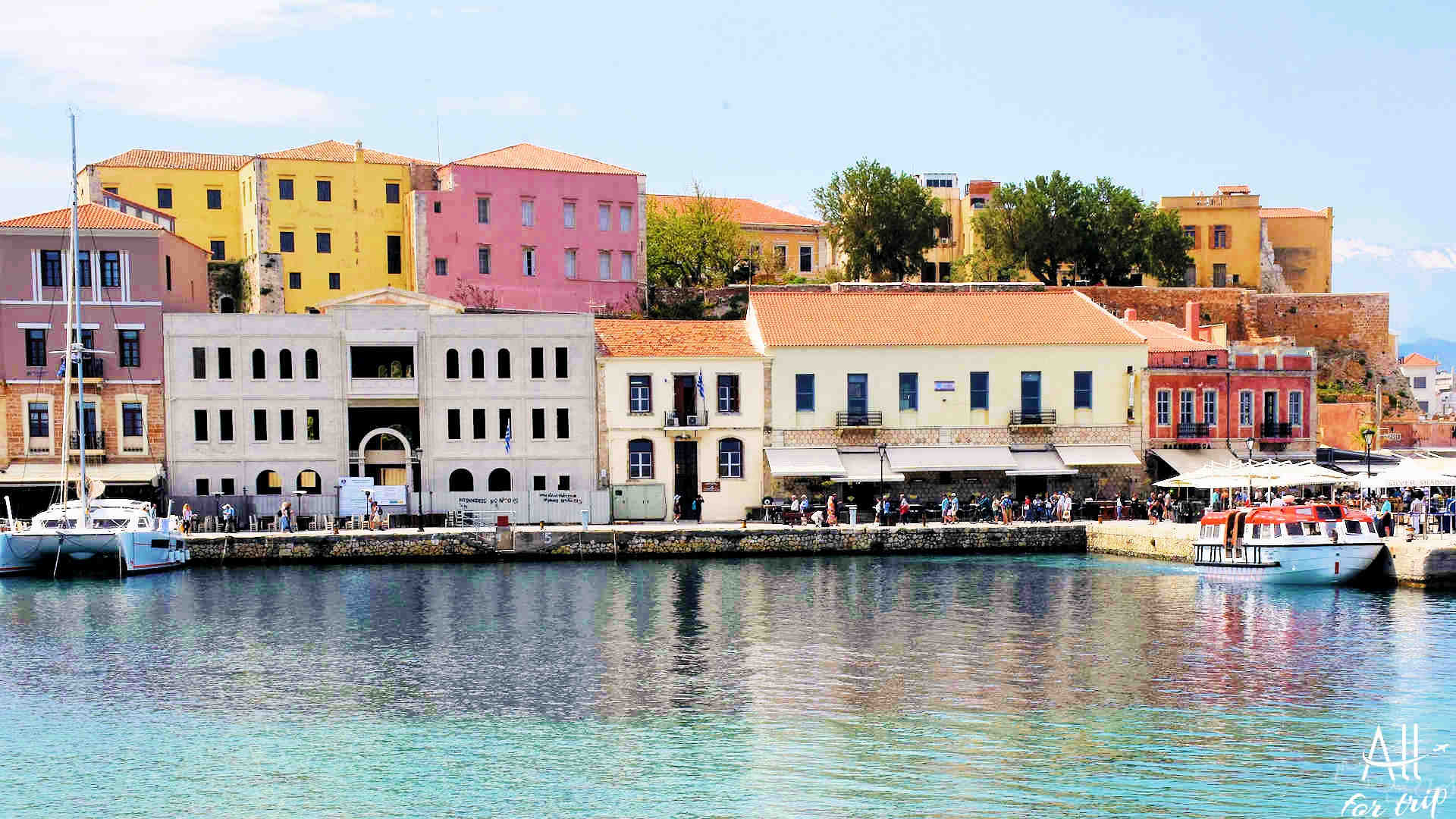
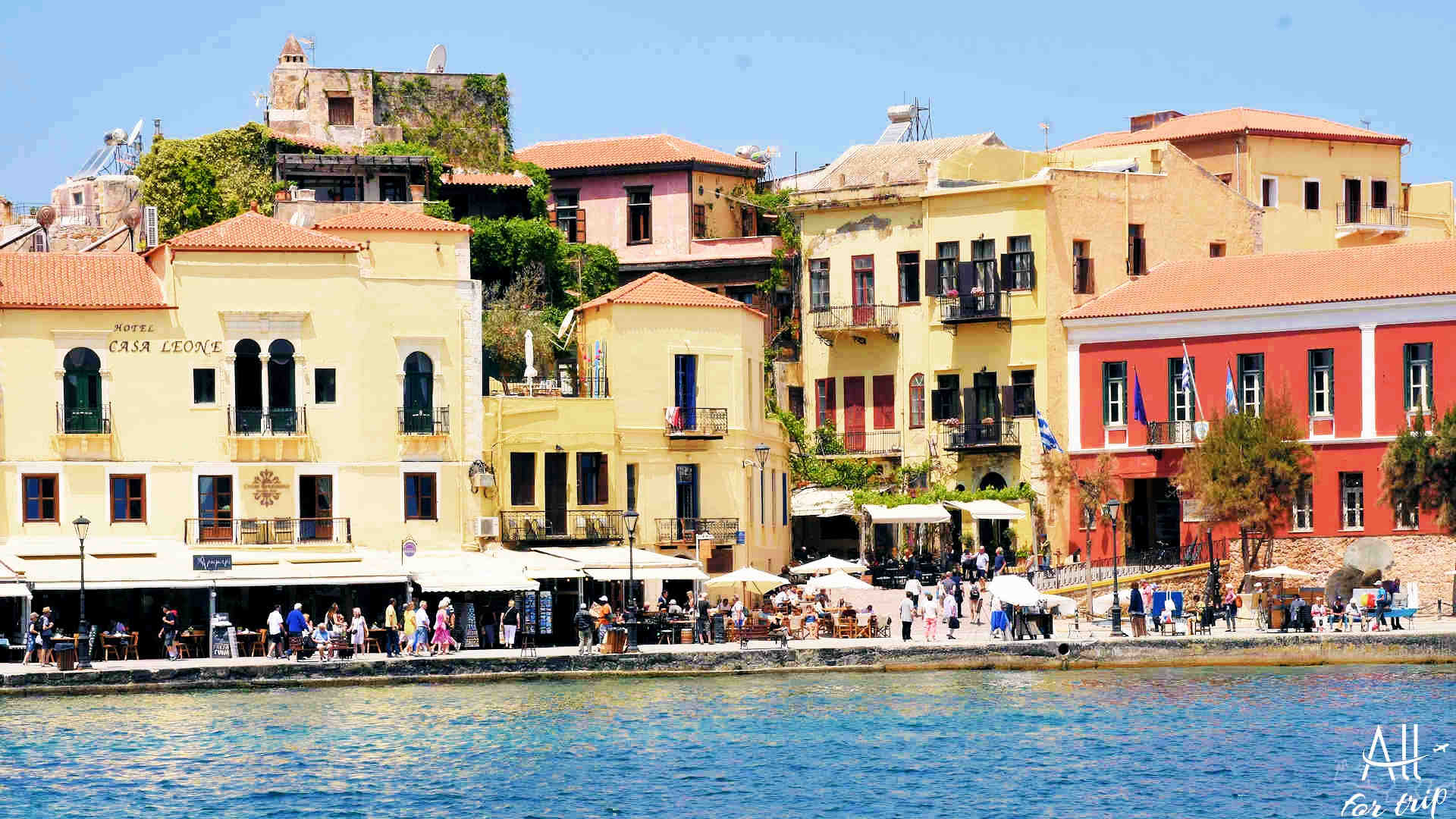
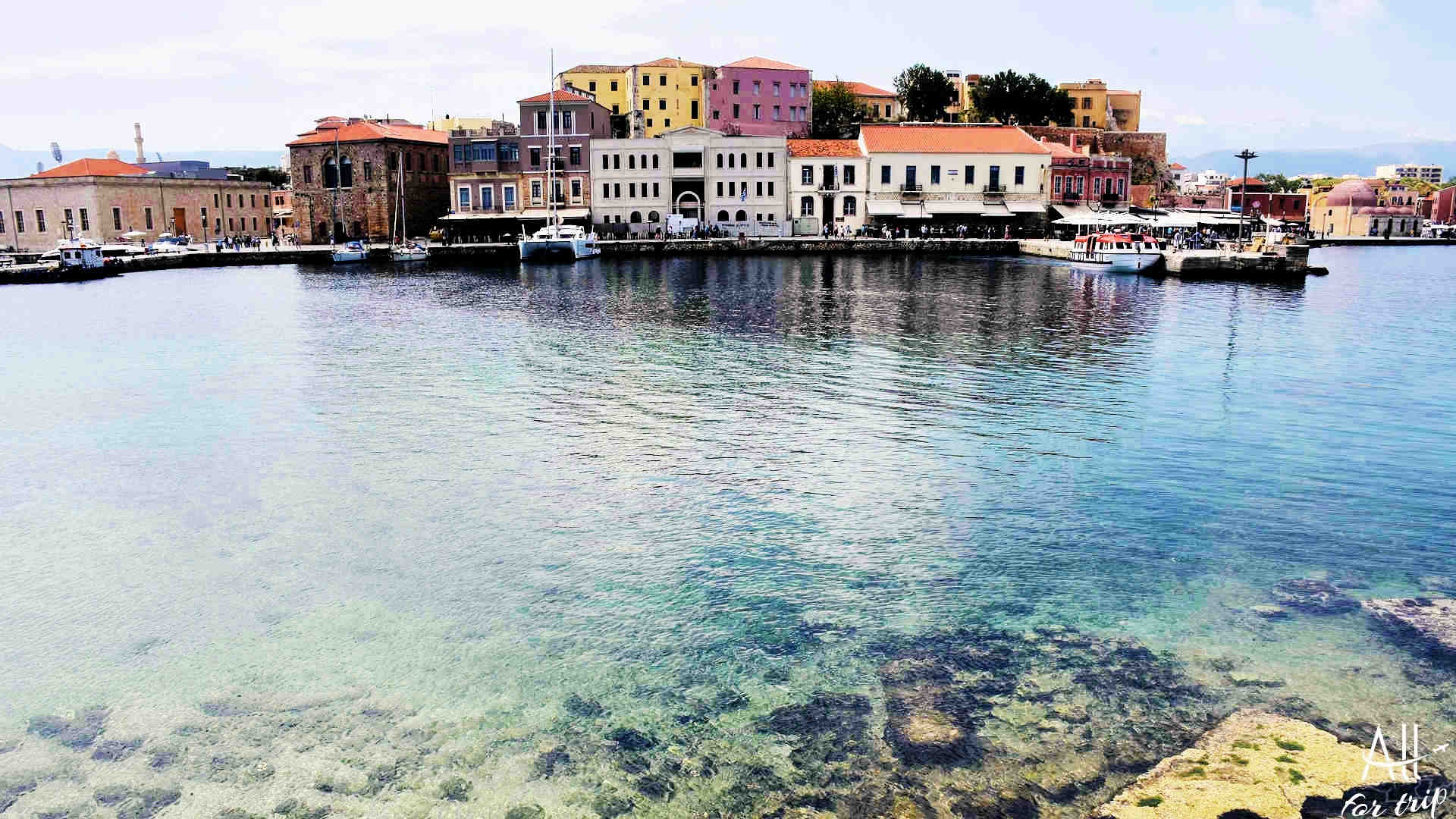
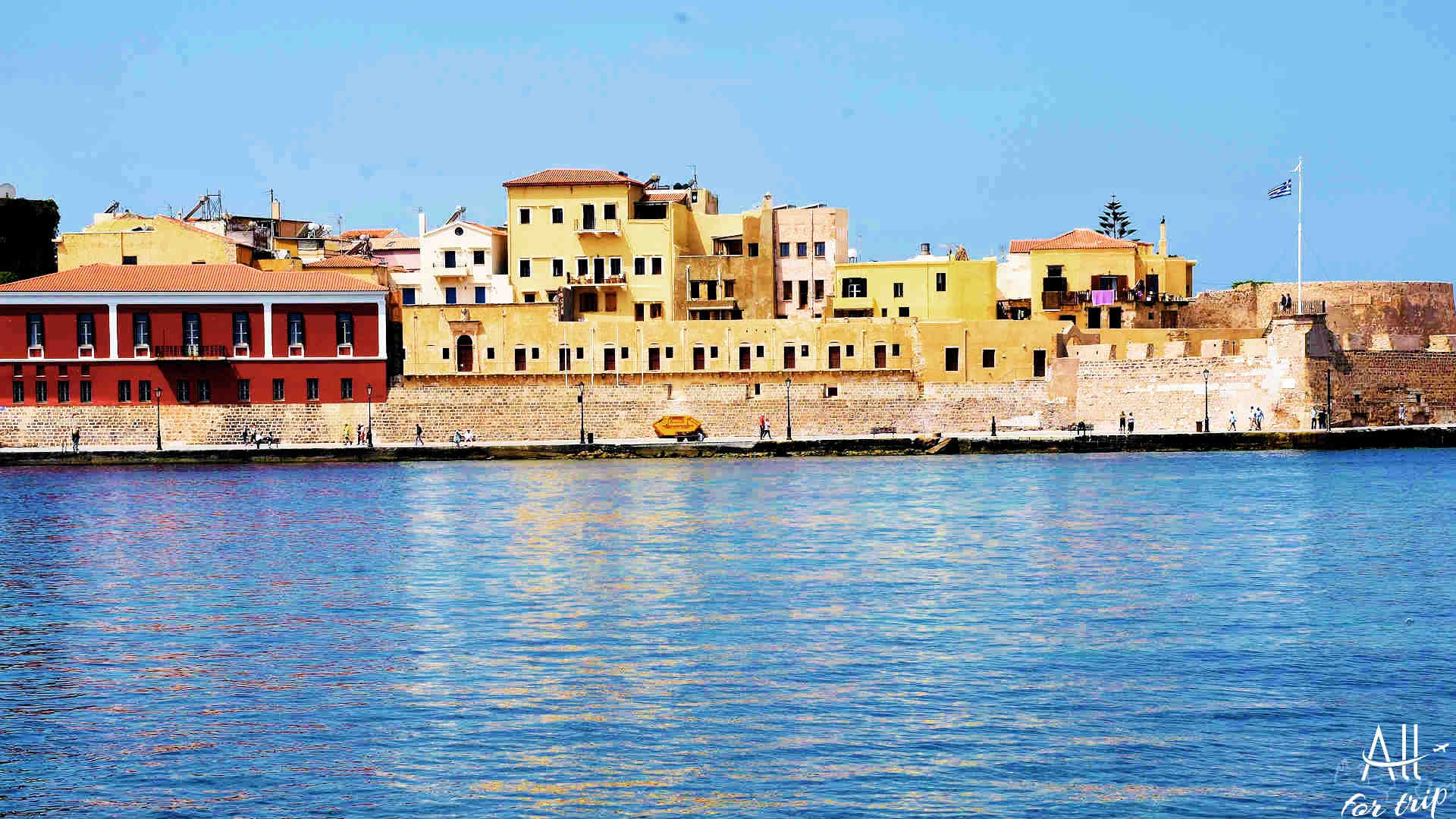
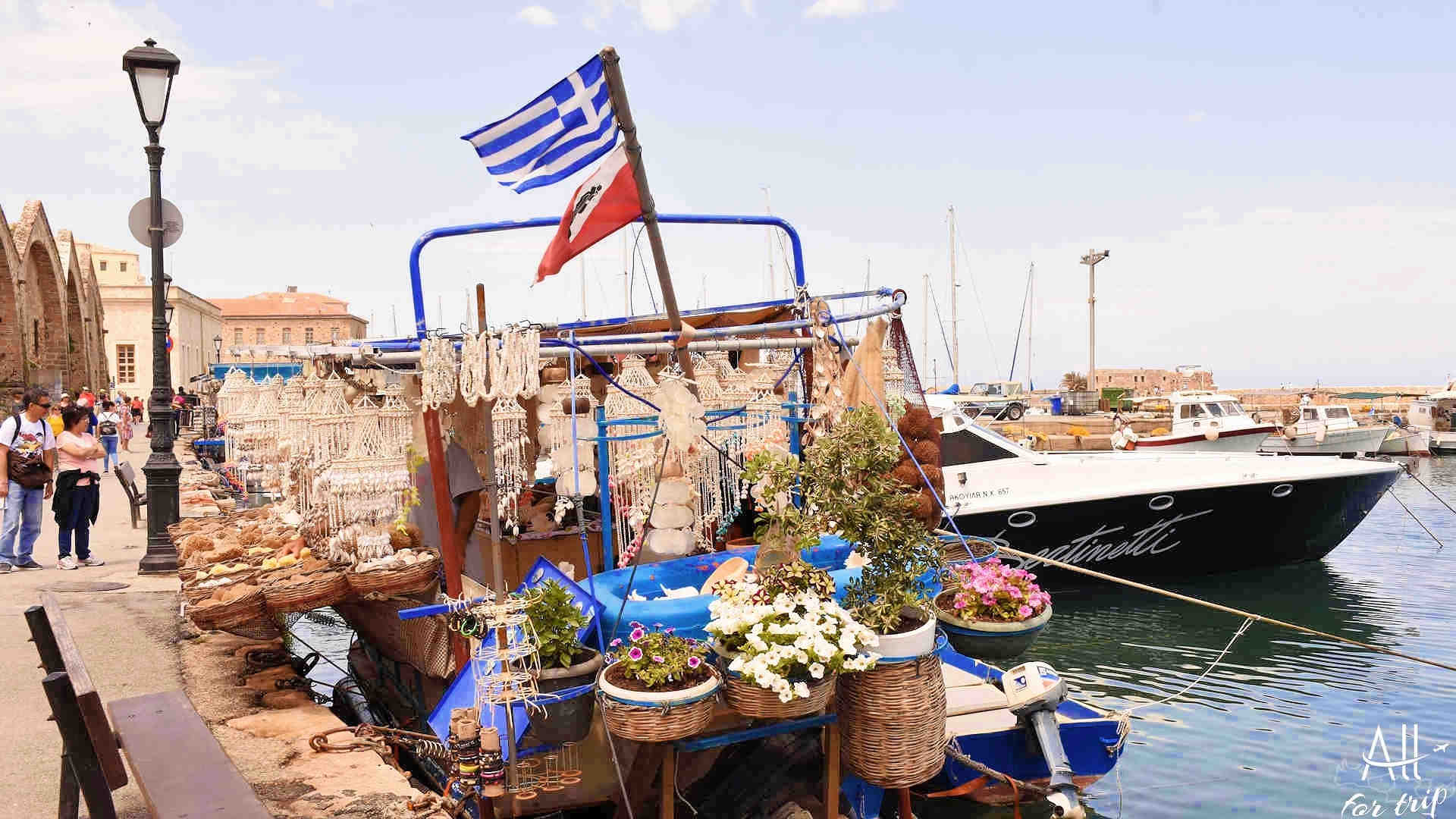
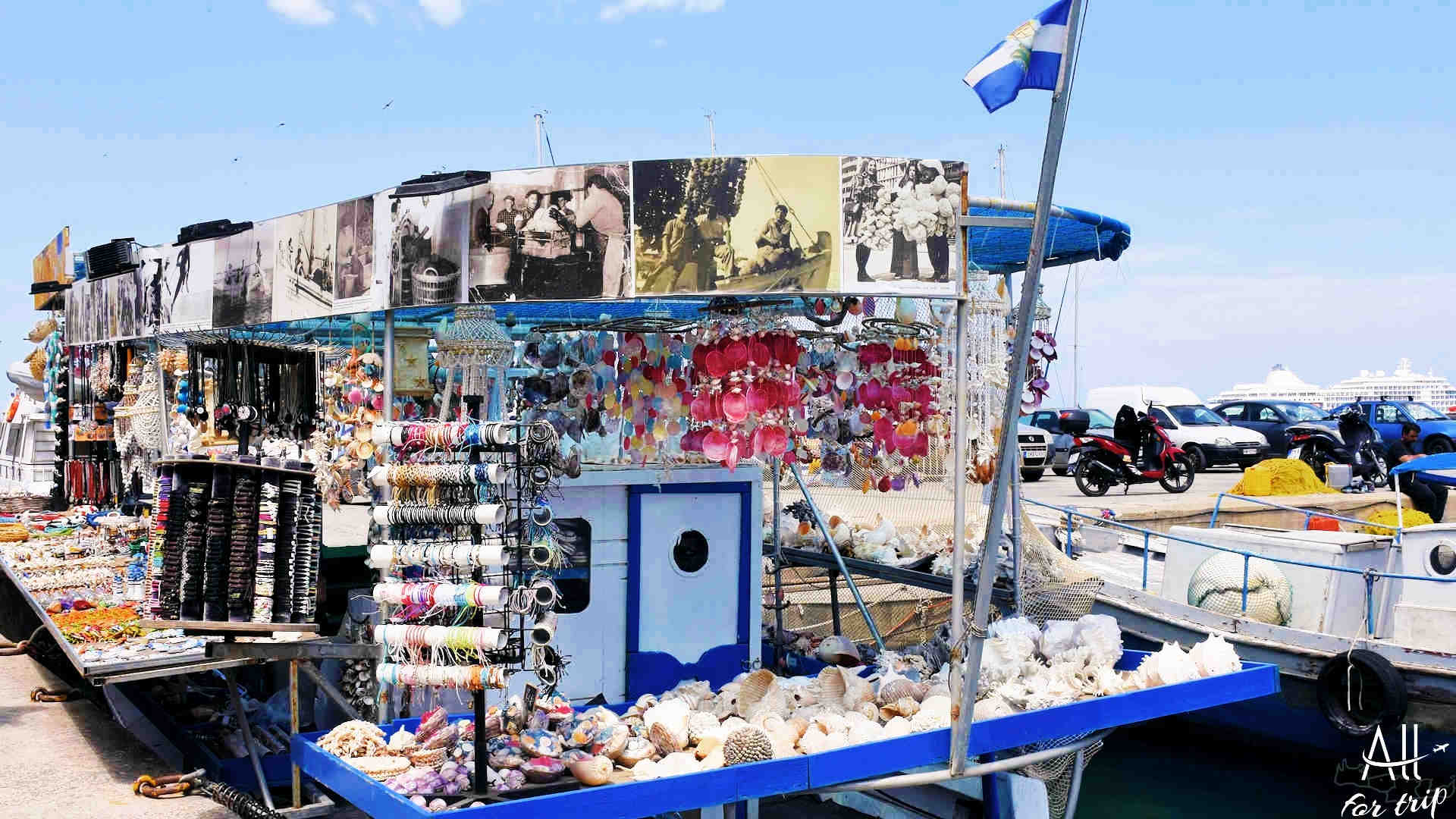
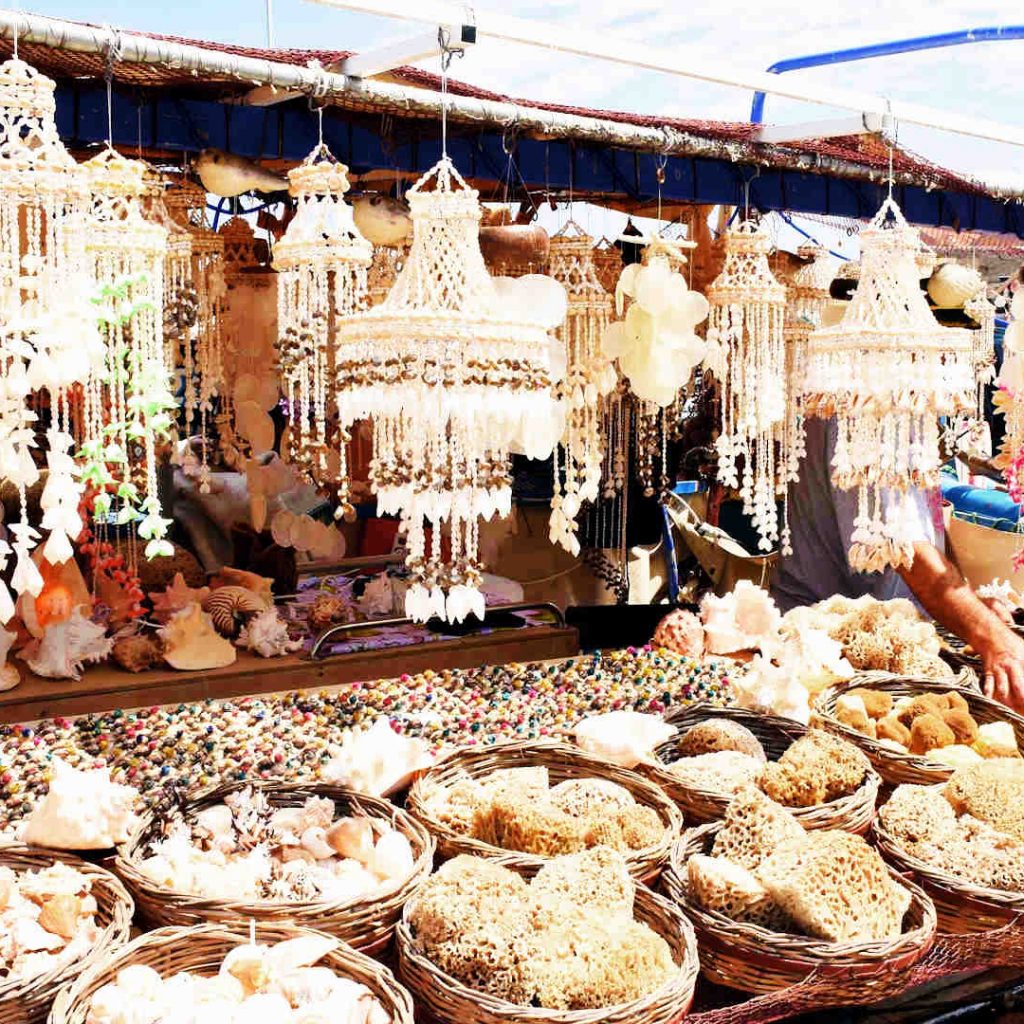
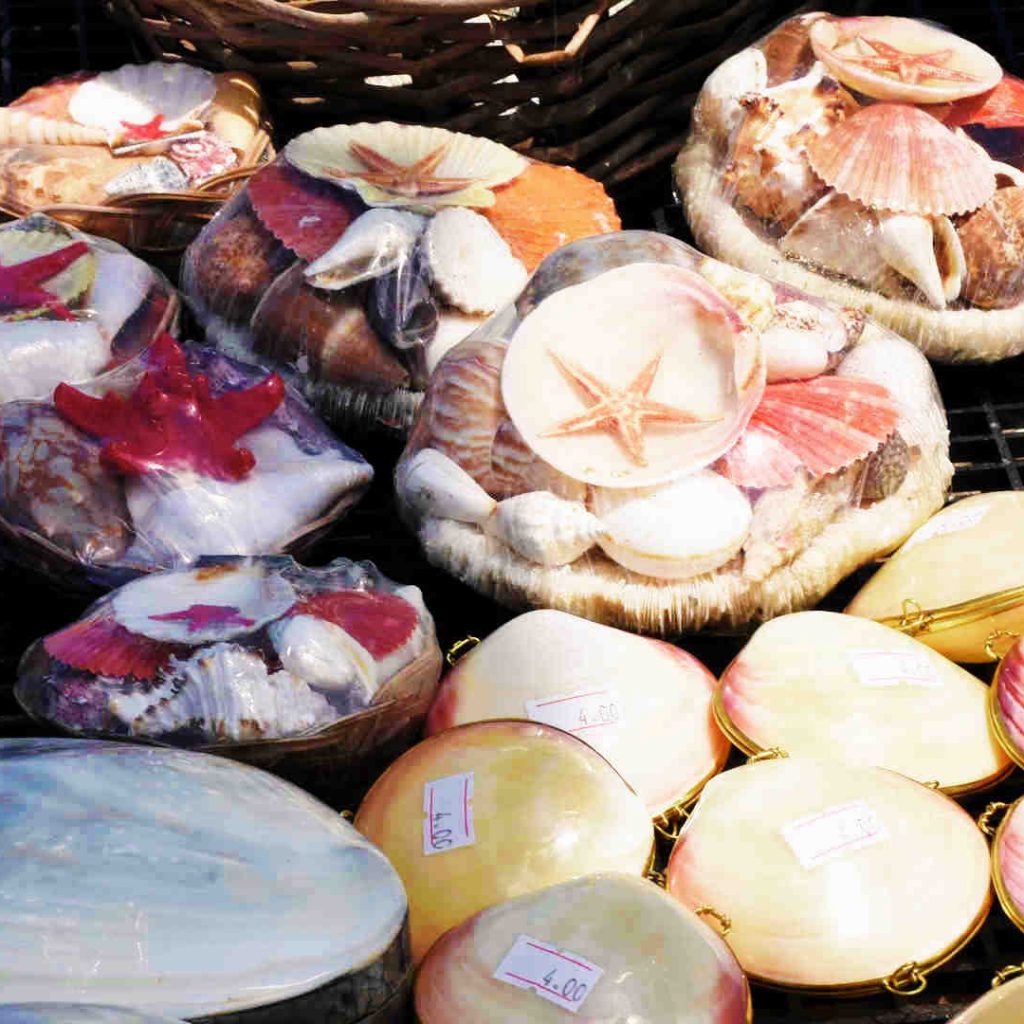
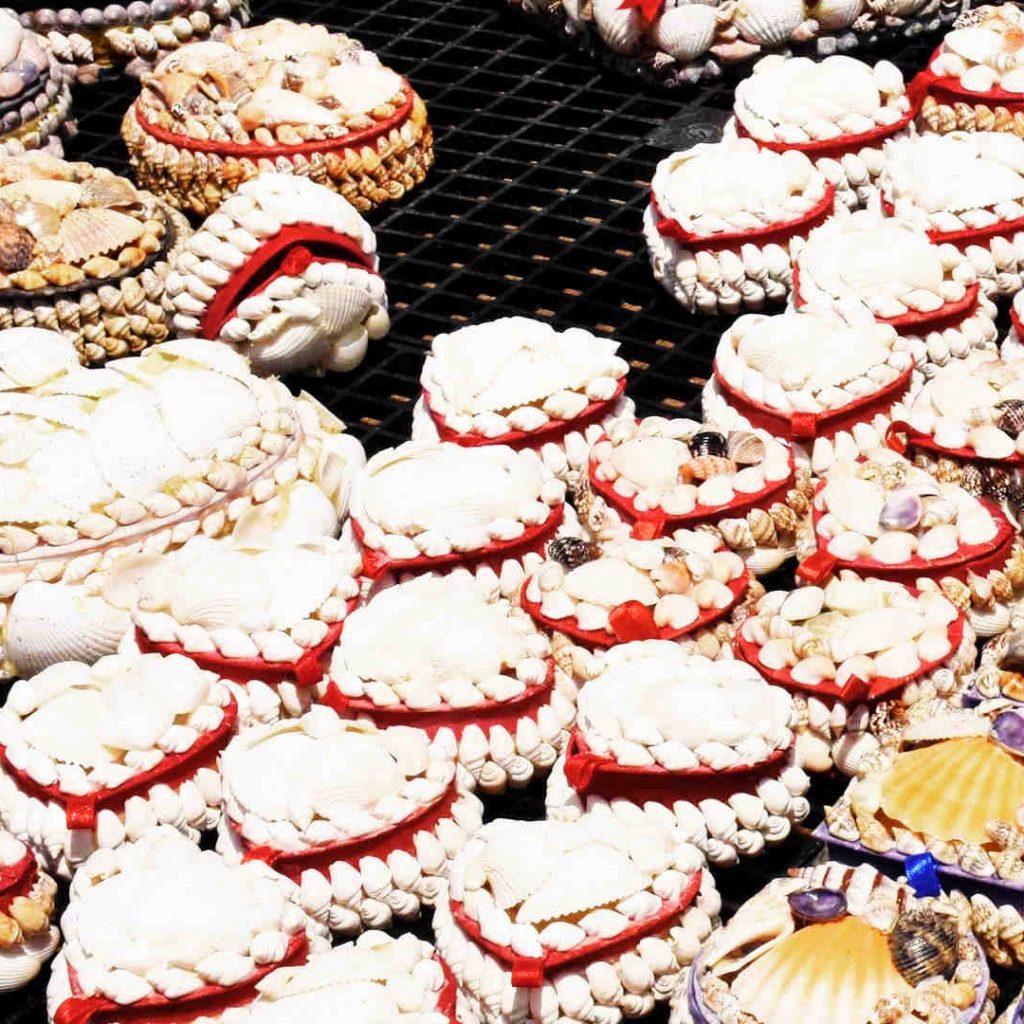
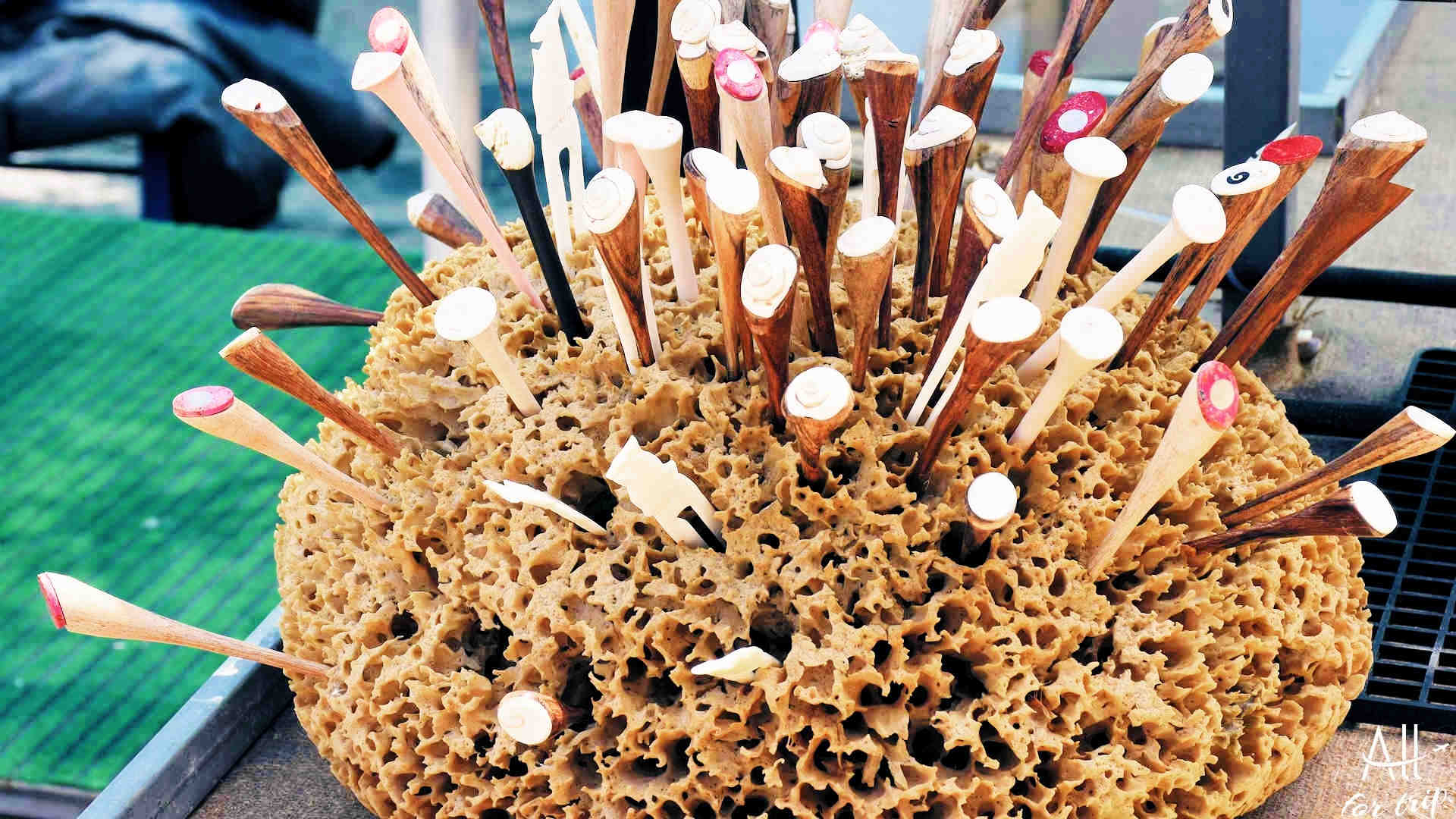
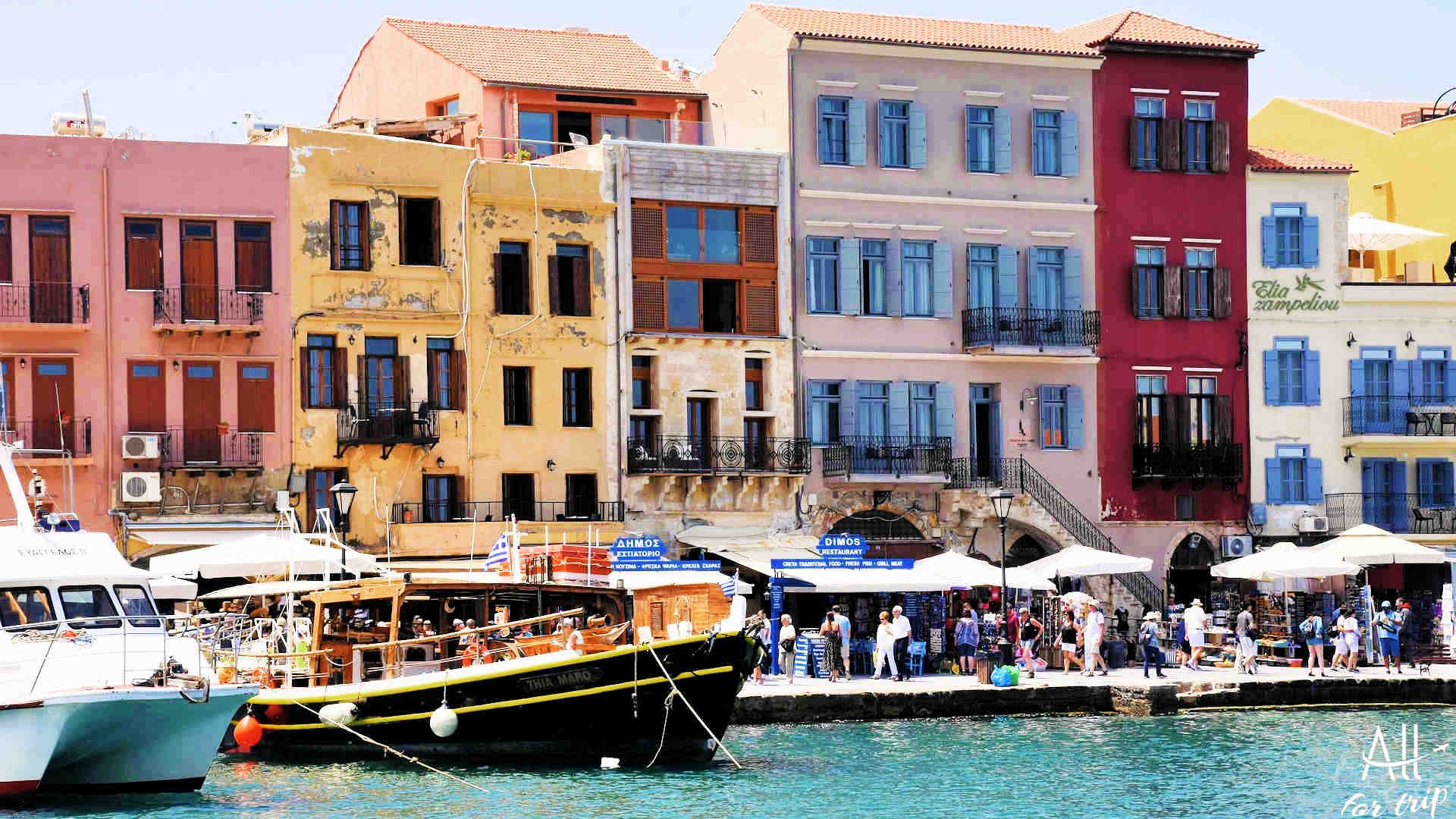
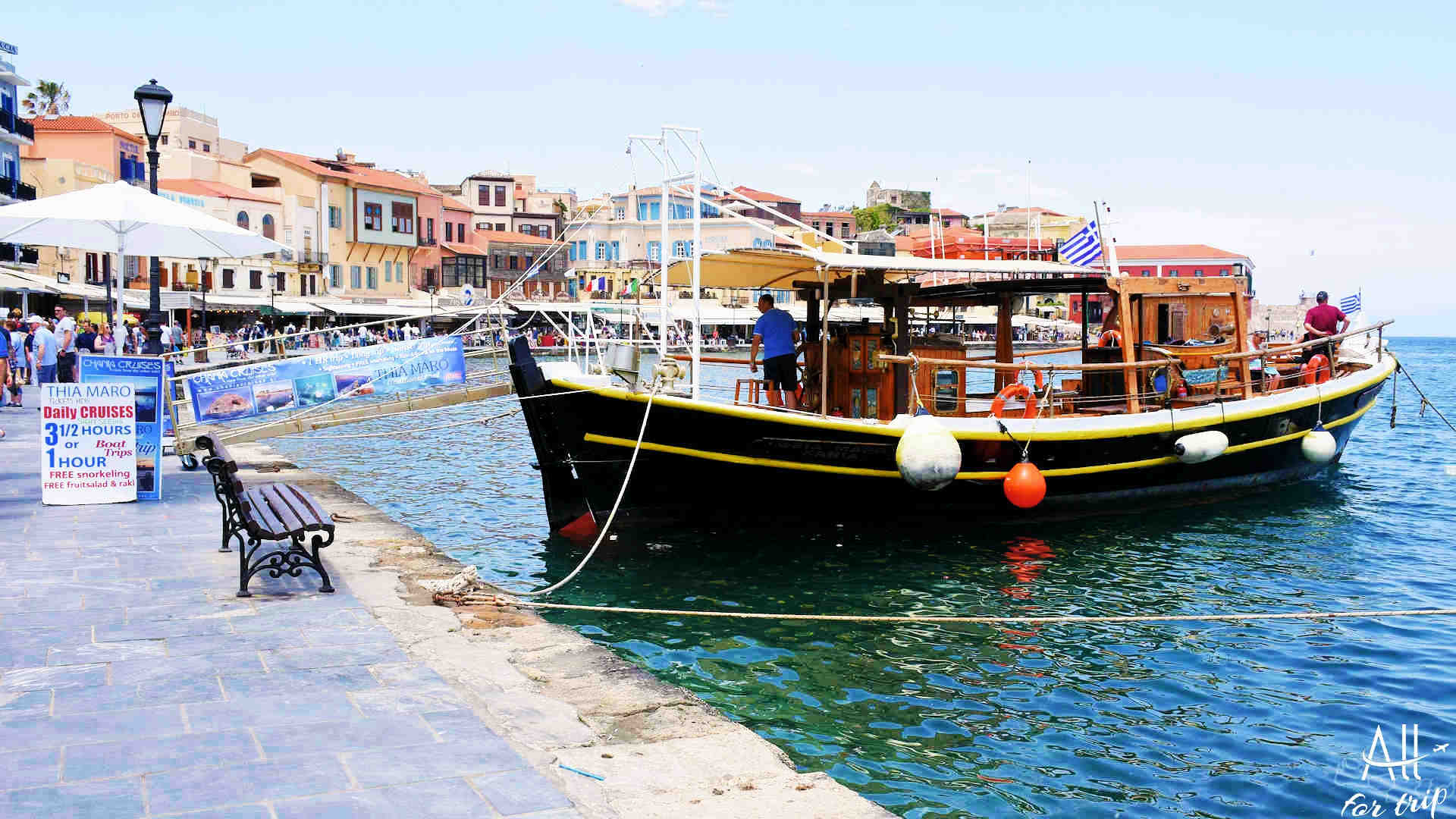
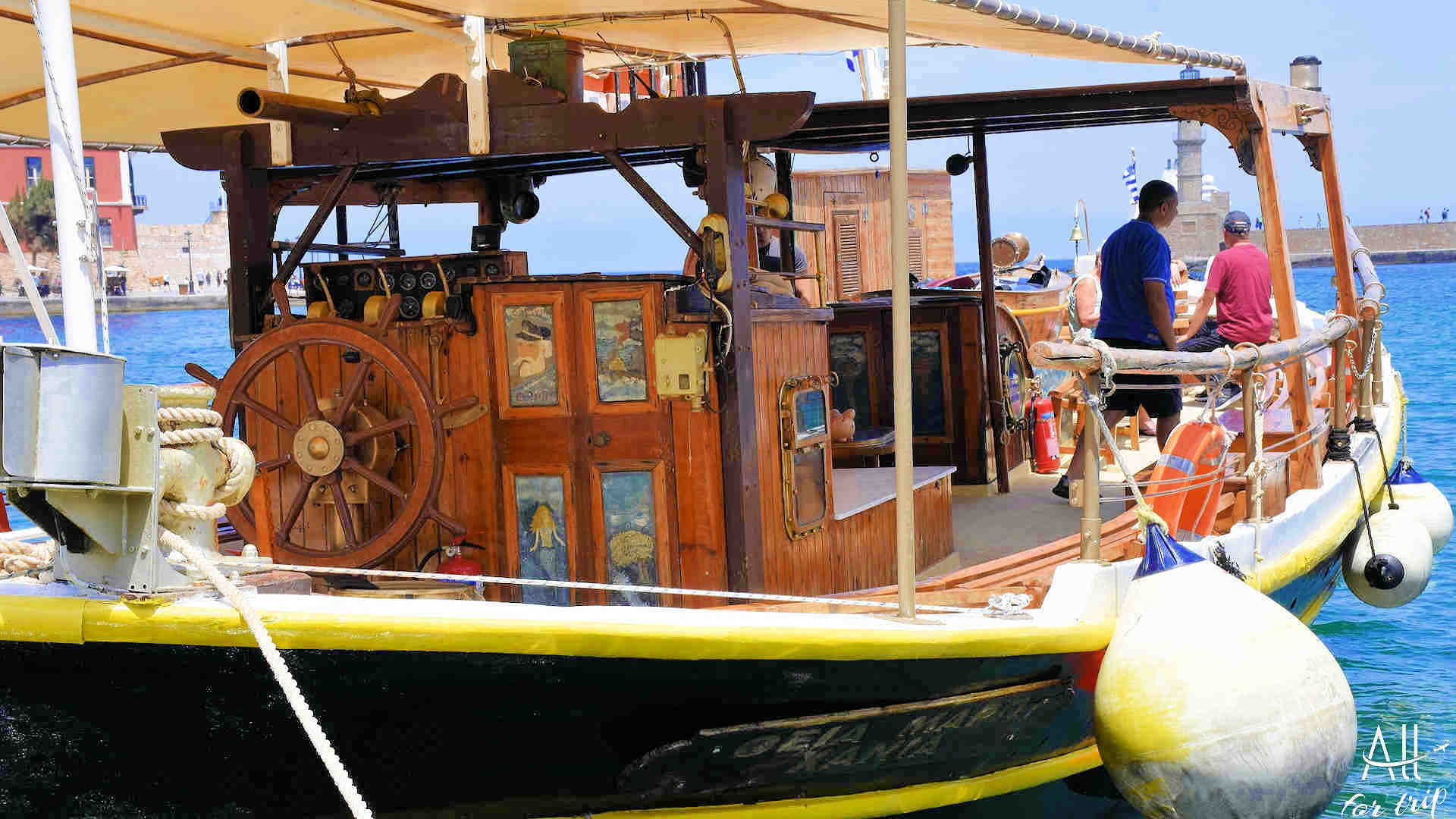
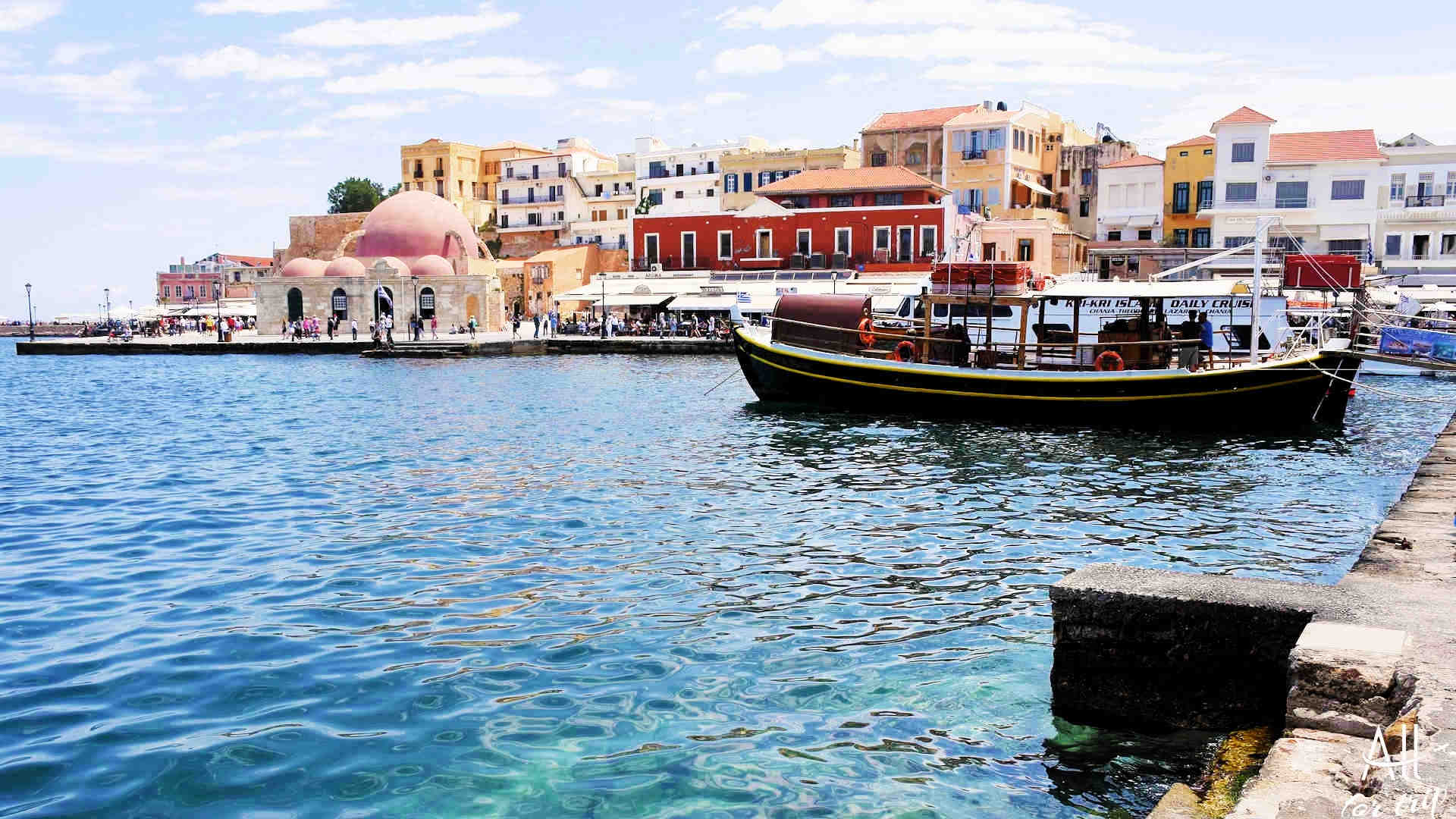
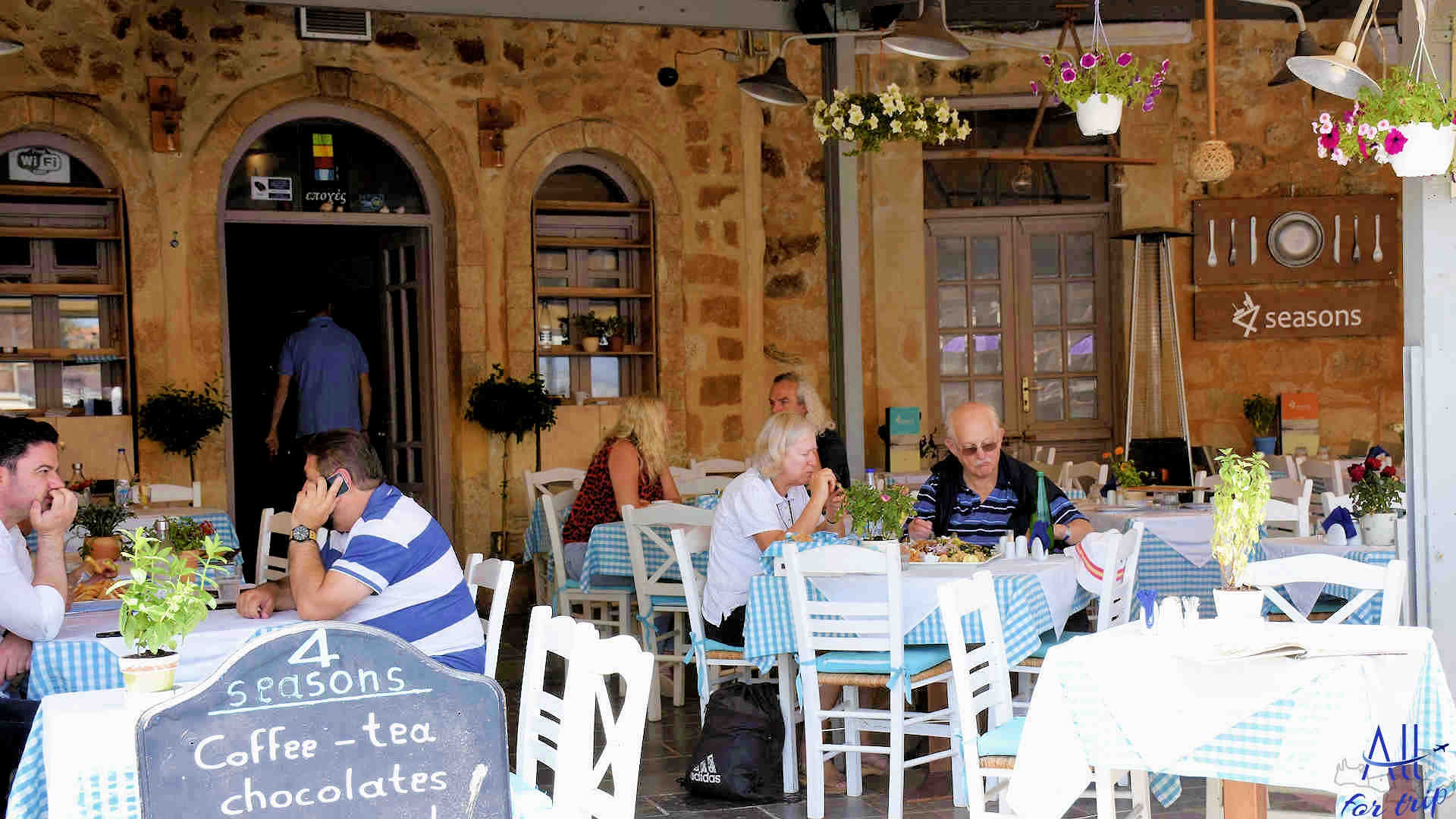
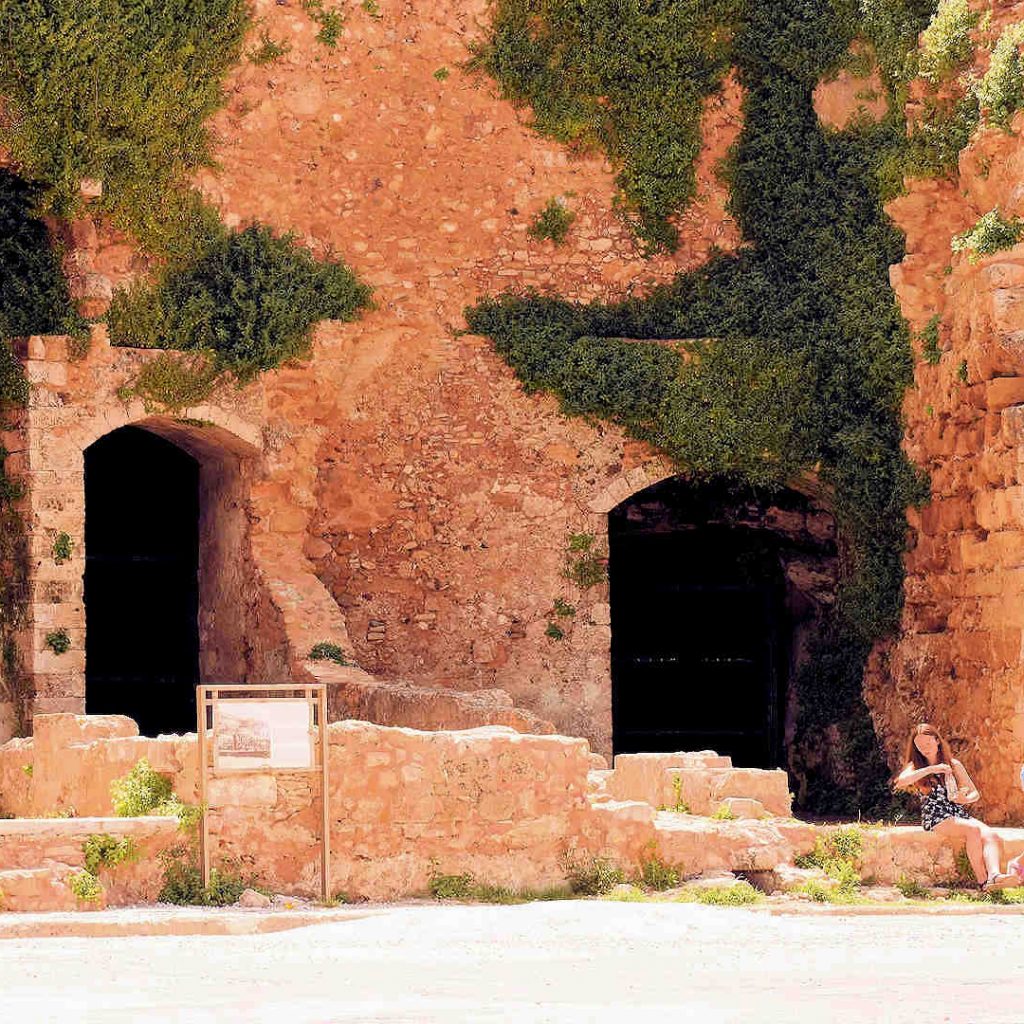
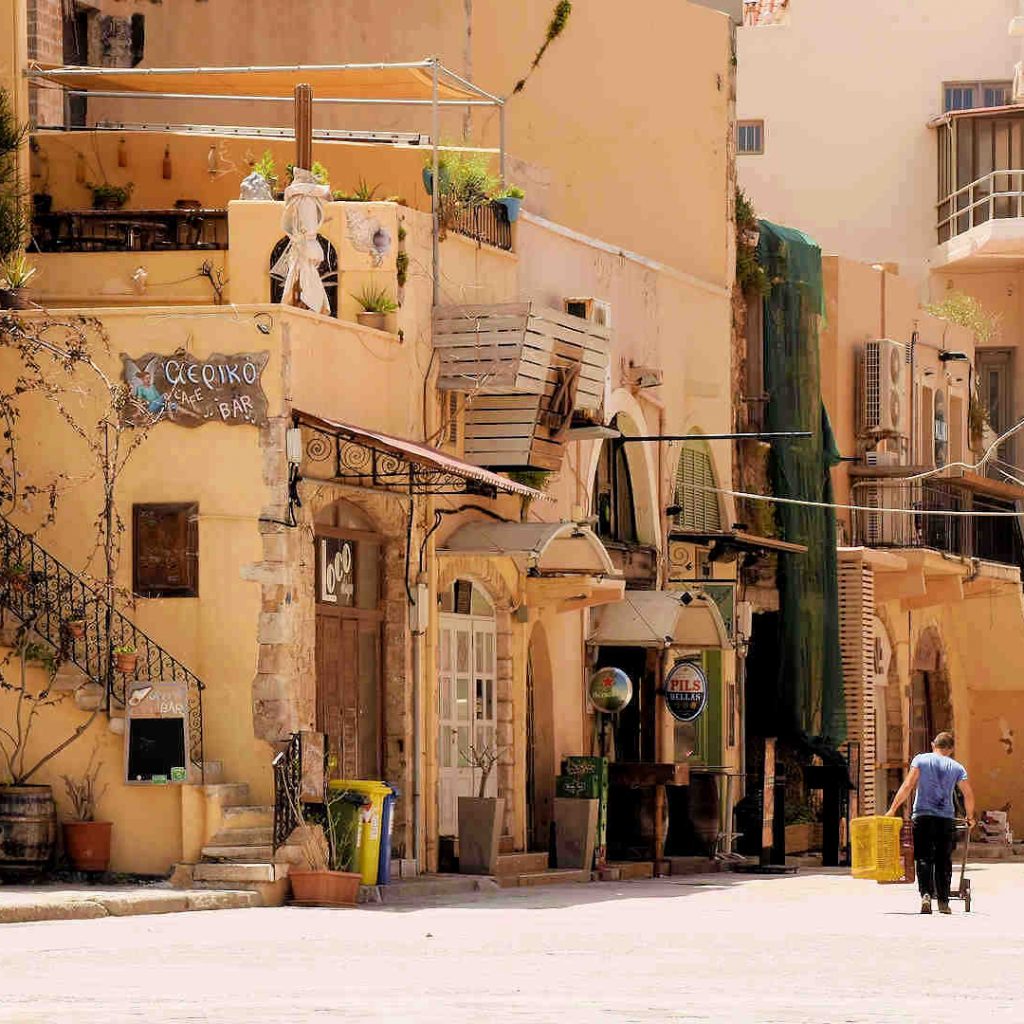
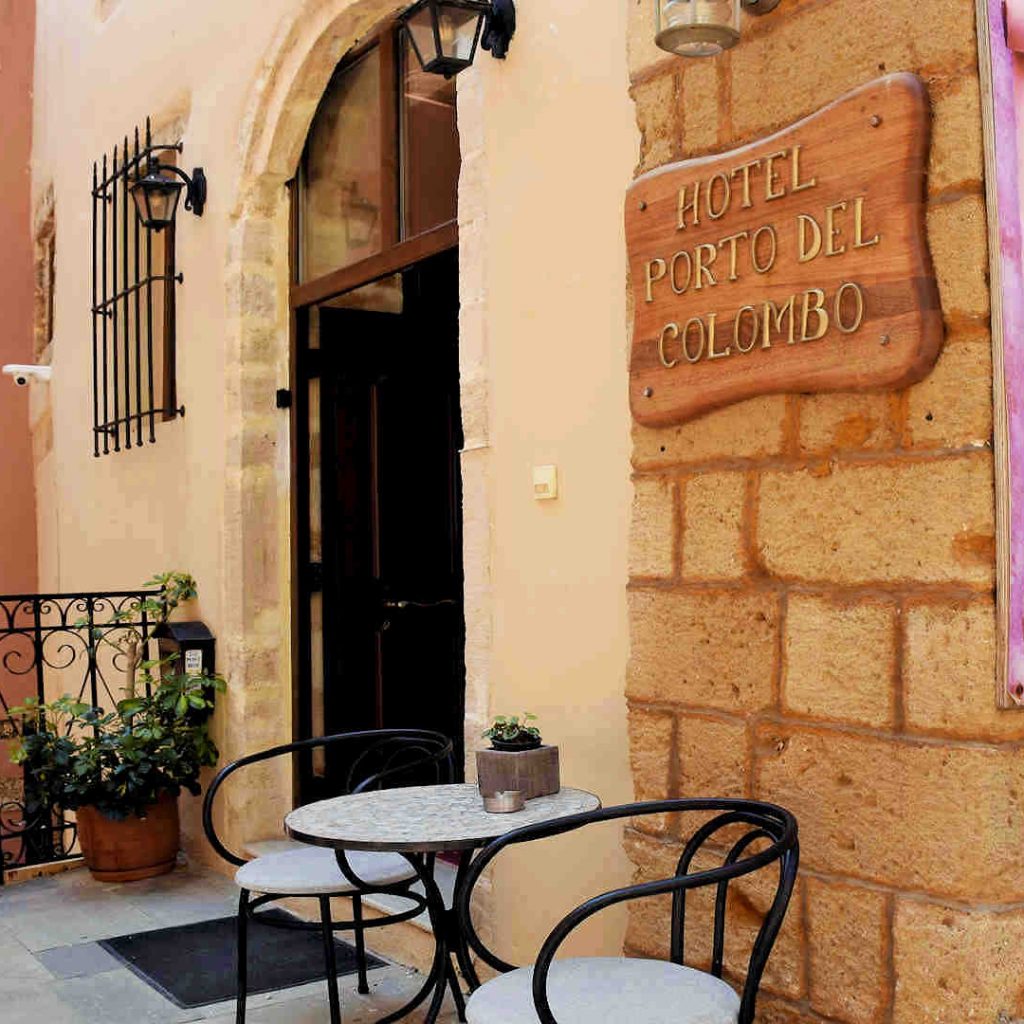
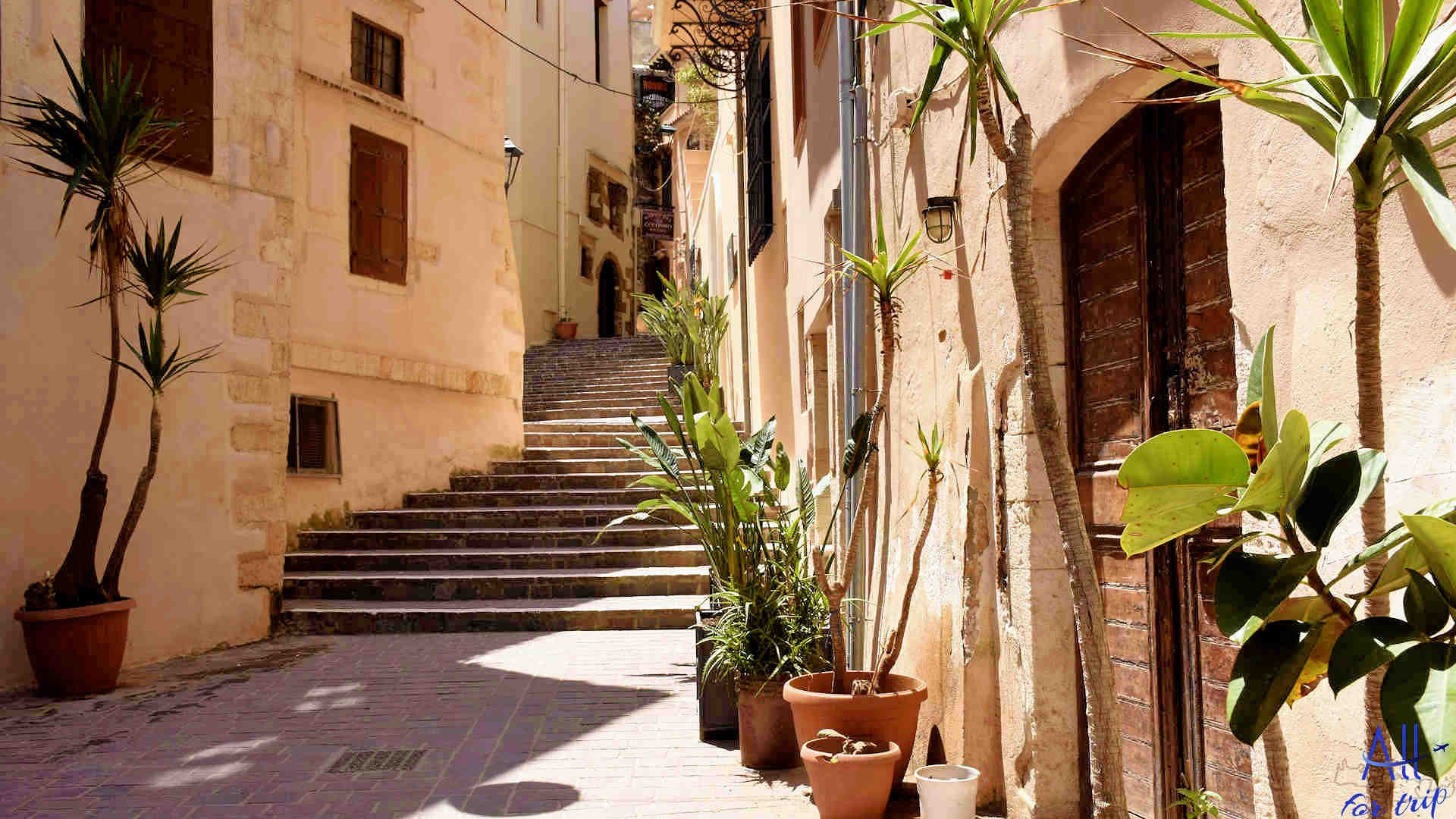
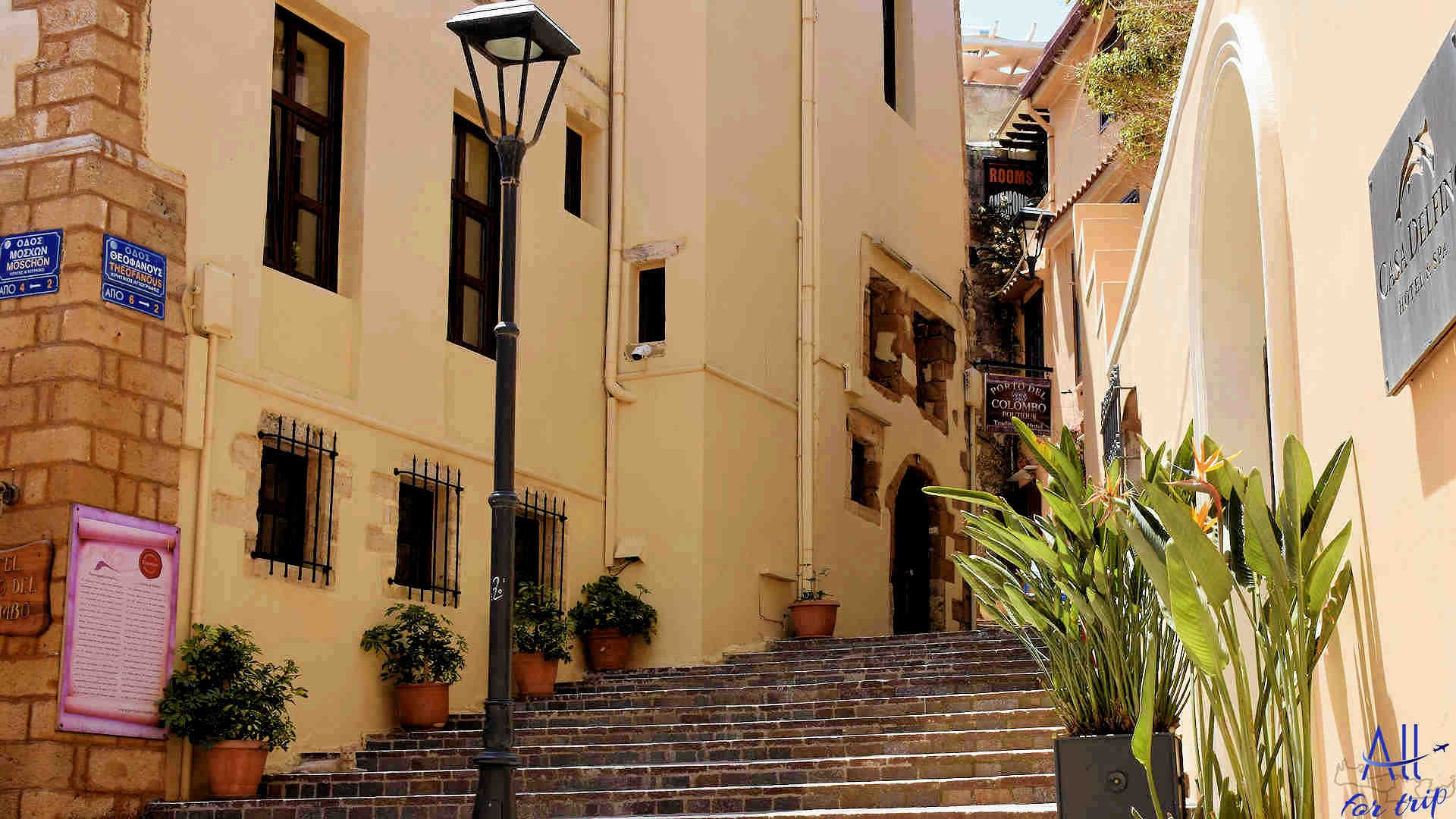
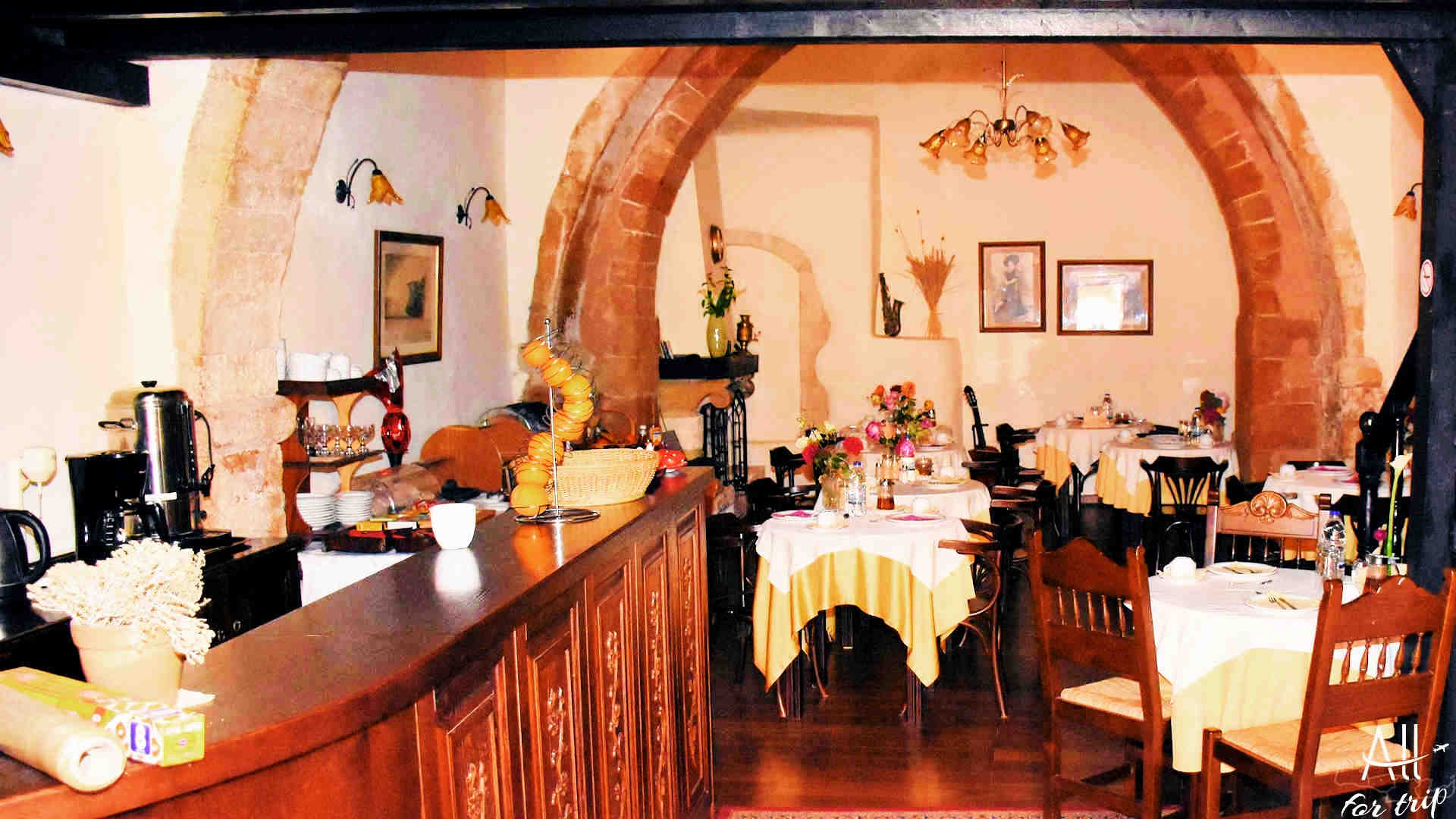
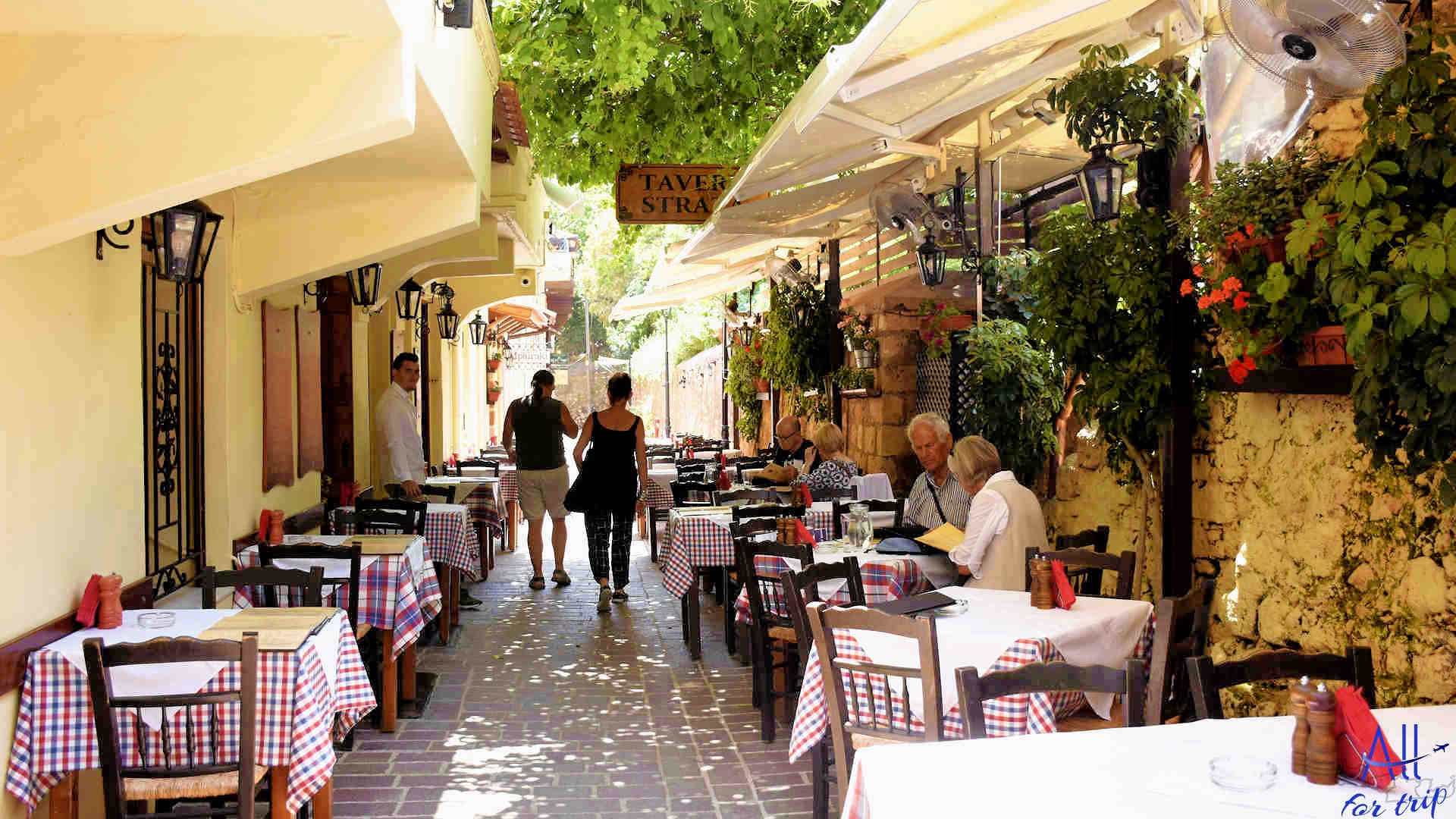
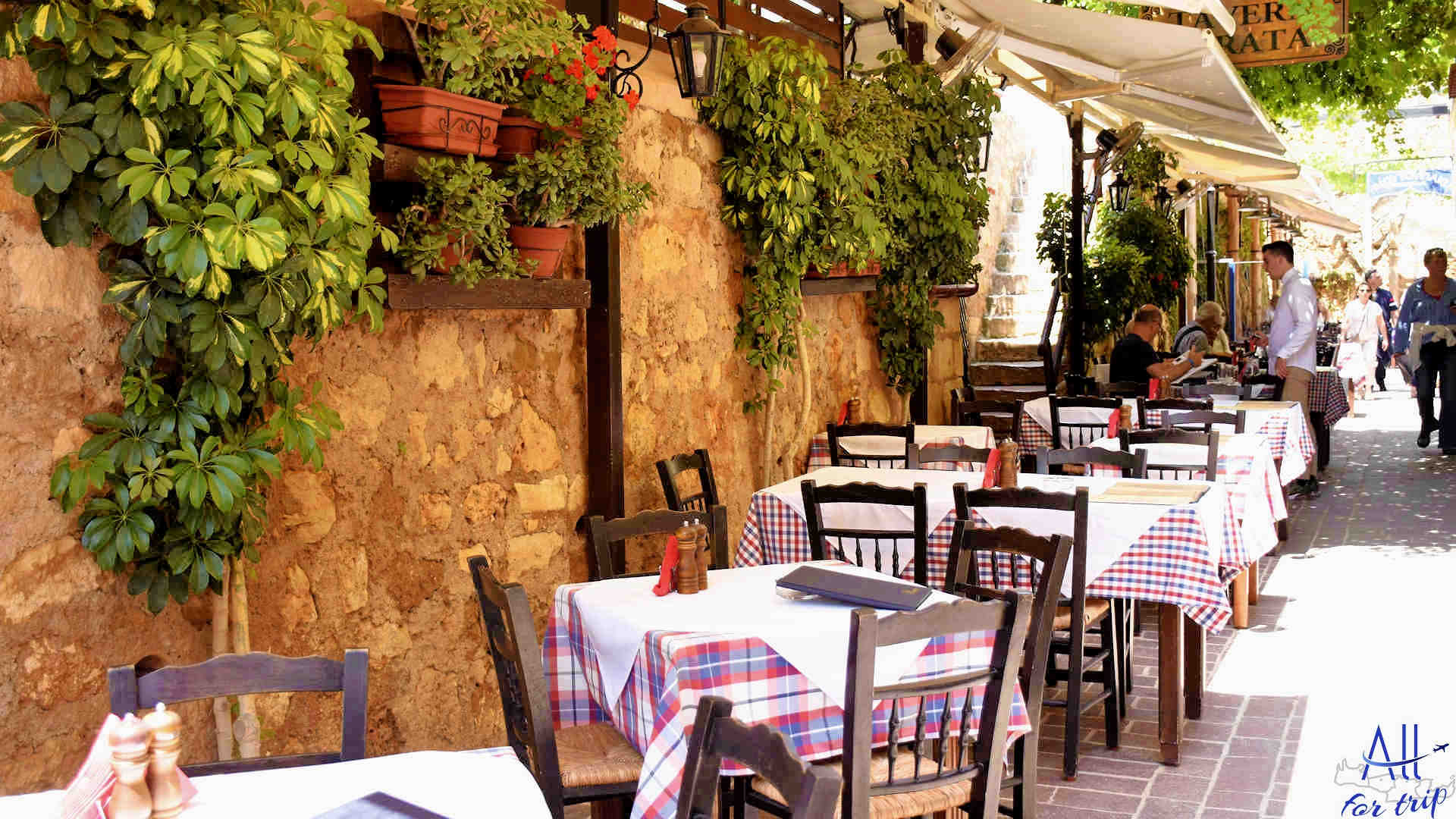
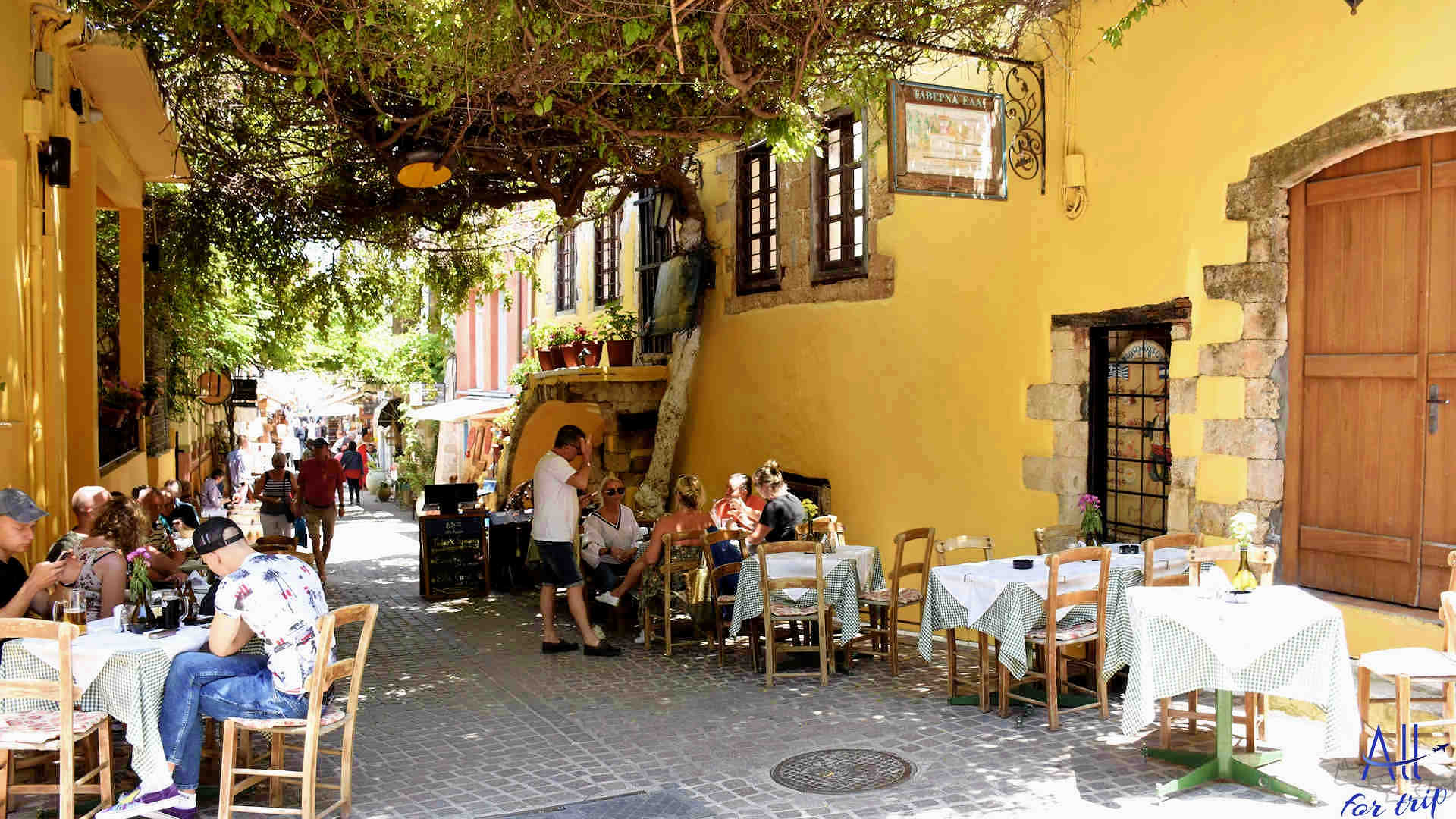
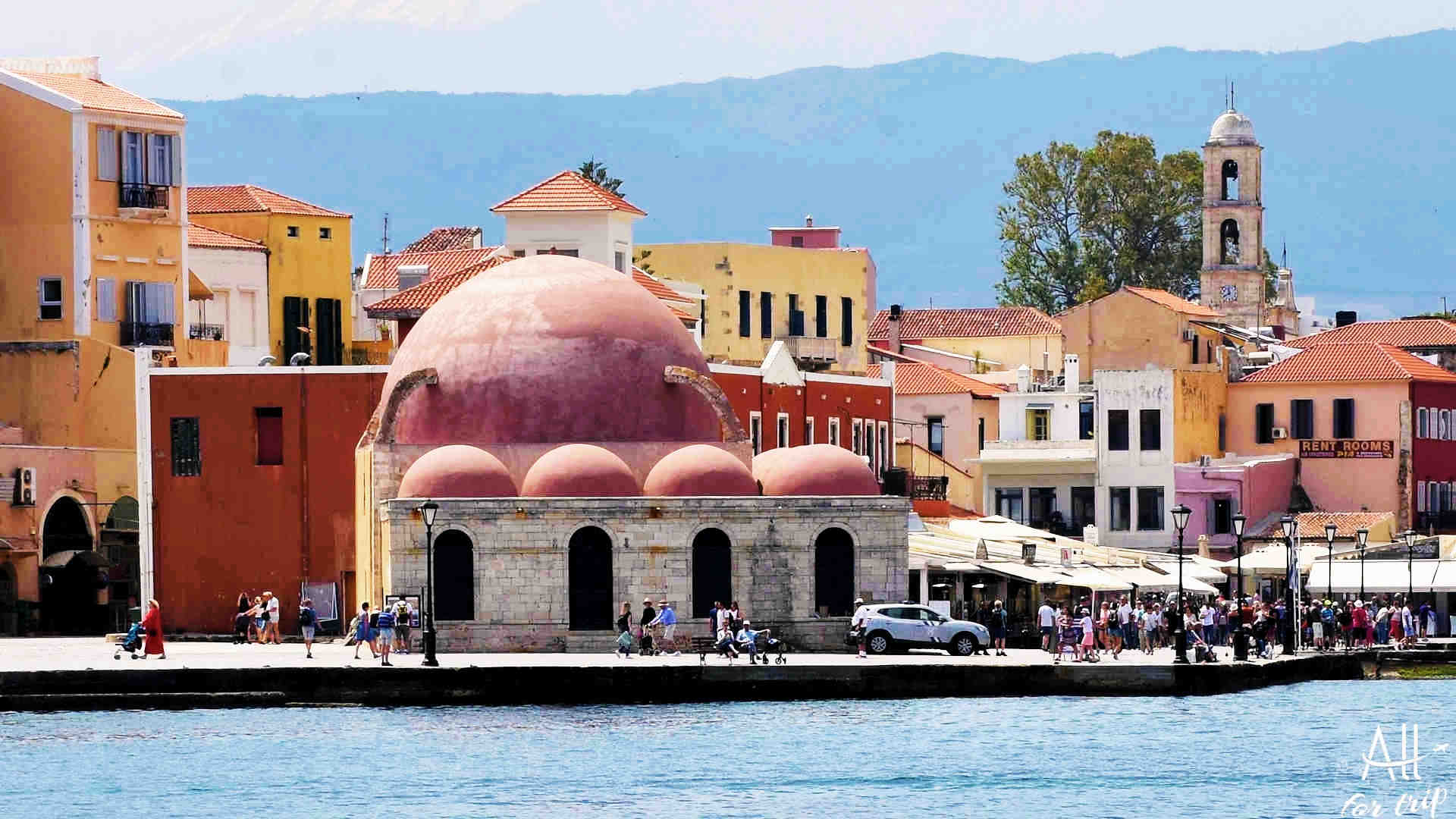
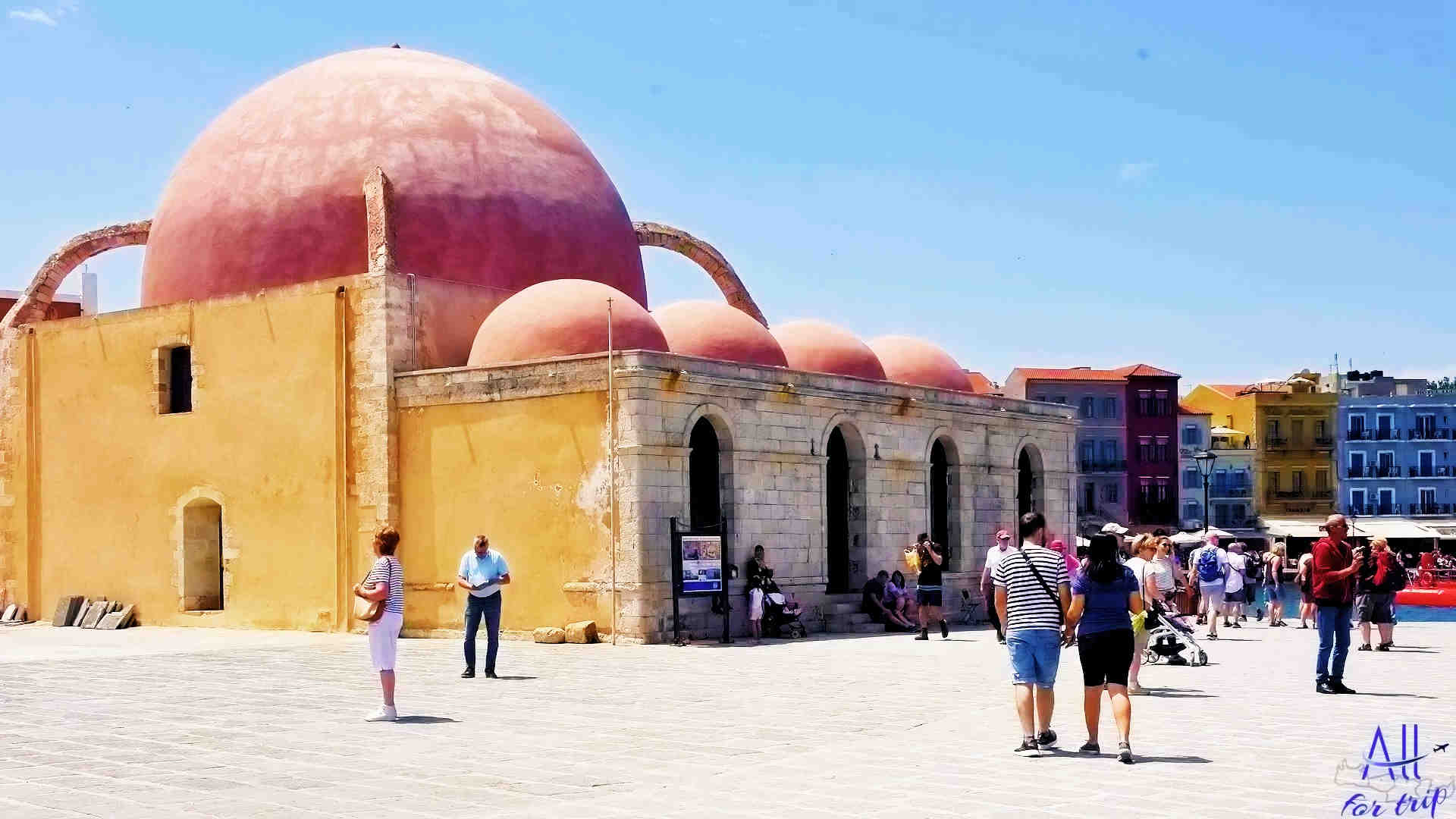
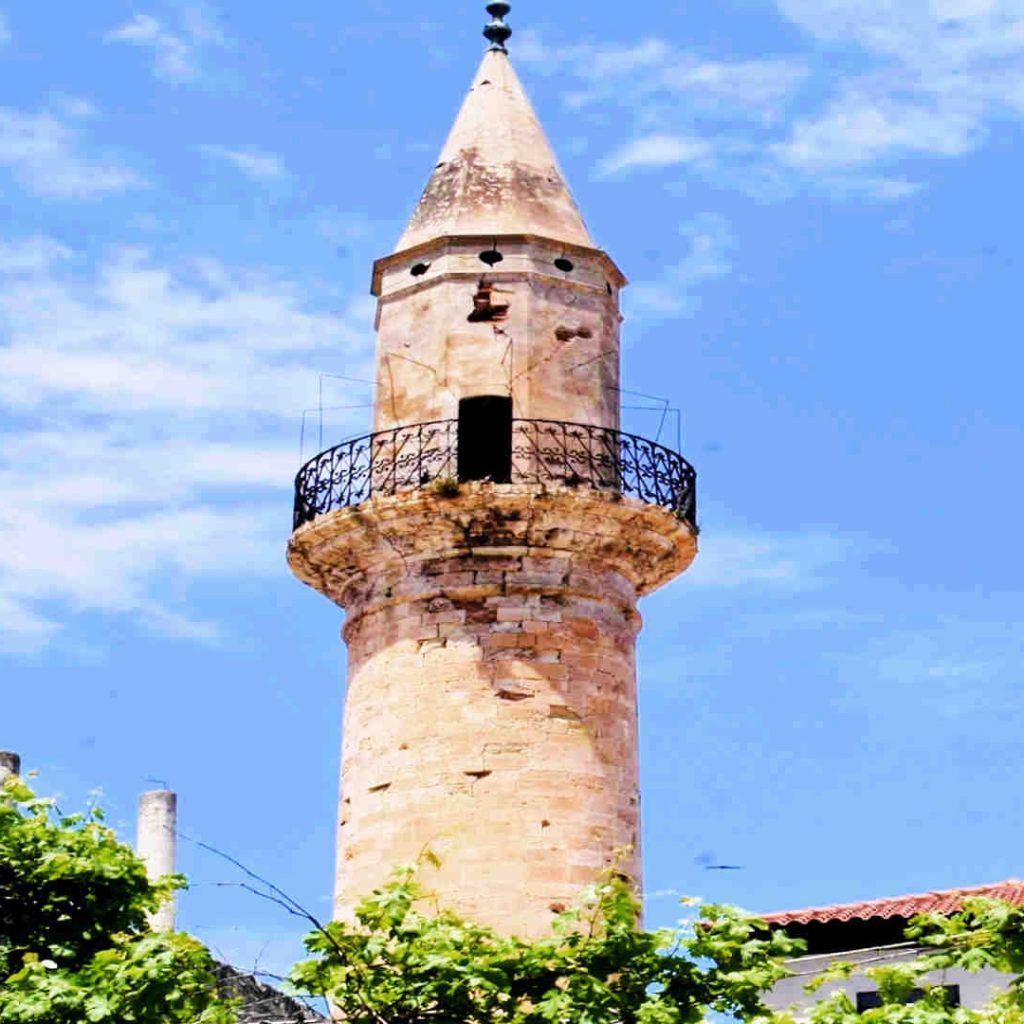
MEMORIES OF THE OTTOMAN ERA
The mosque in the harbor, the bazaars of the small streets, the minaret are memories of the Ottoman period. This part of the city has a completely different style! – gives a unique atmosphere to city.
The memories from Venetian period, and after then memories from Ottoman period: they are perfectly intertwined with the memories of Greek culture. This gives the city a unique atmosphere.
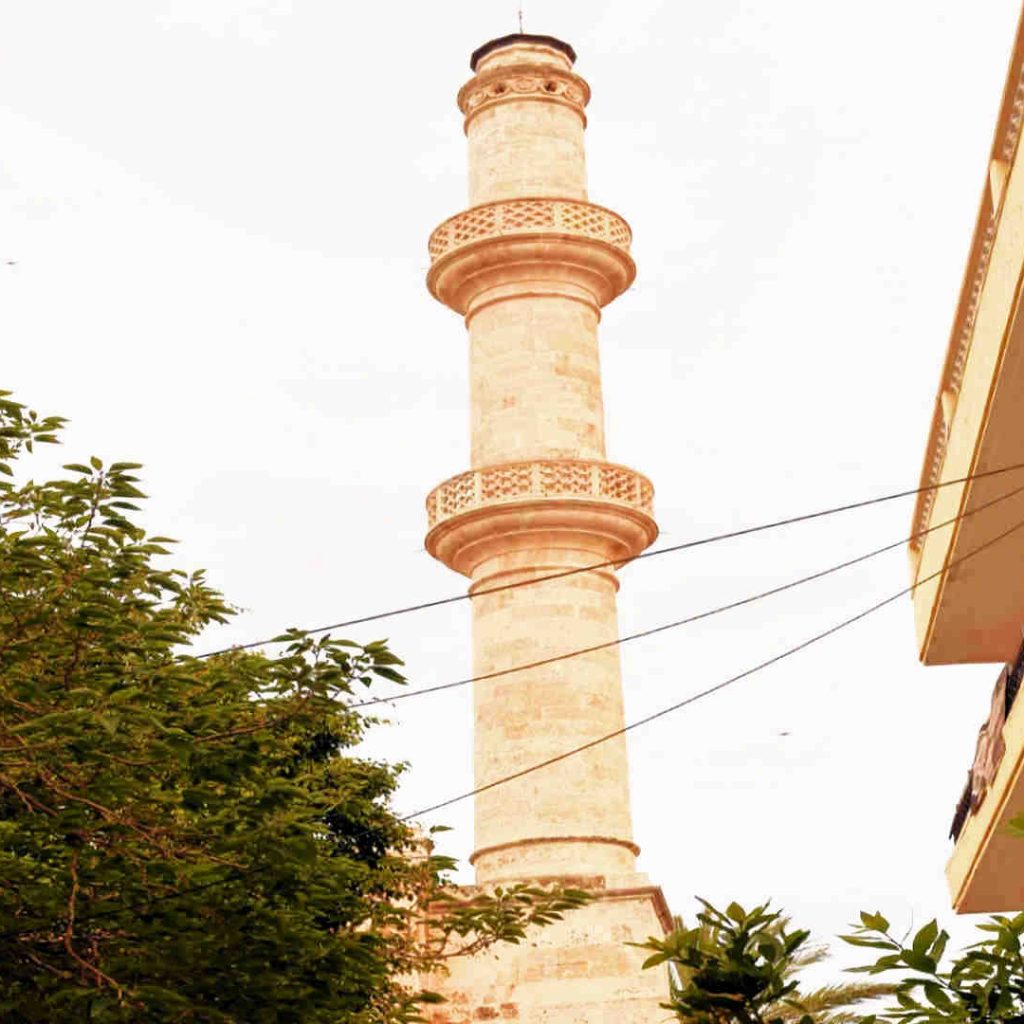
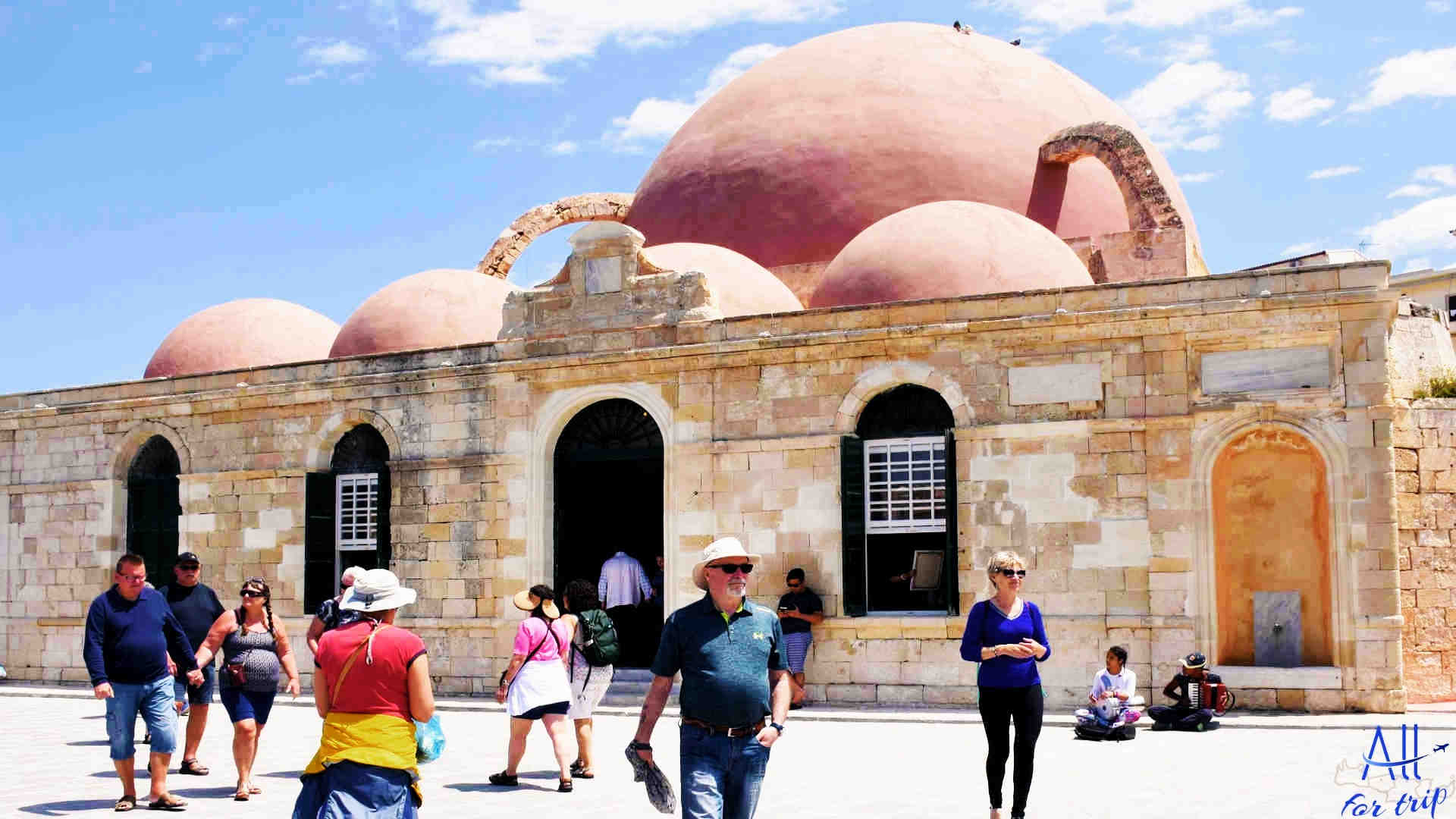
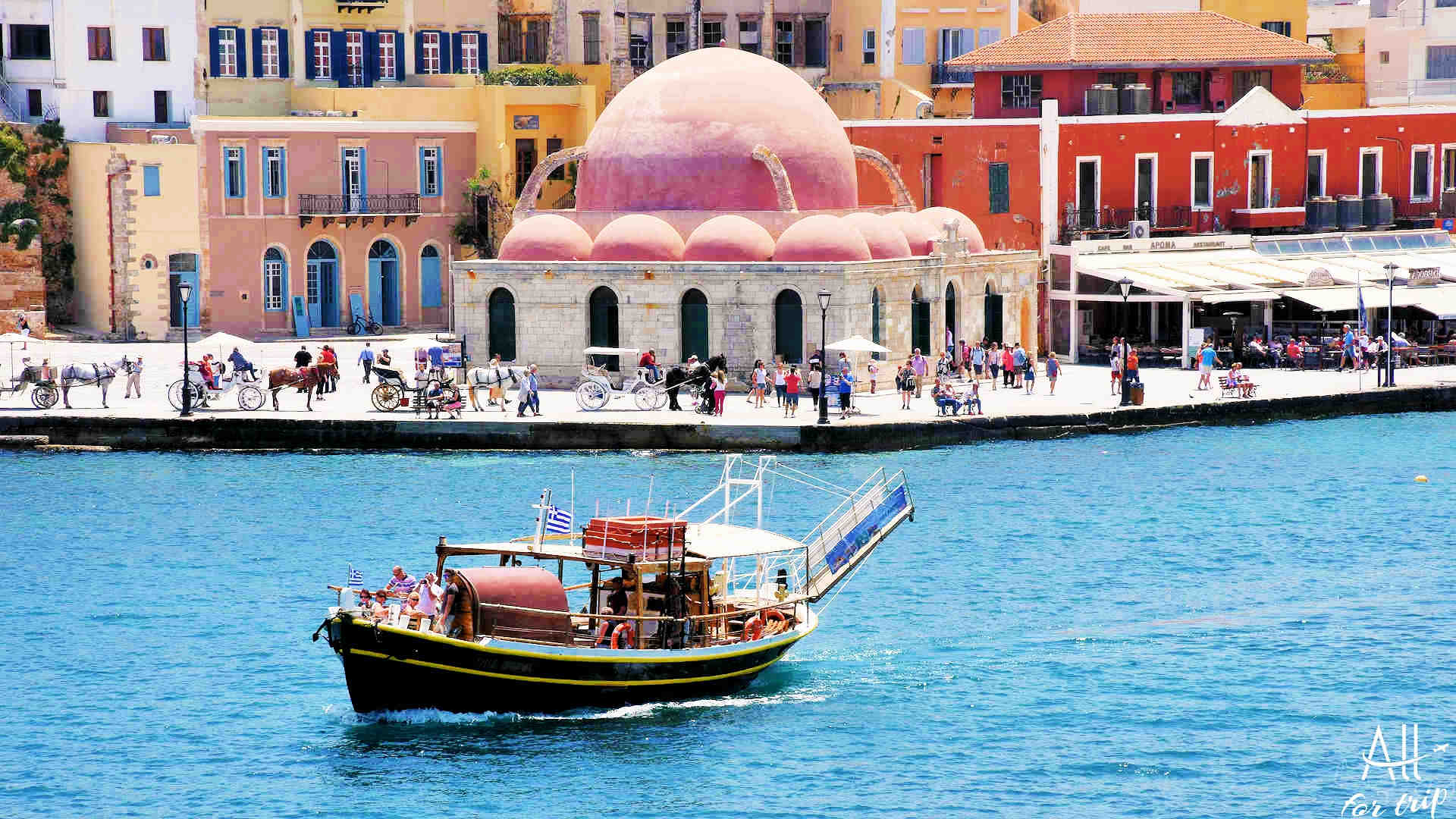
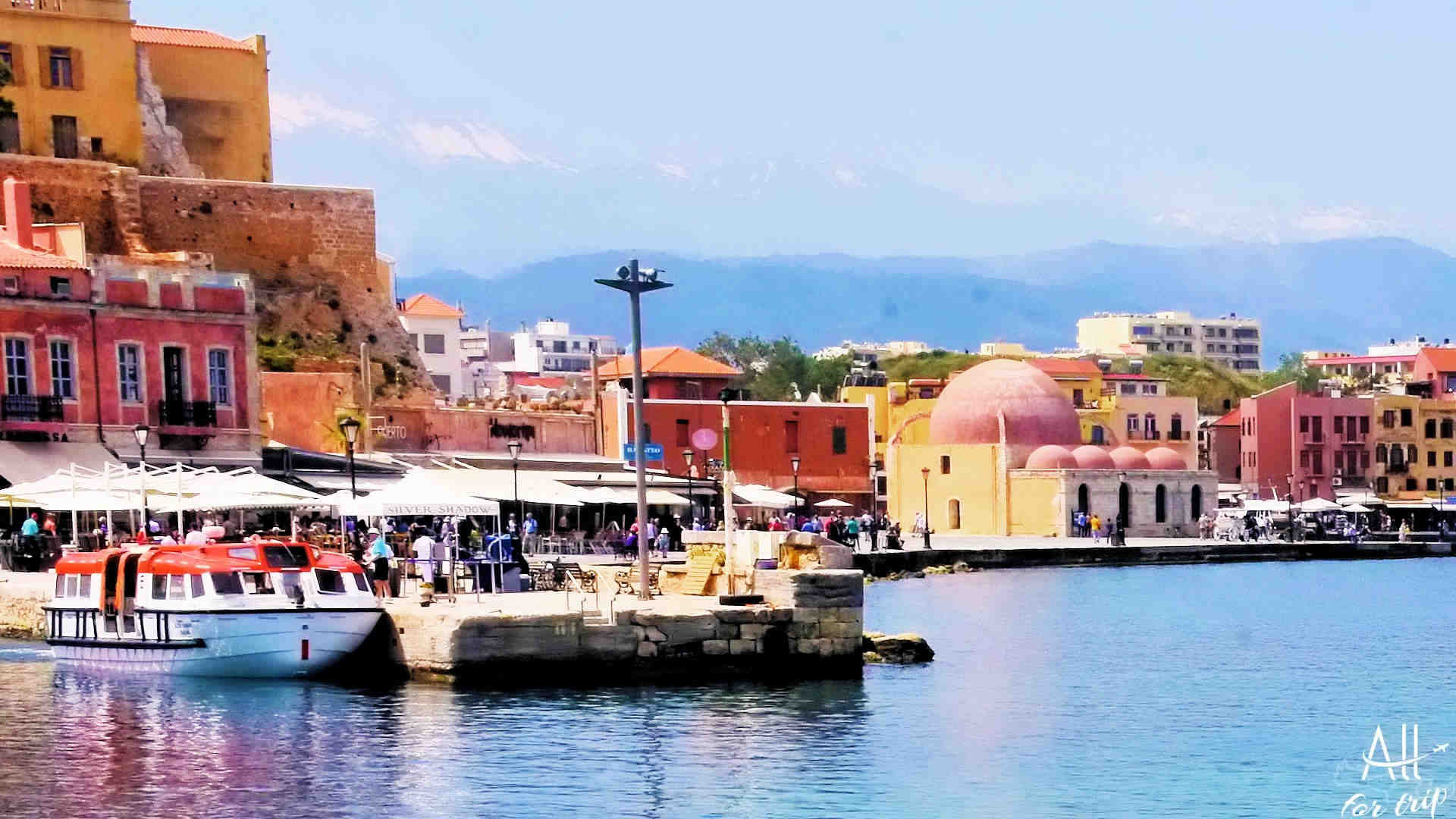
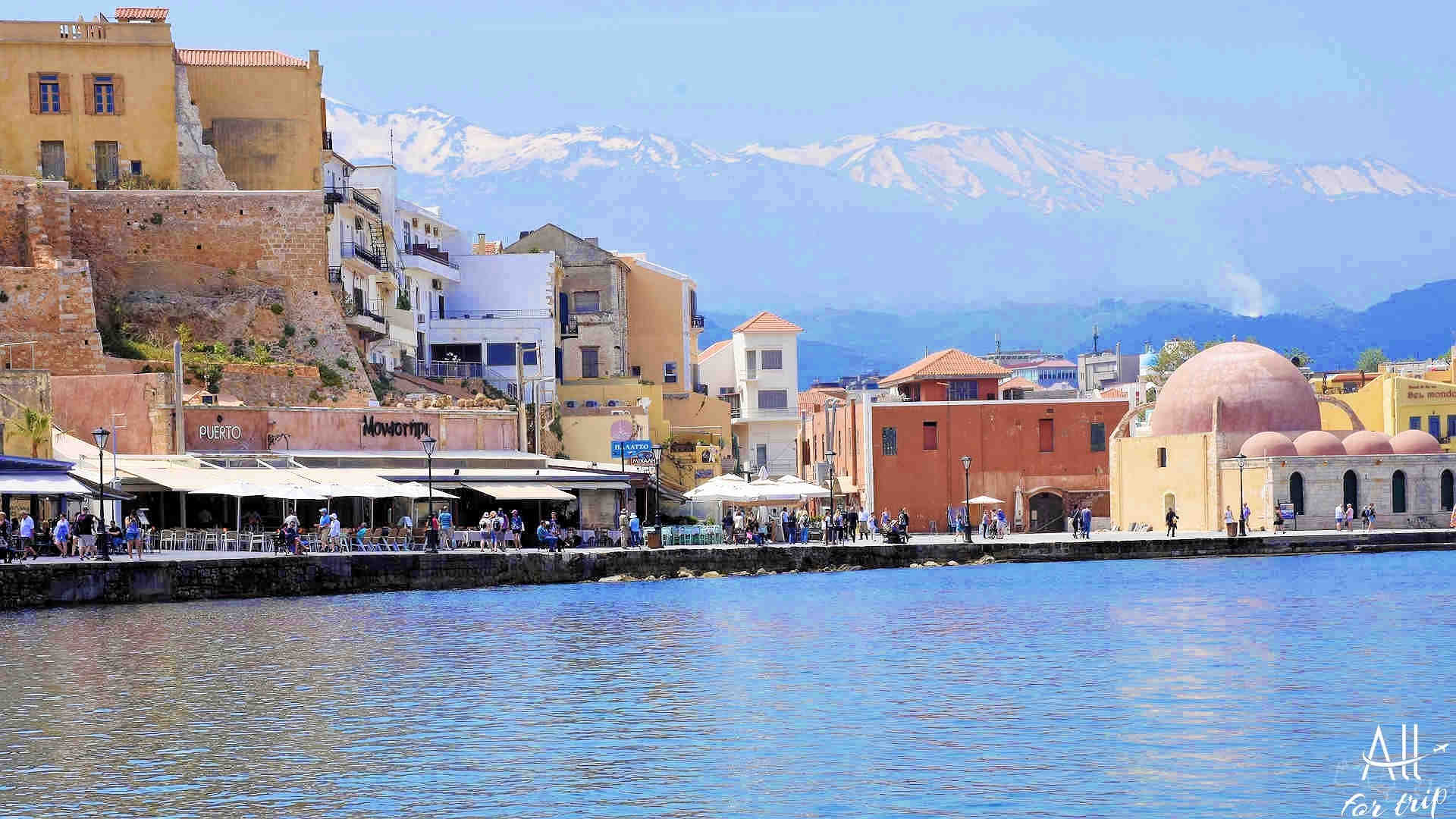
THE CITY WALL AND LIGHTHOUSE
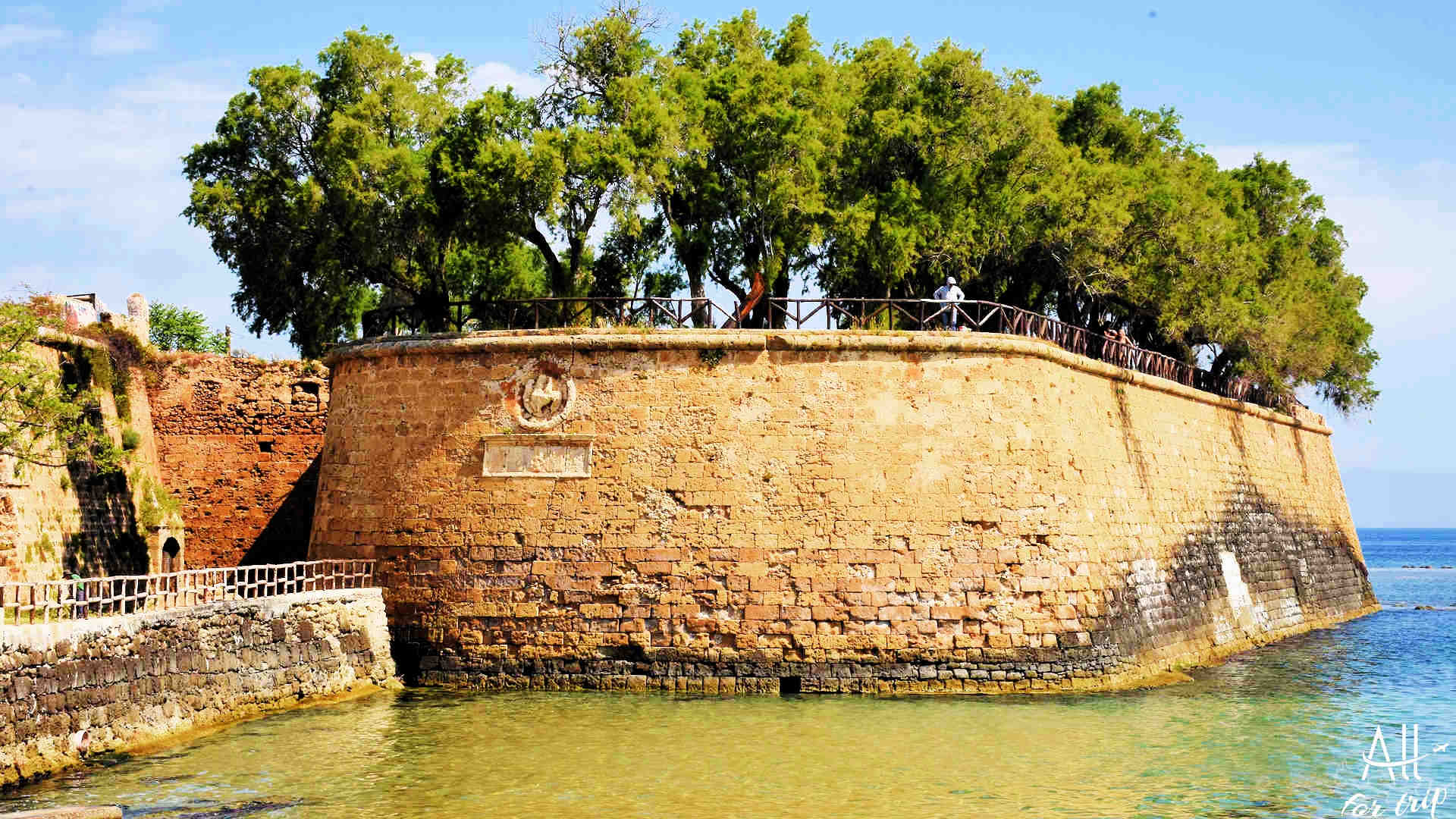
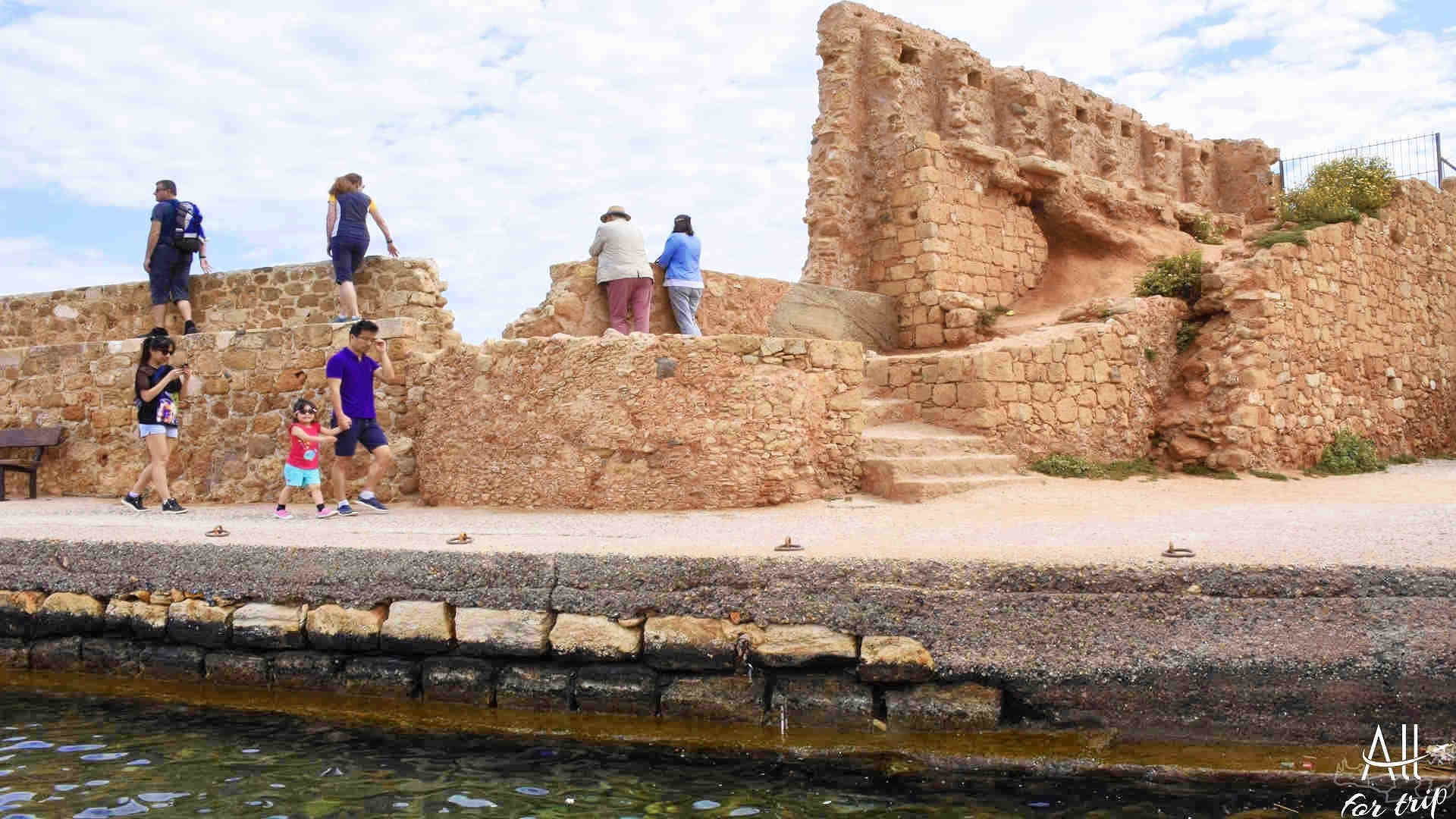
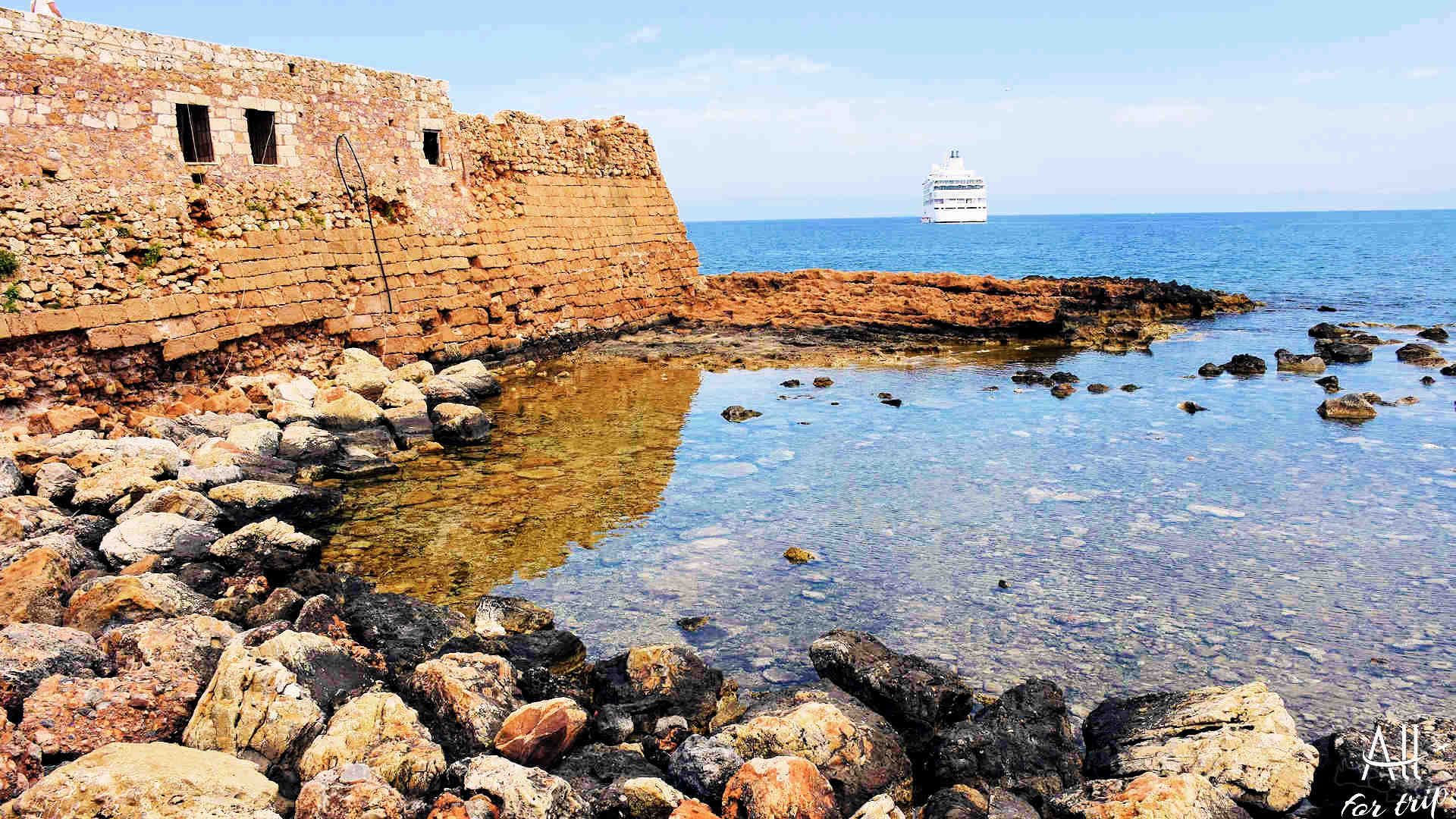
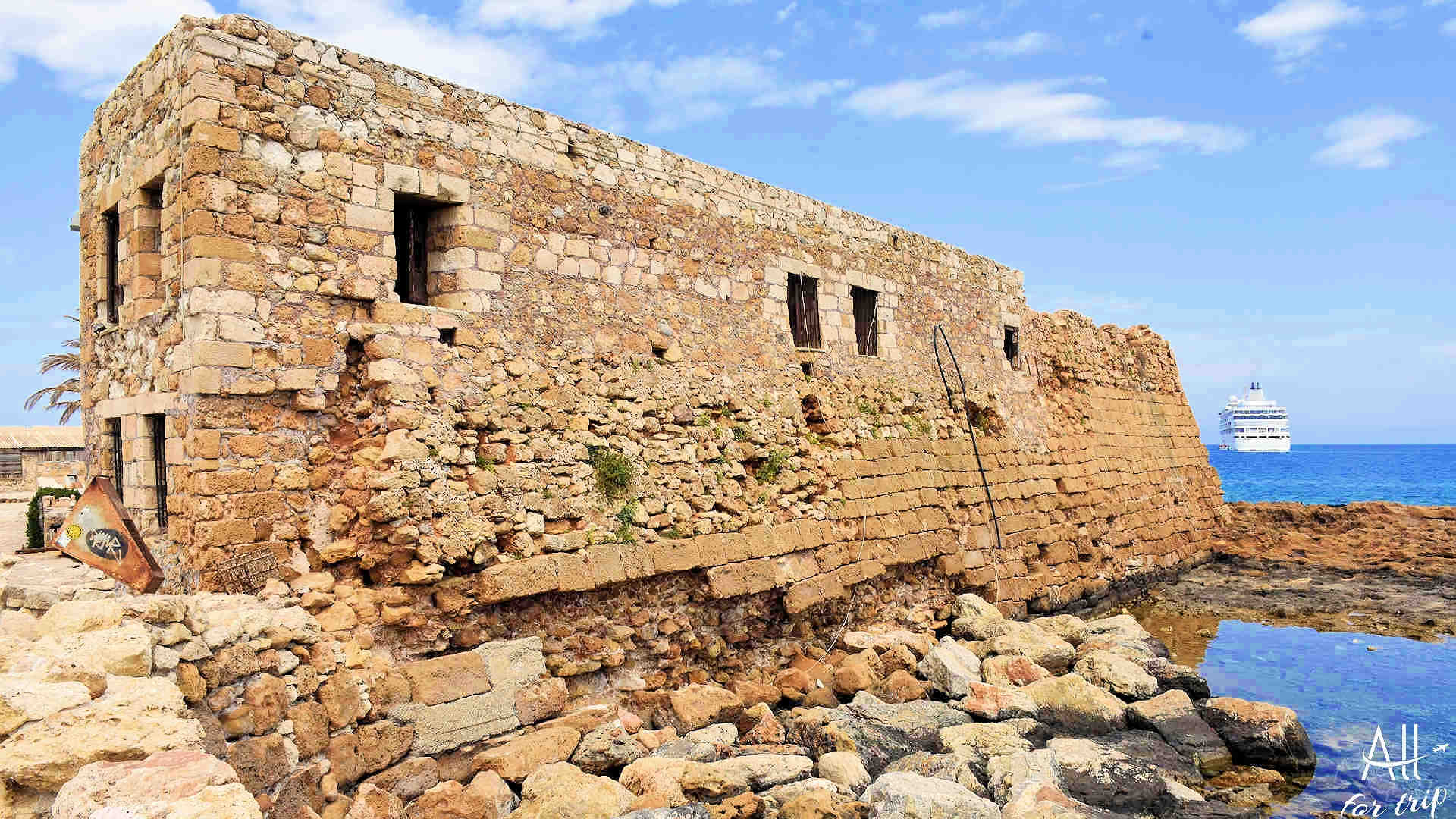
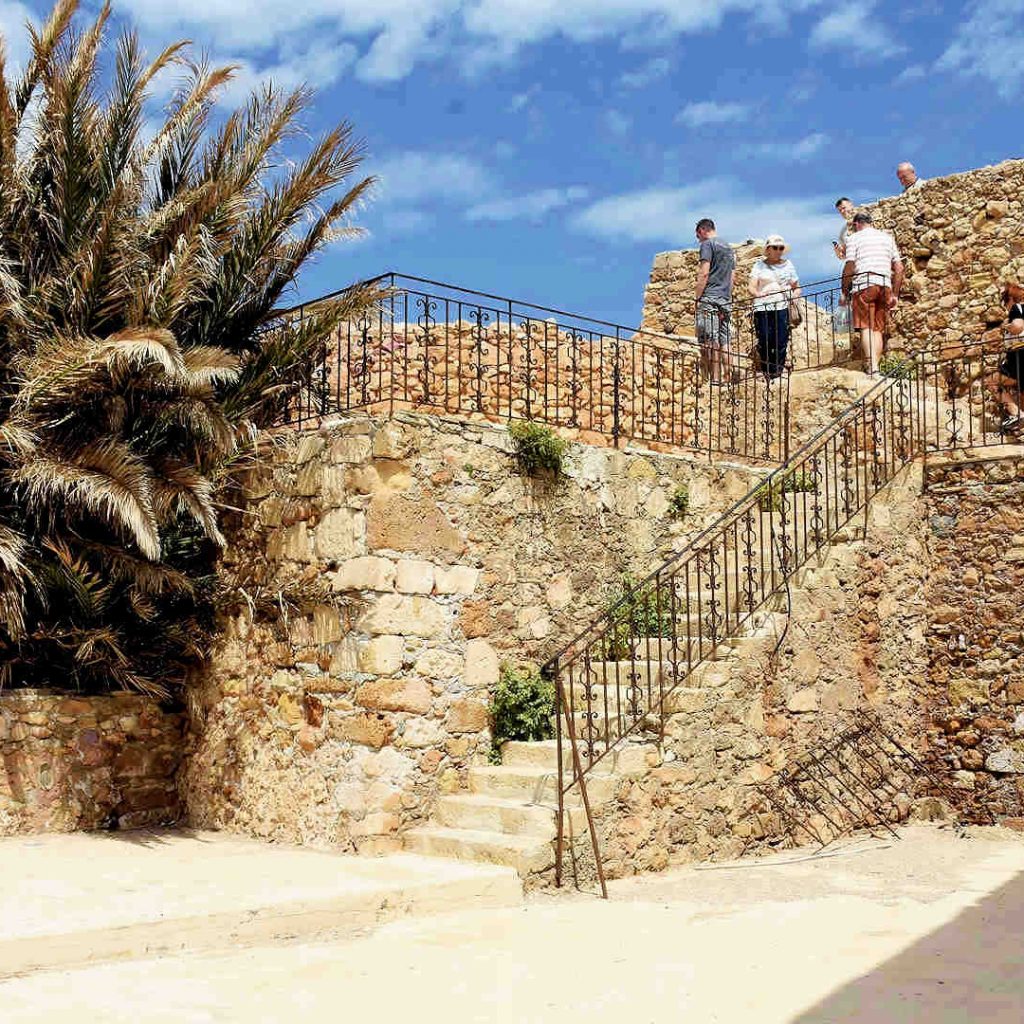
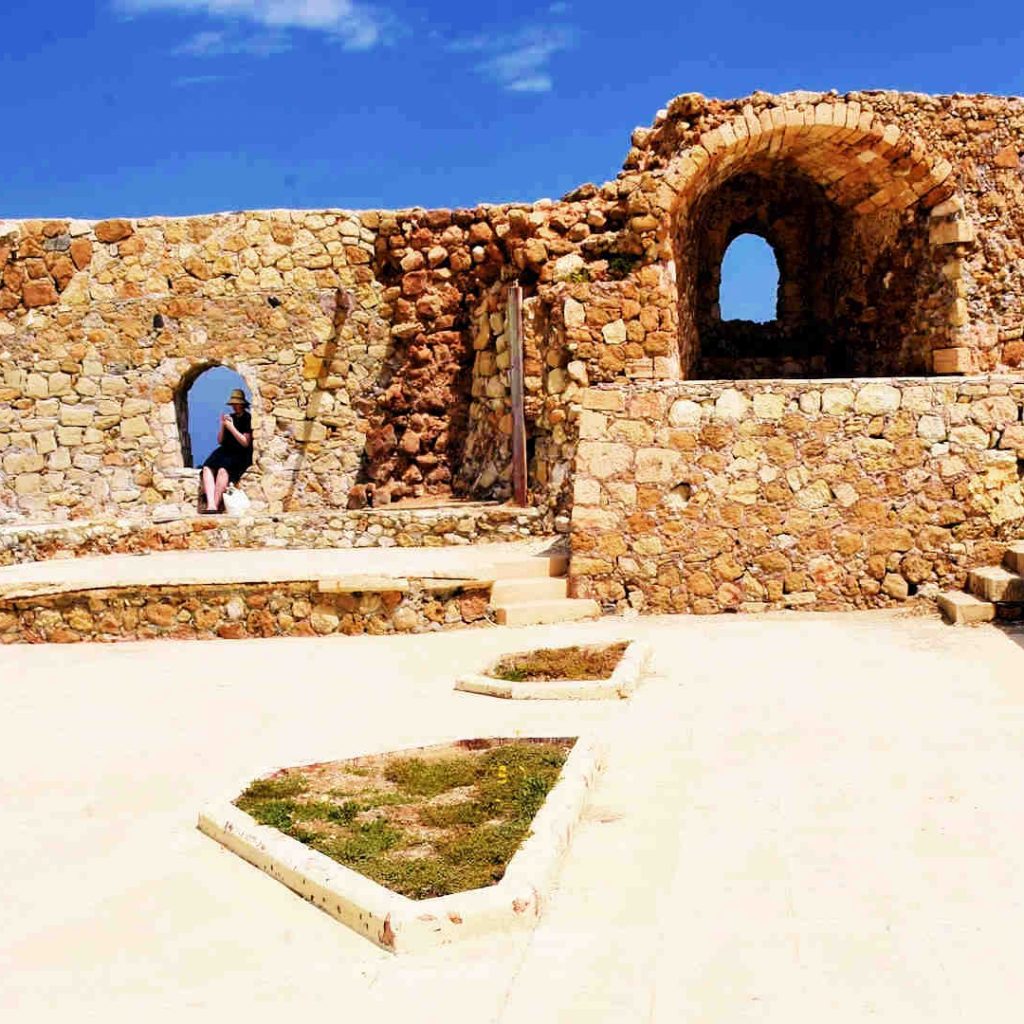
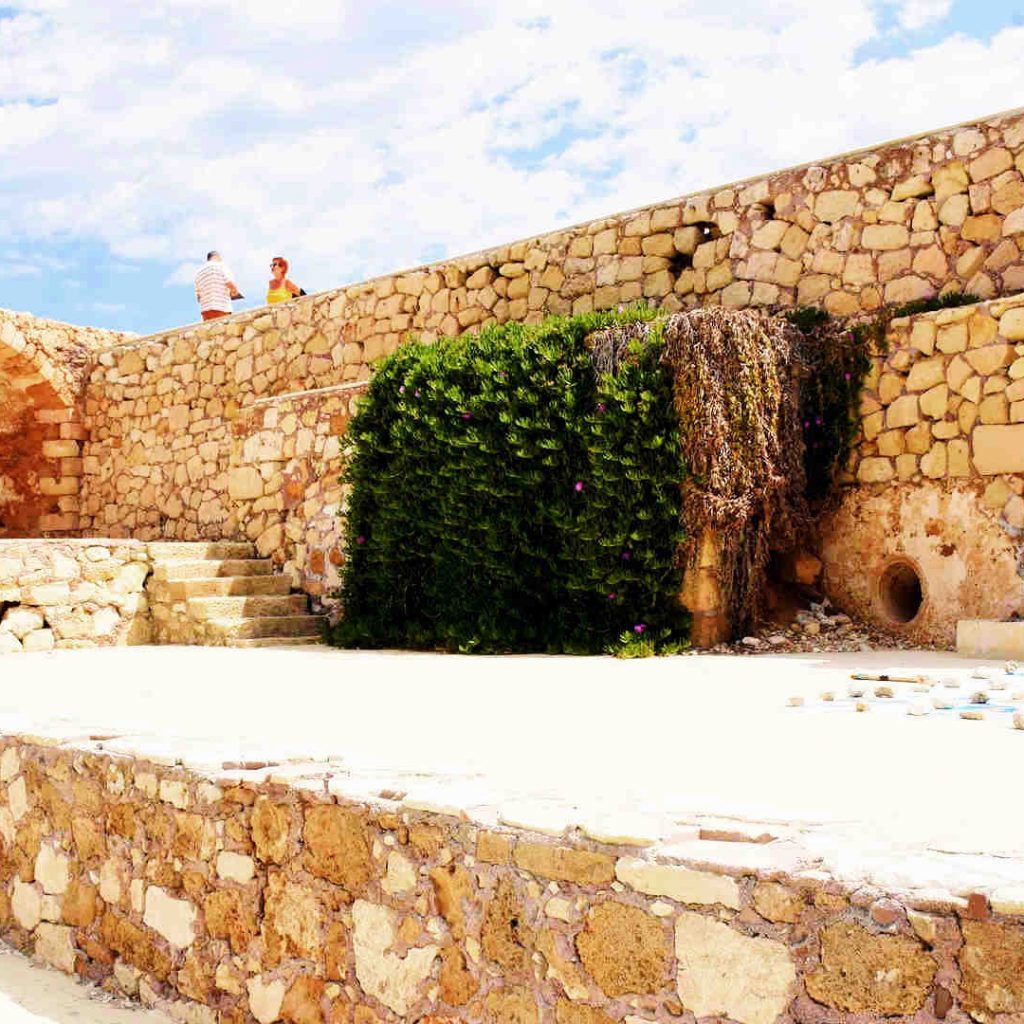
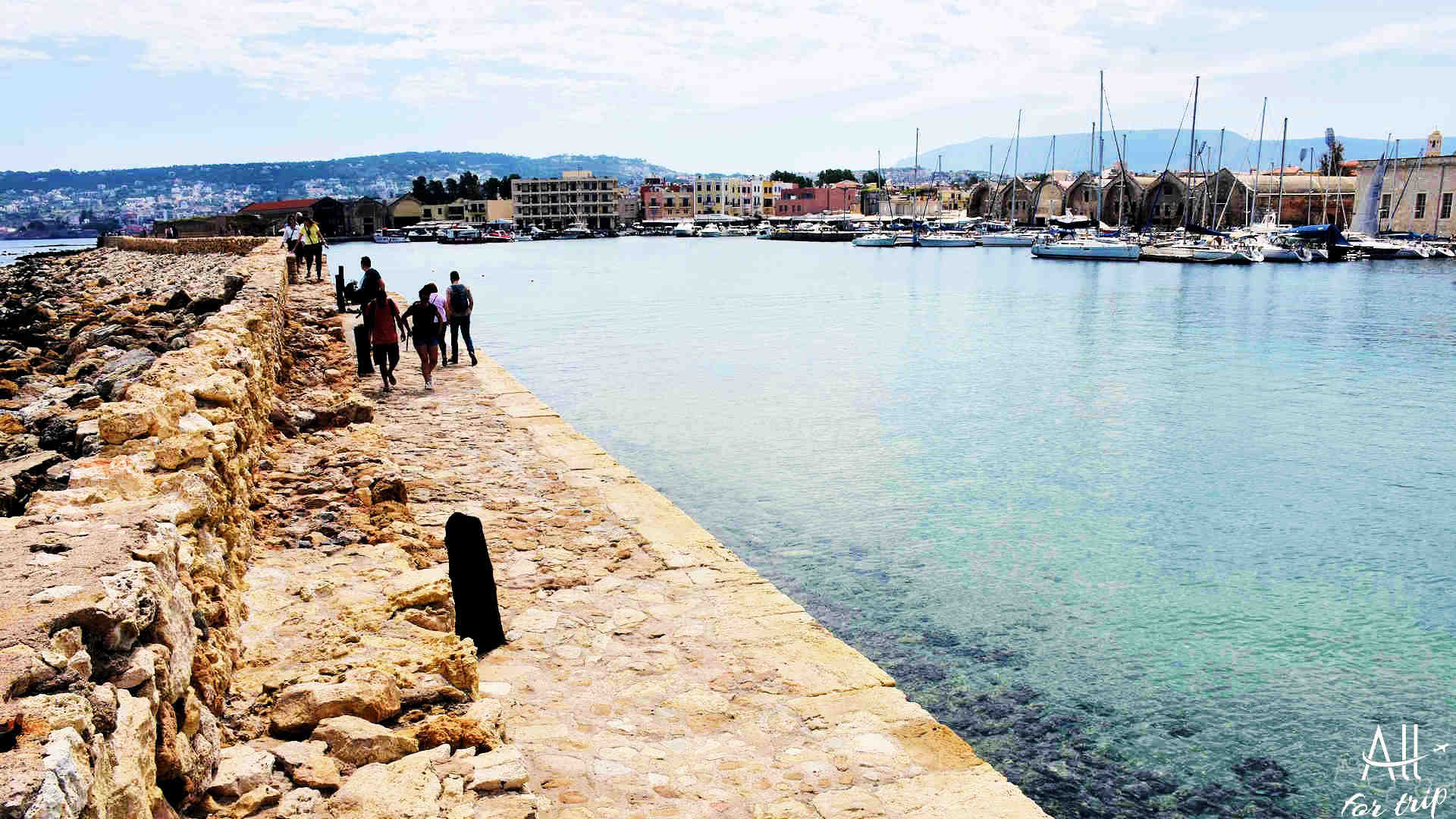
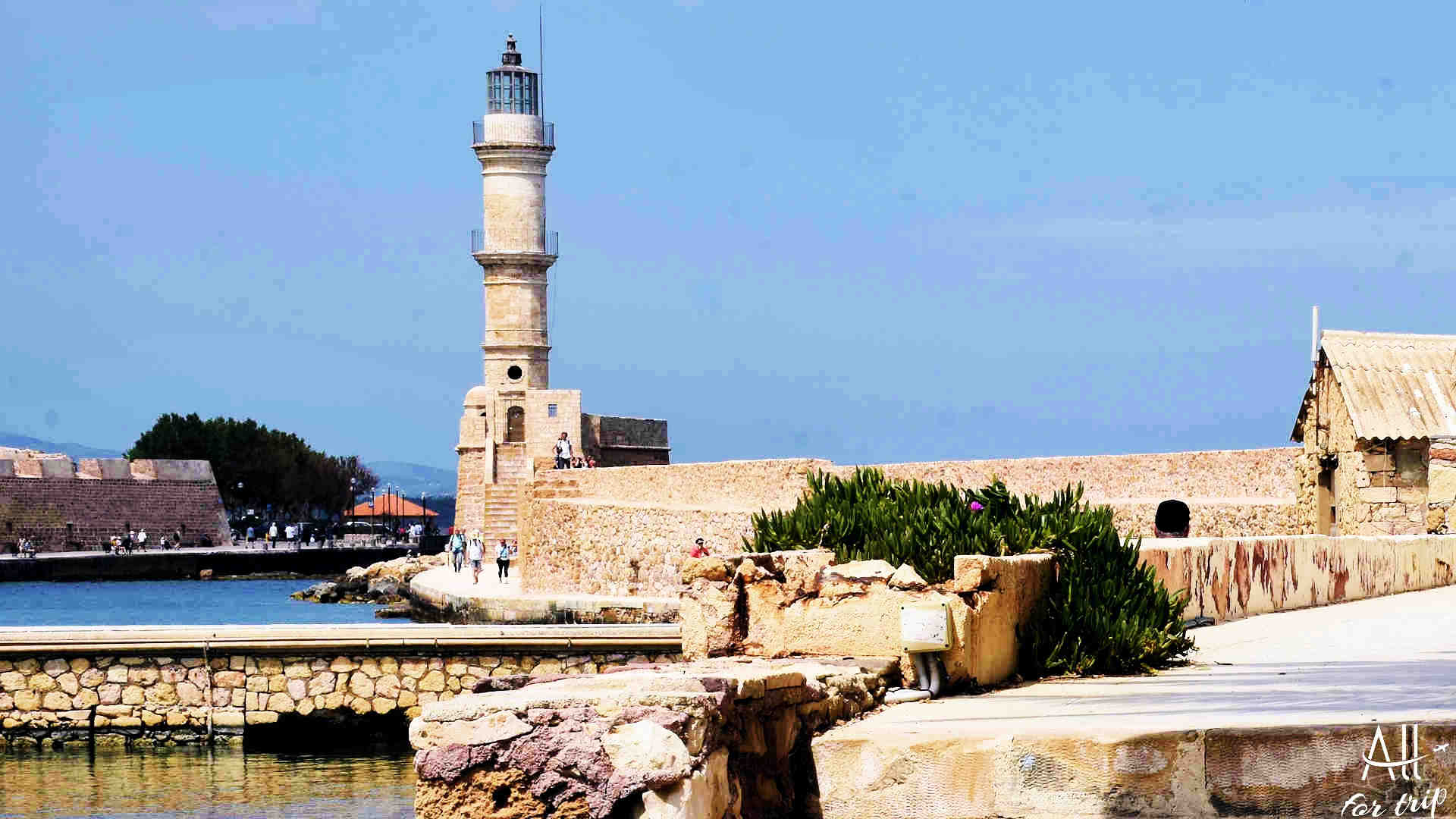
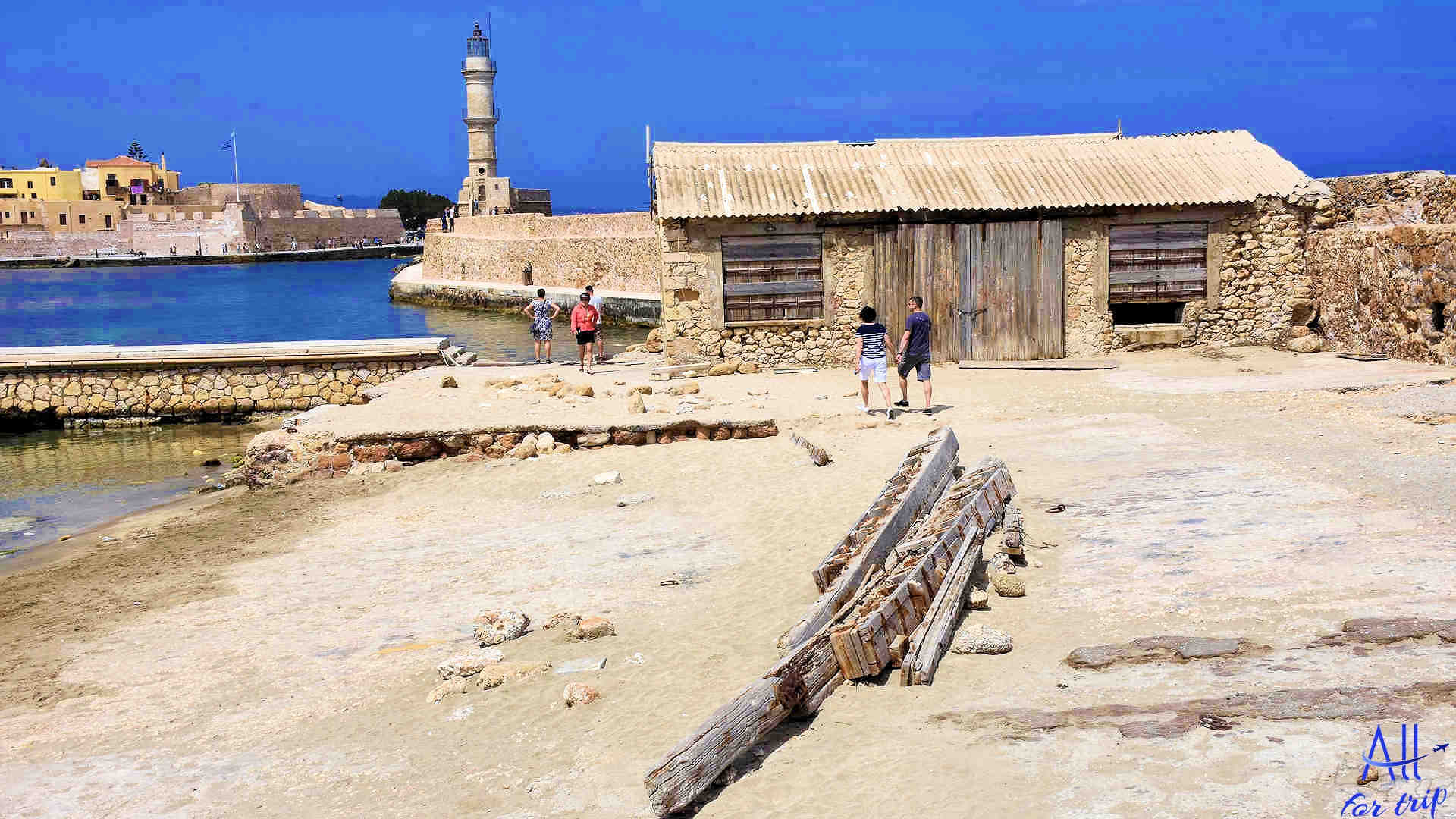
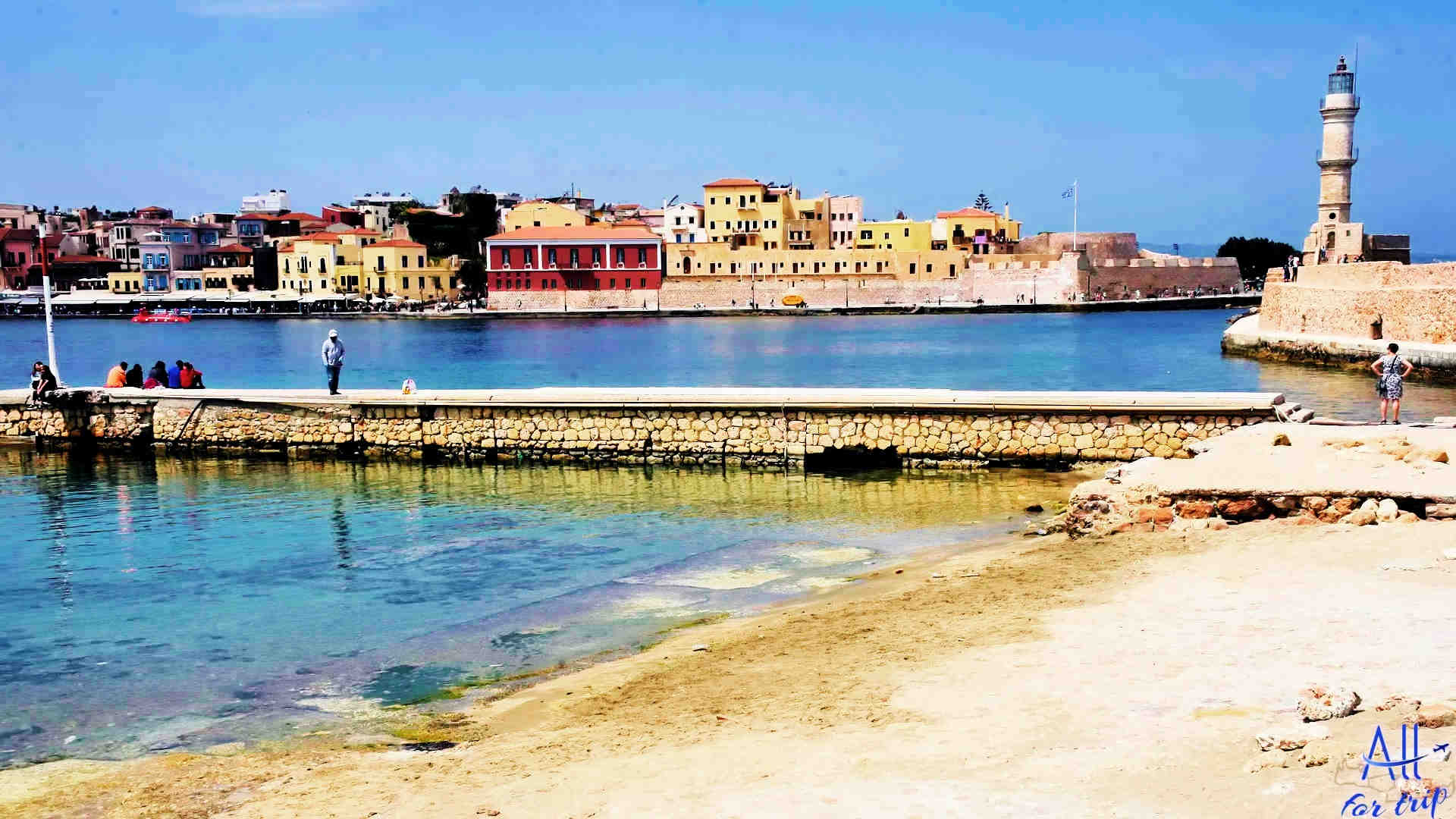
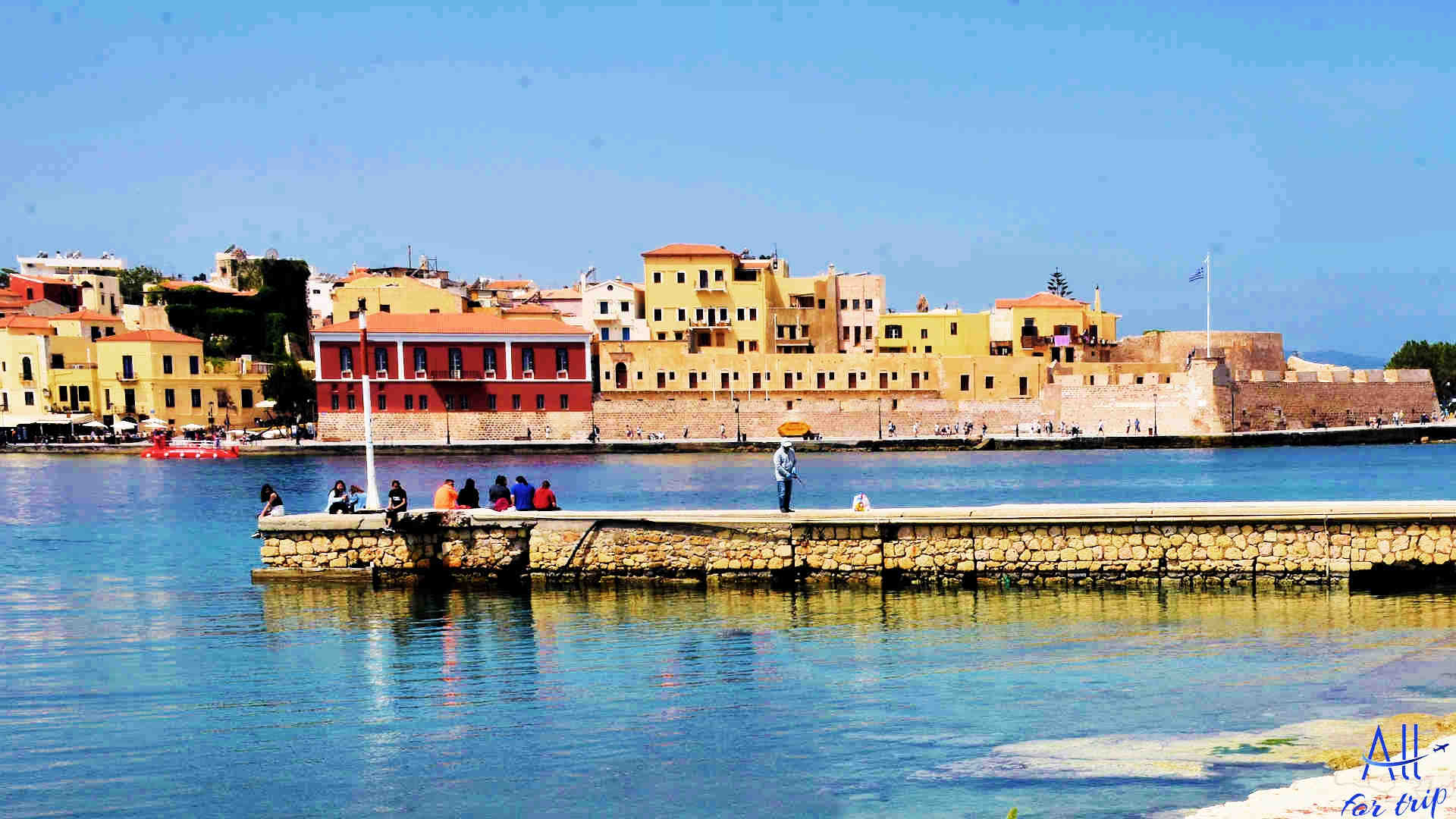
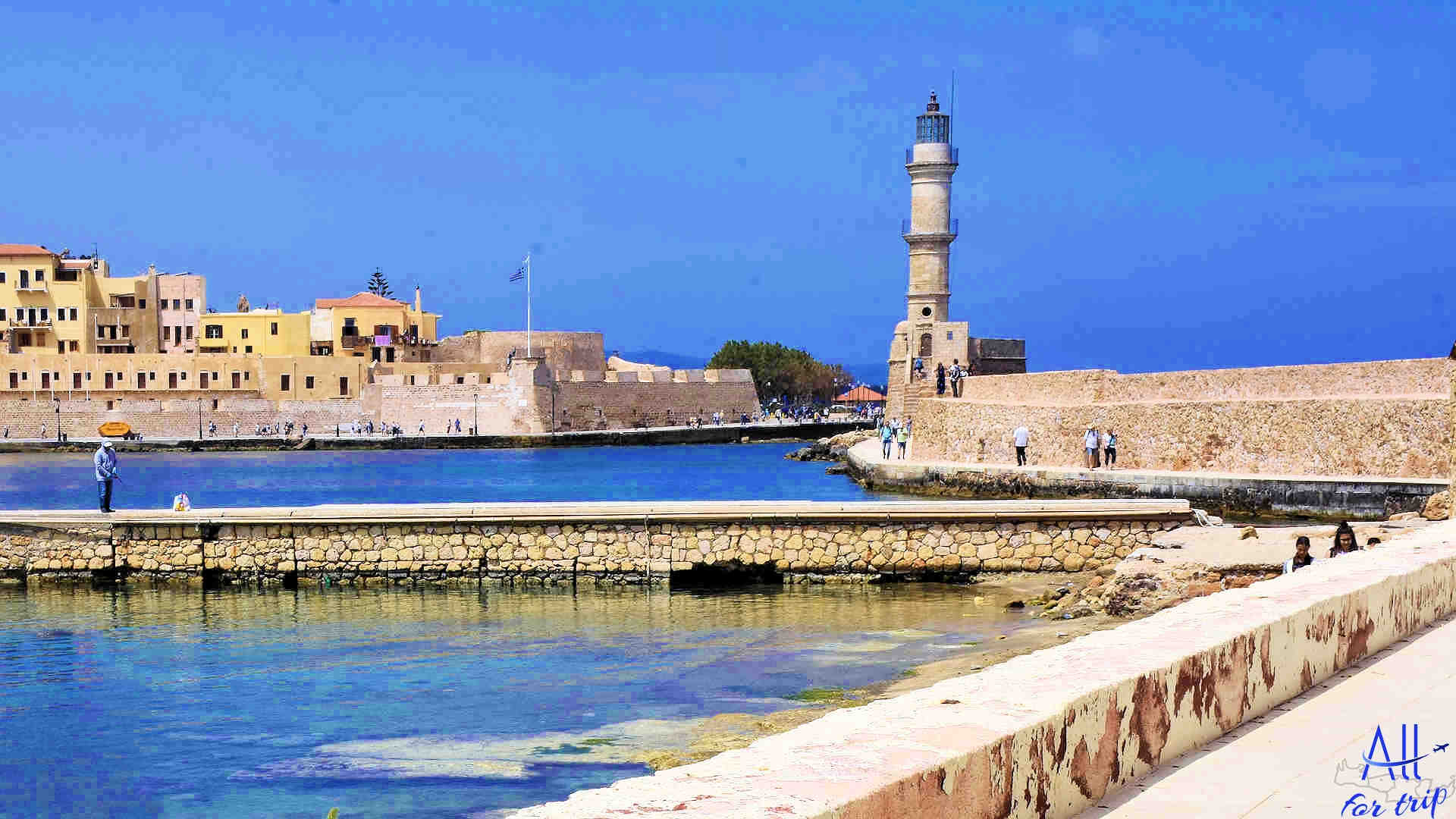
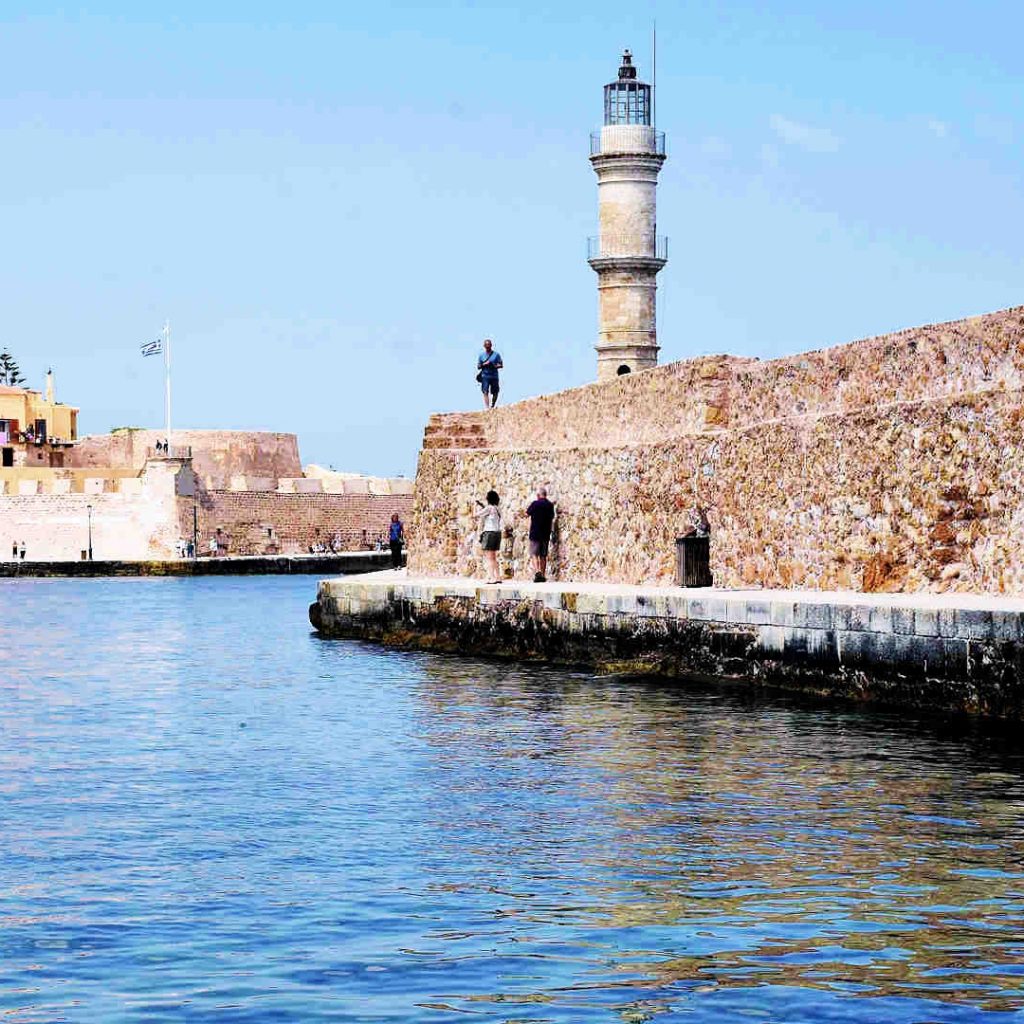
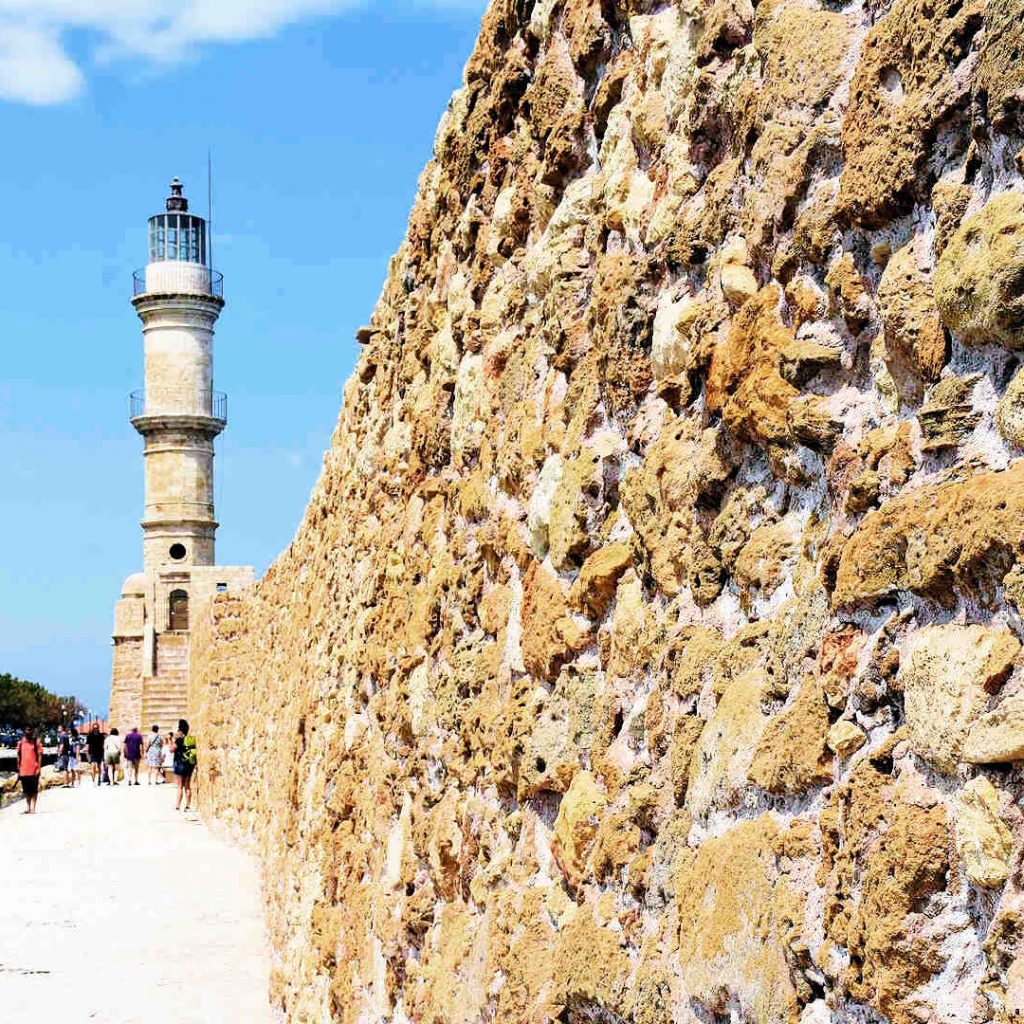
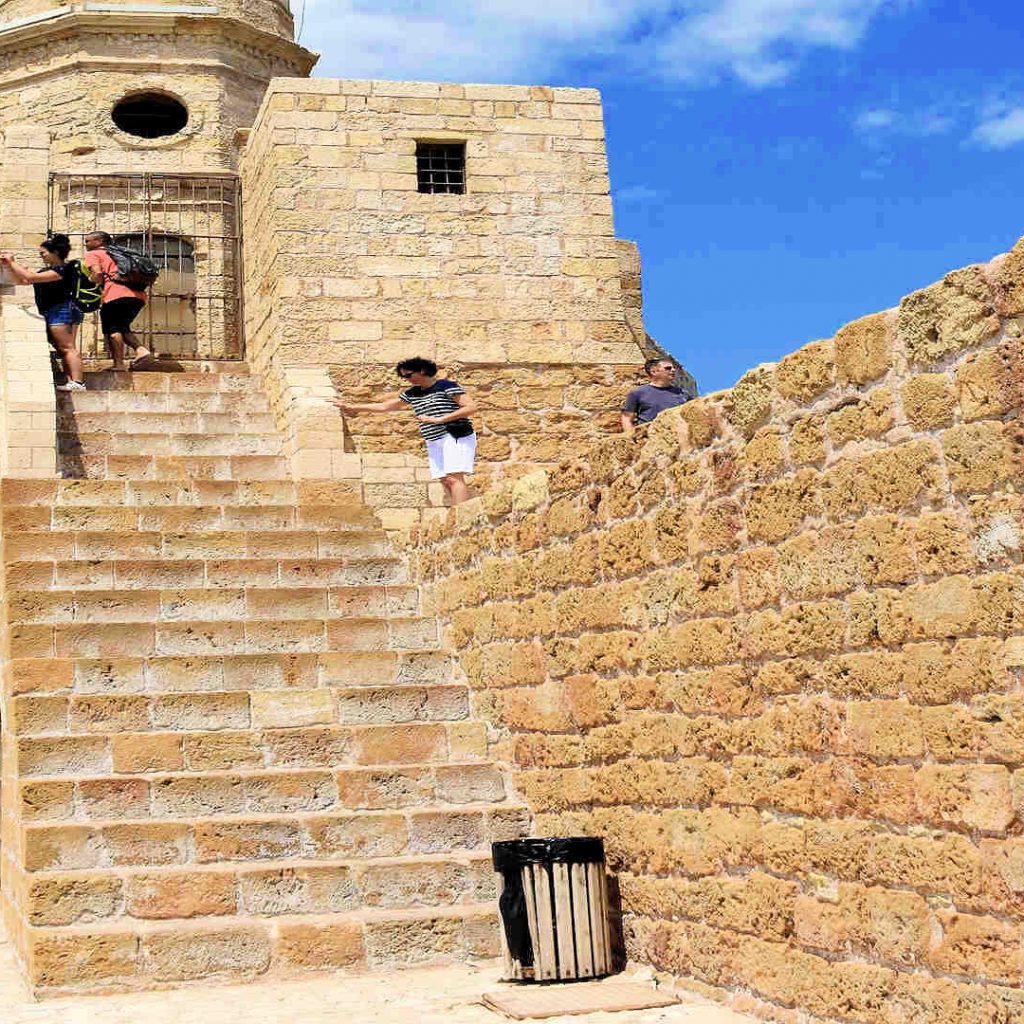
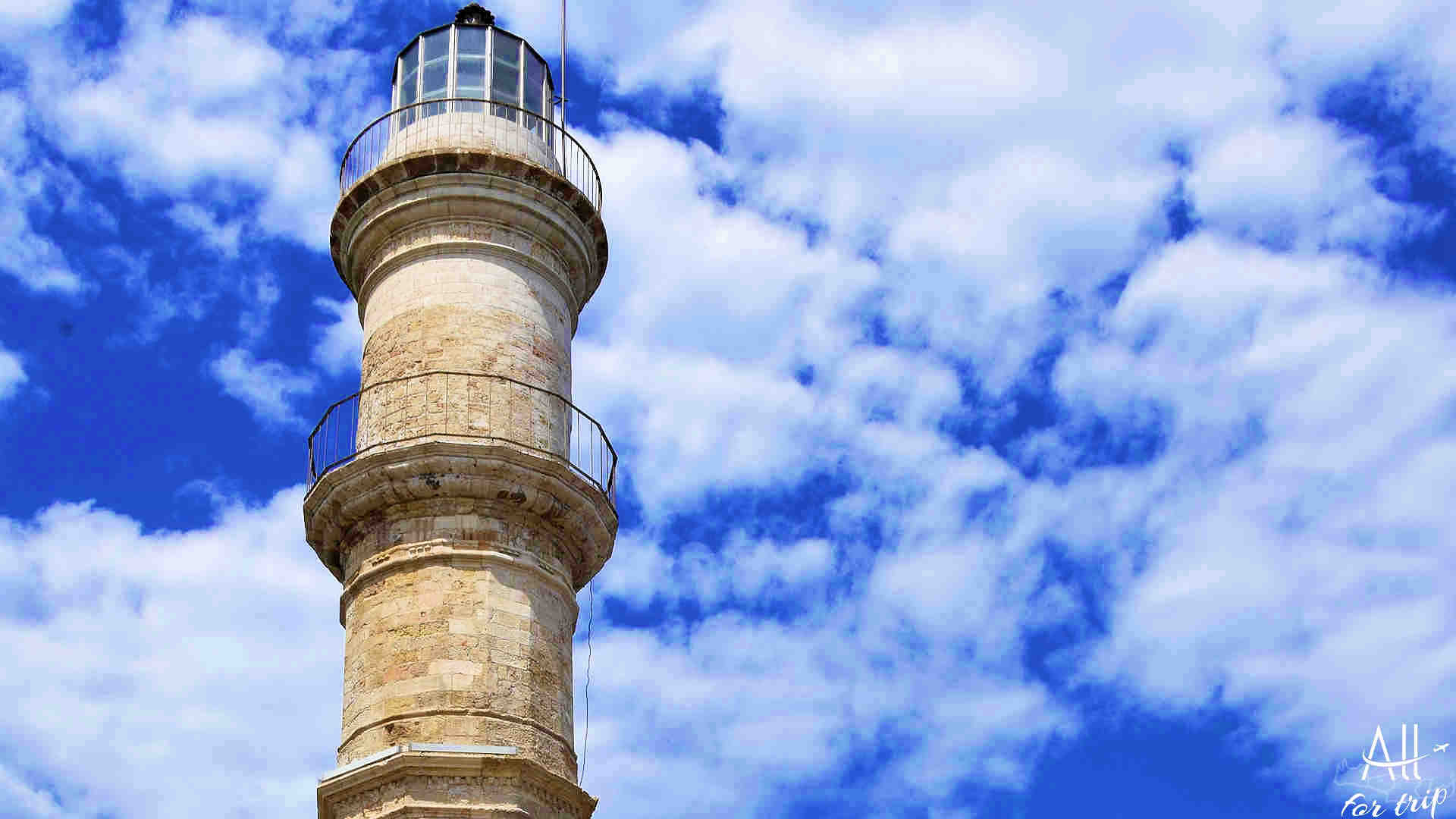
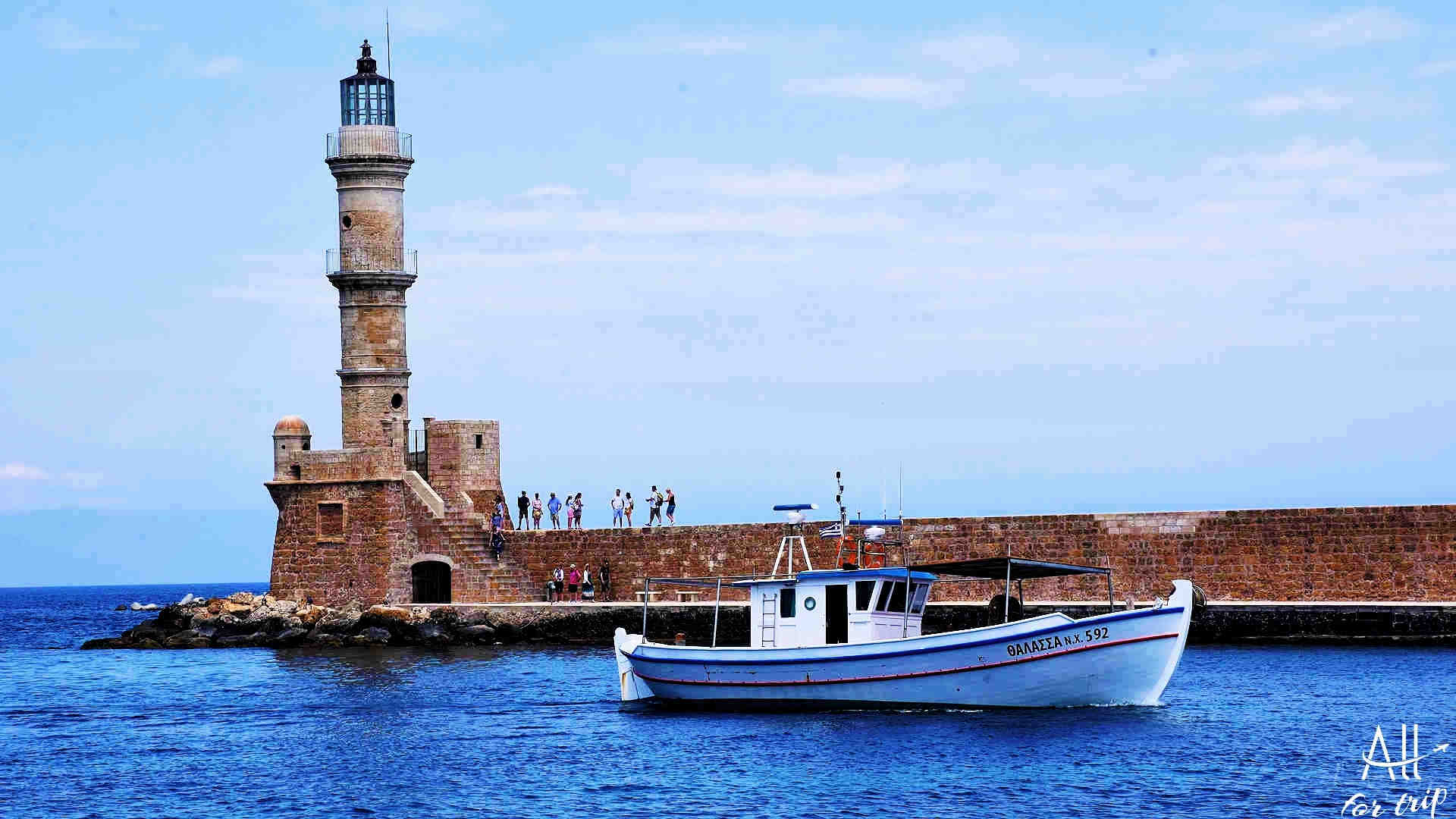
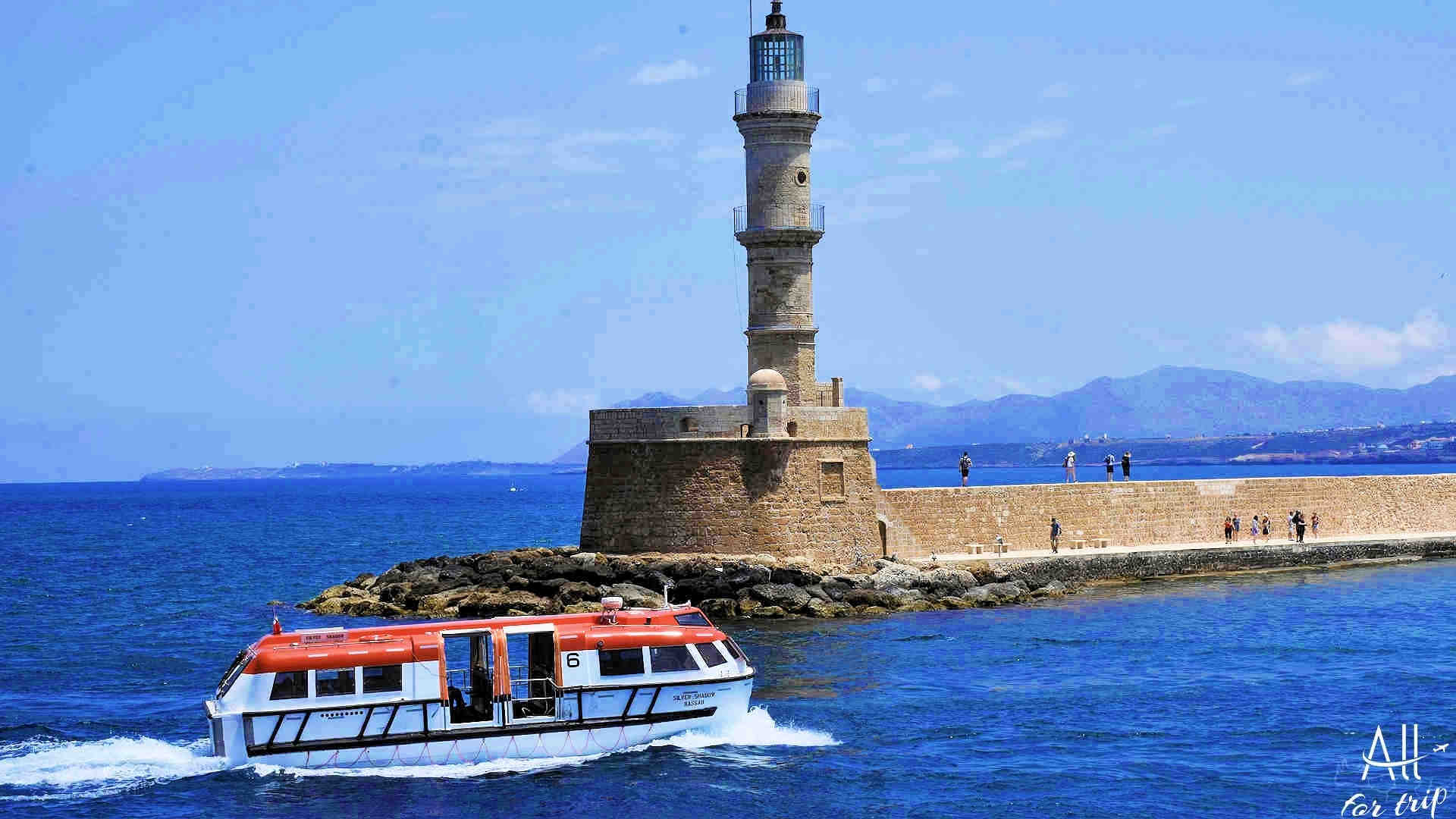
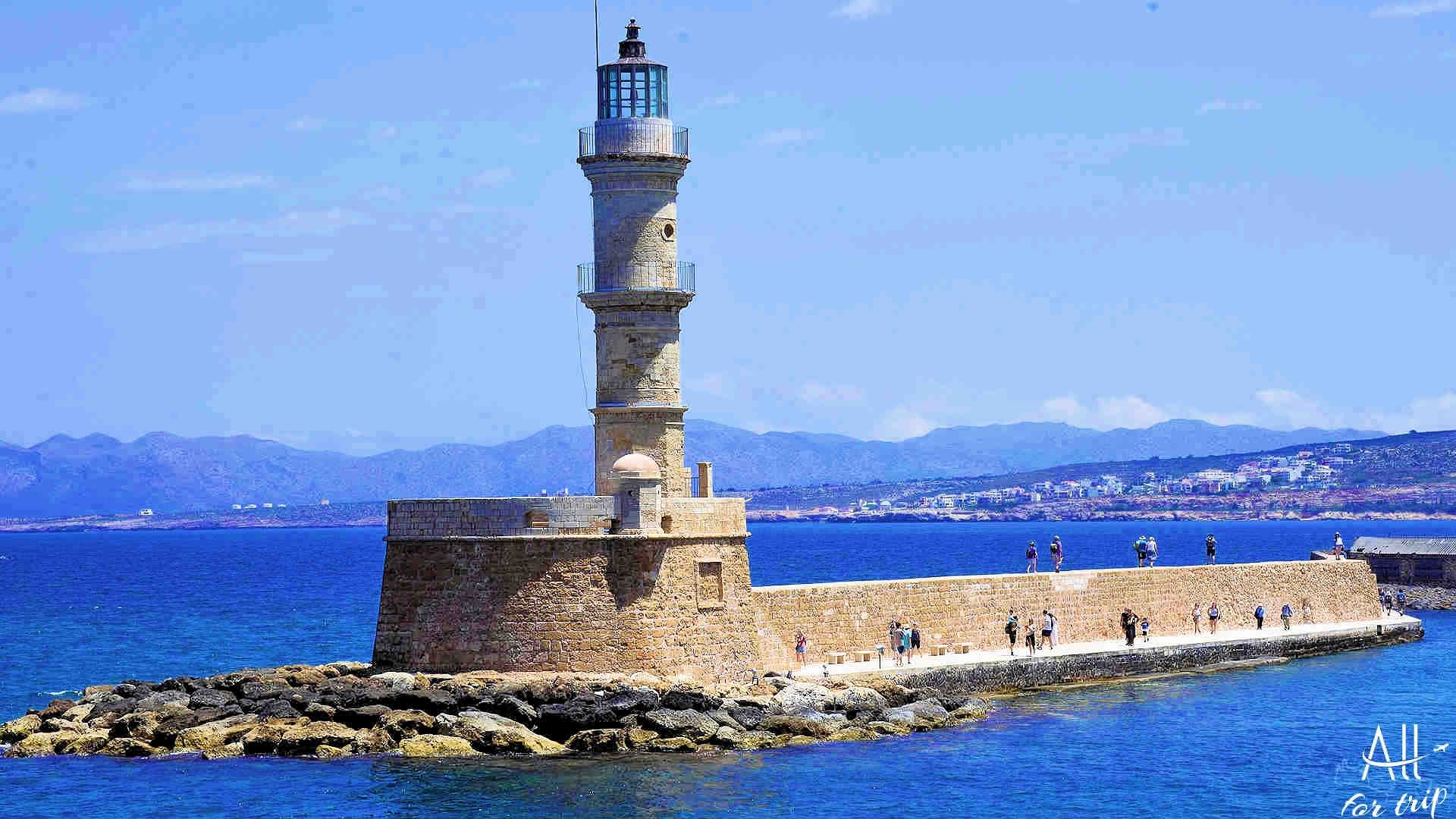
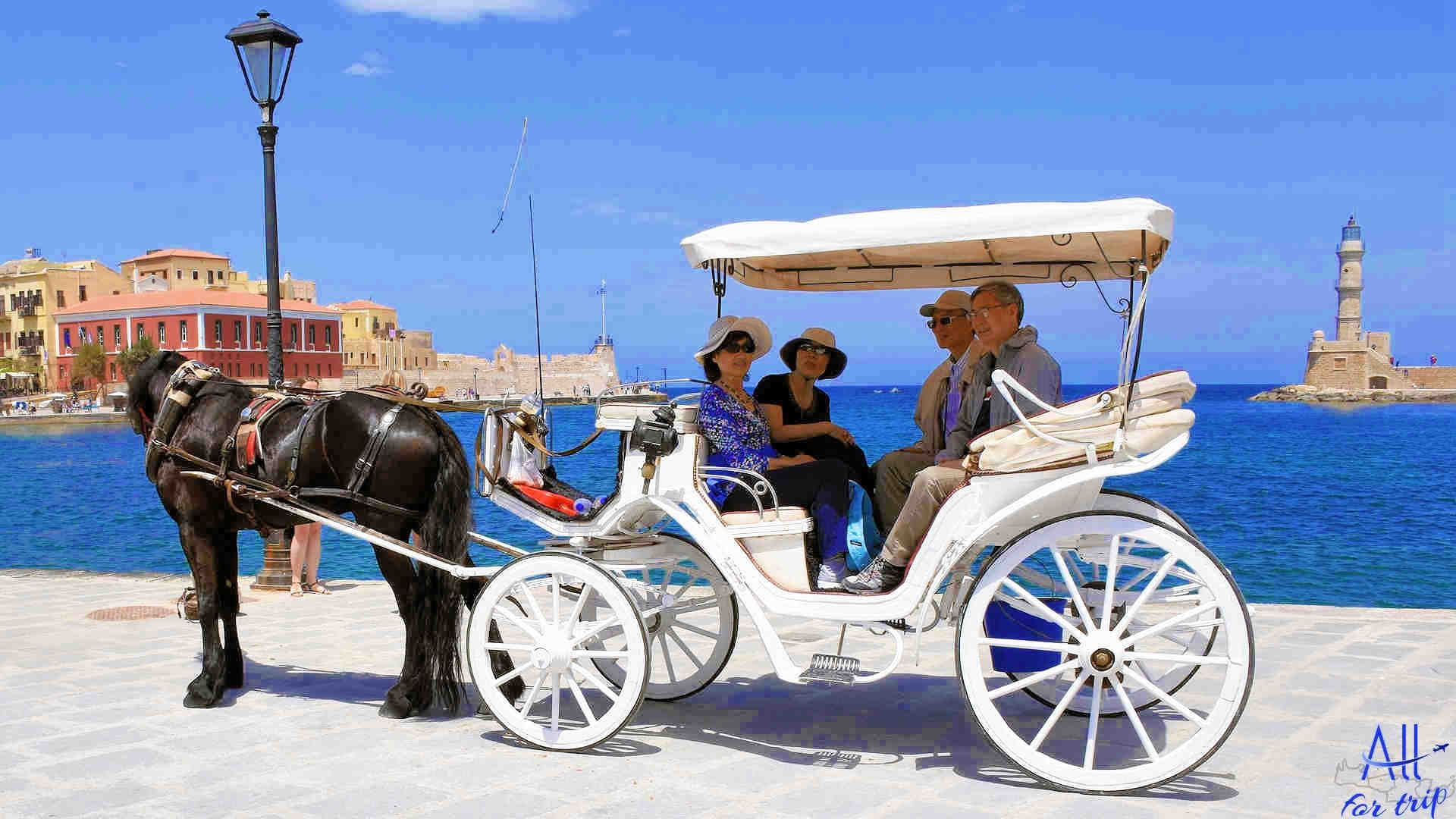
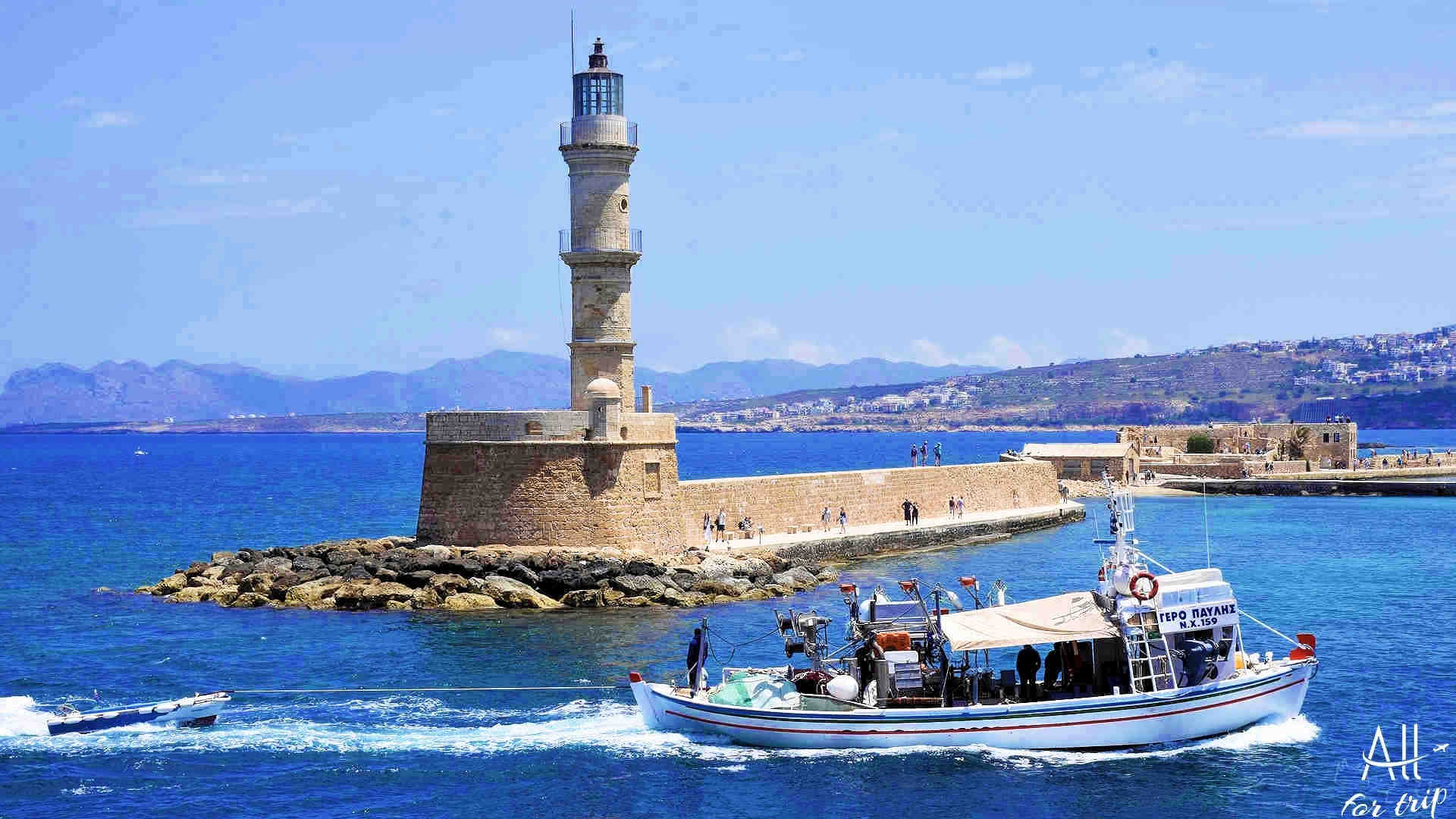
THE VENETIAN SHIPYARD
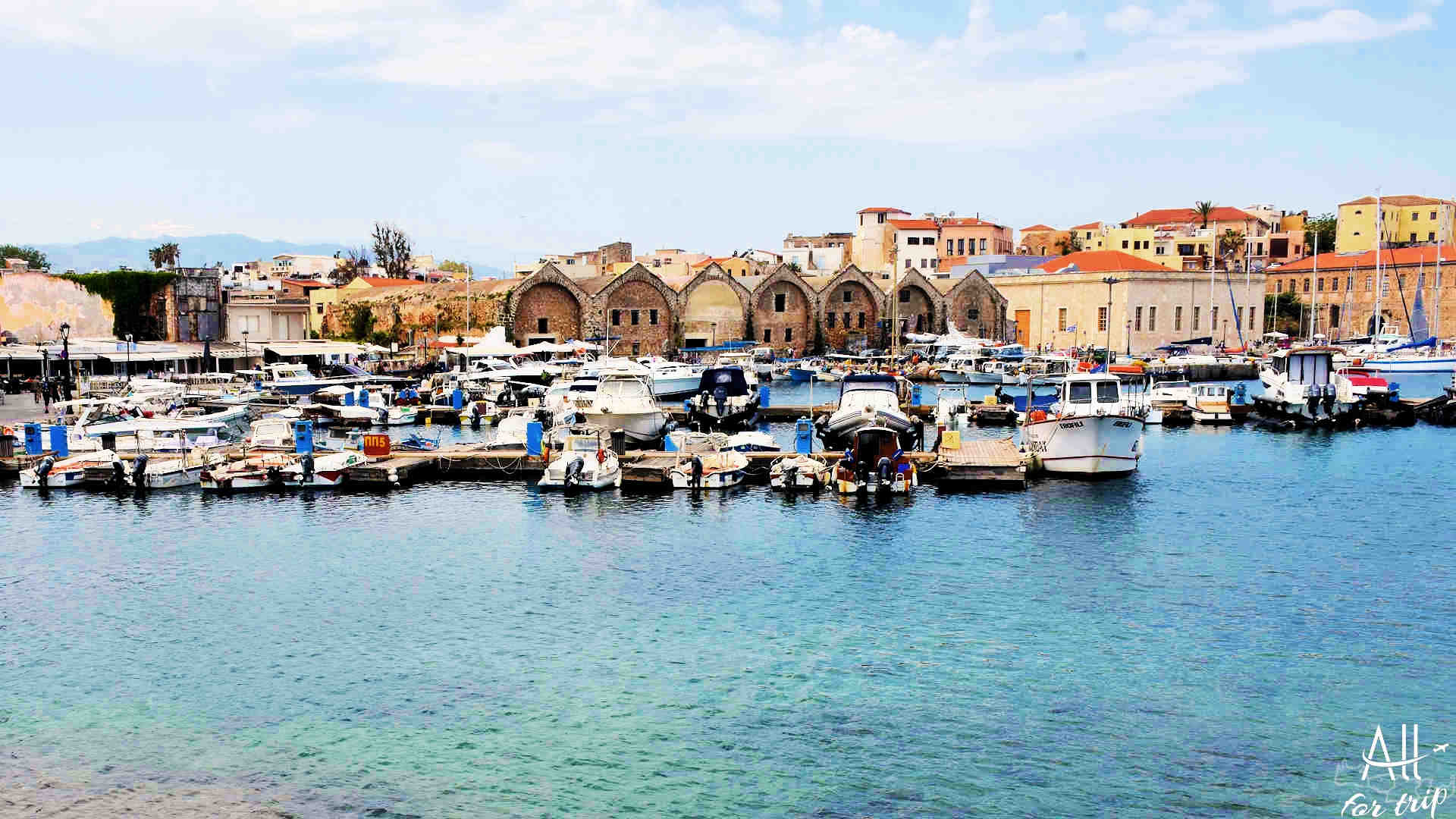
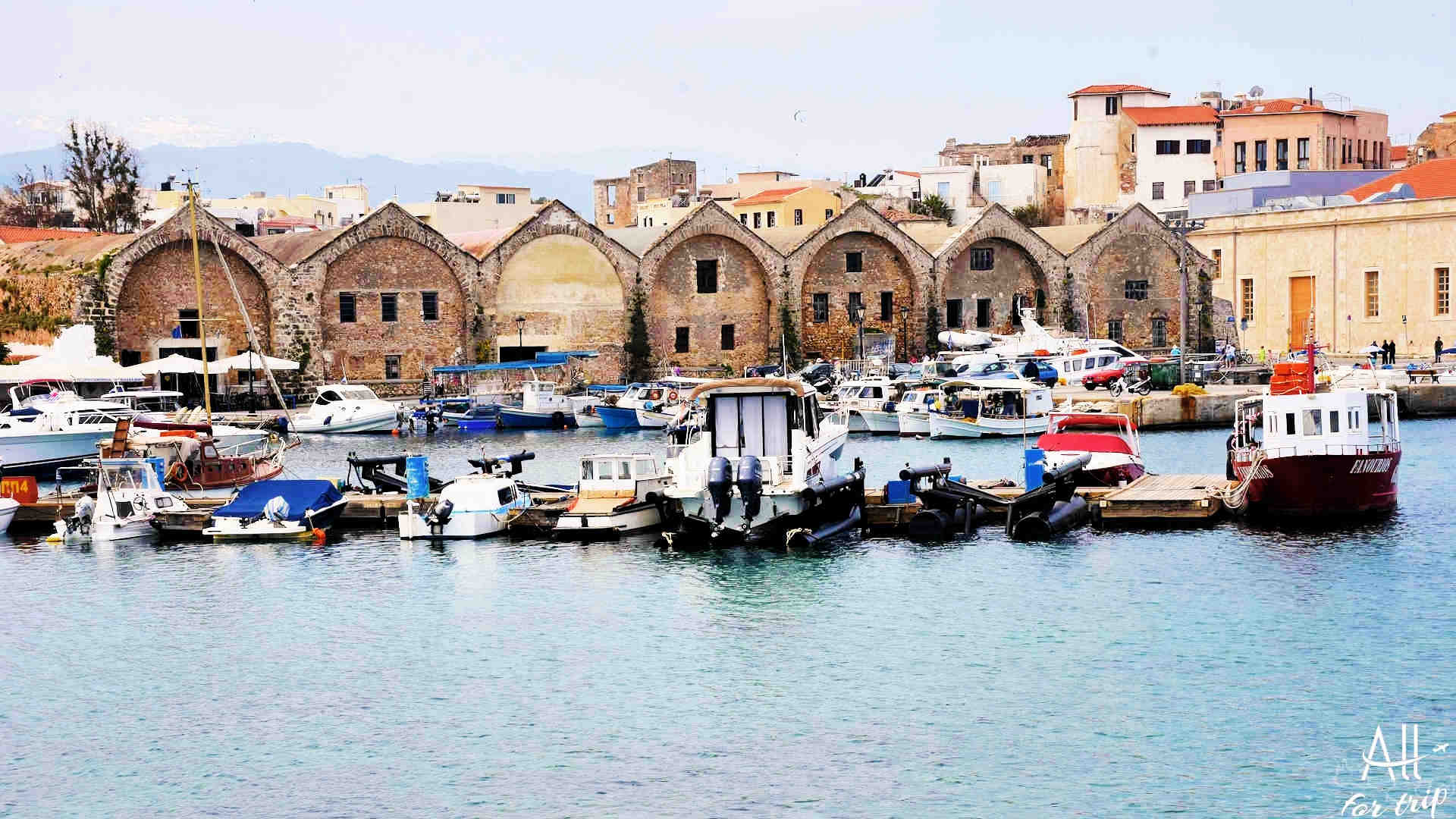
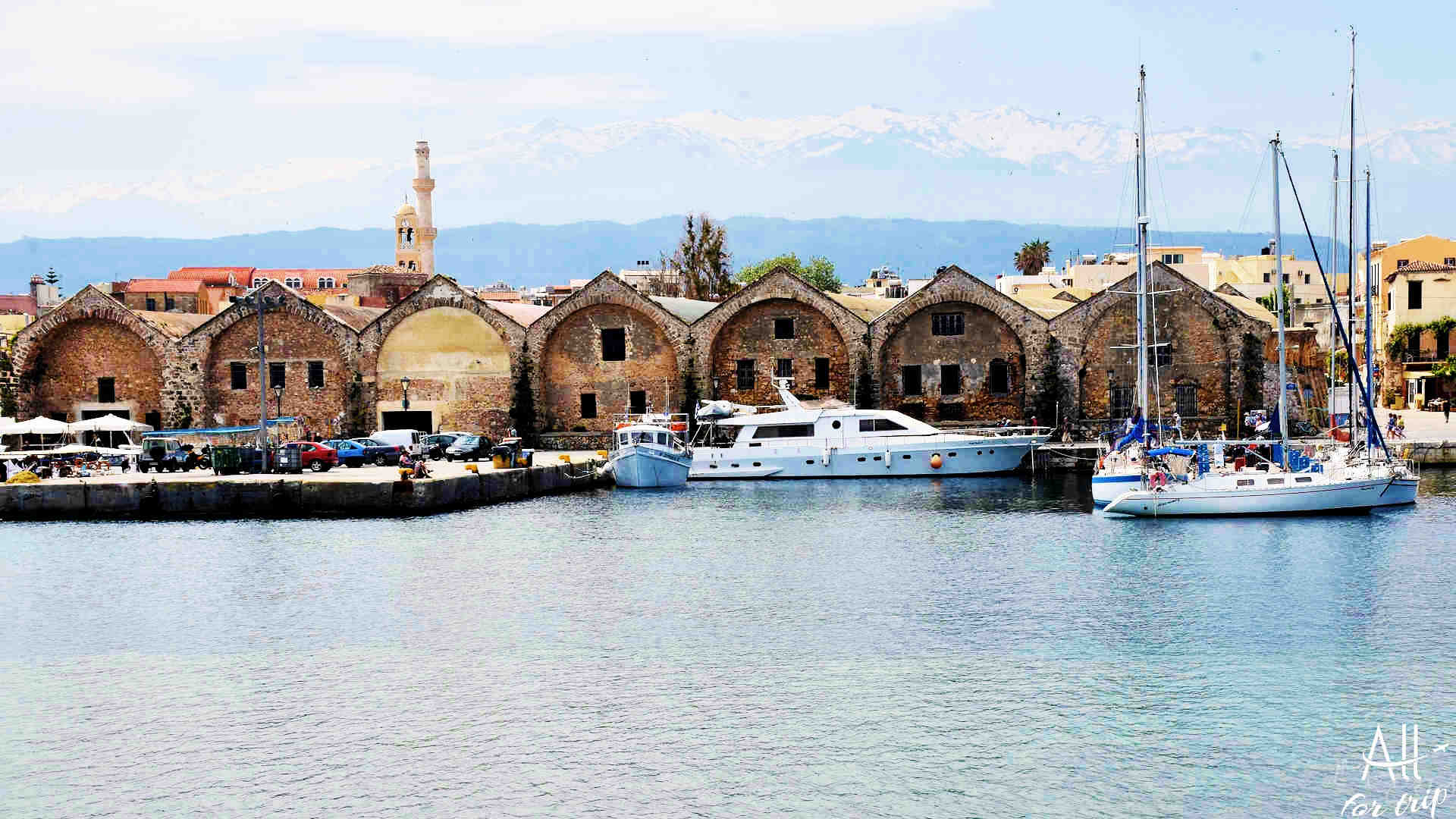
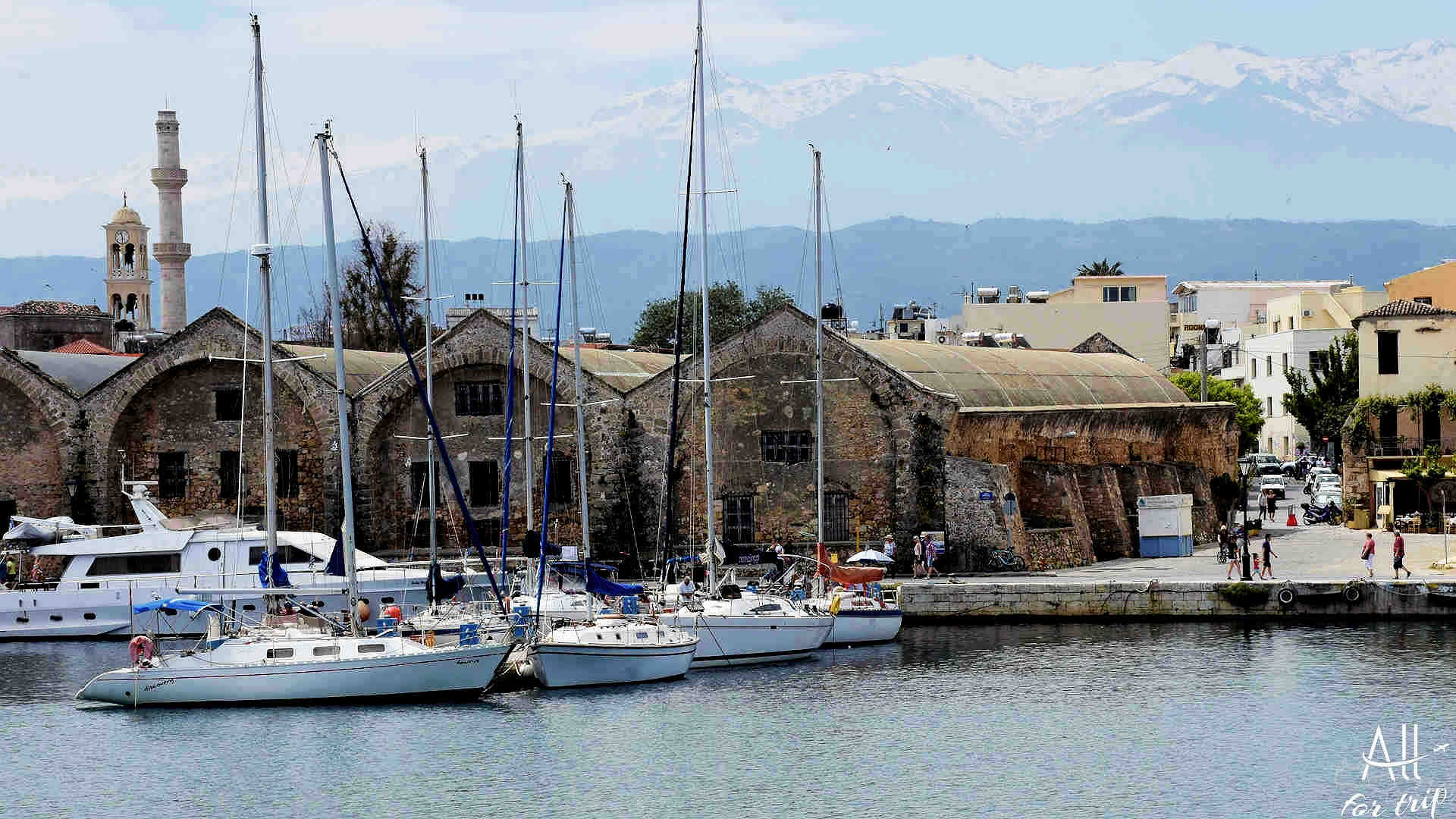
A ROW OF BAZARS TYPICAL OF TURKISH CITIES
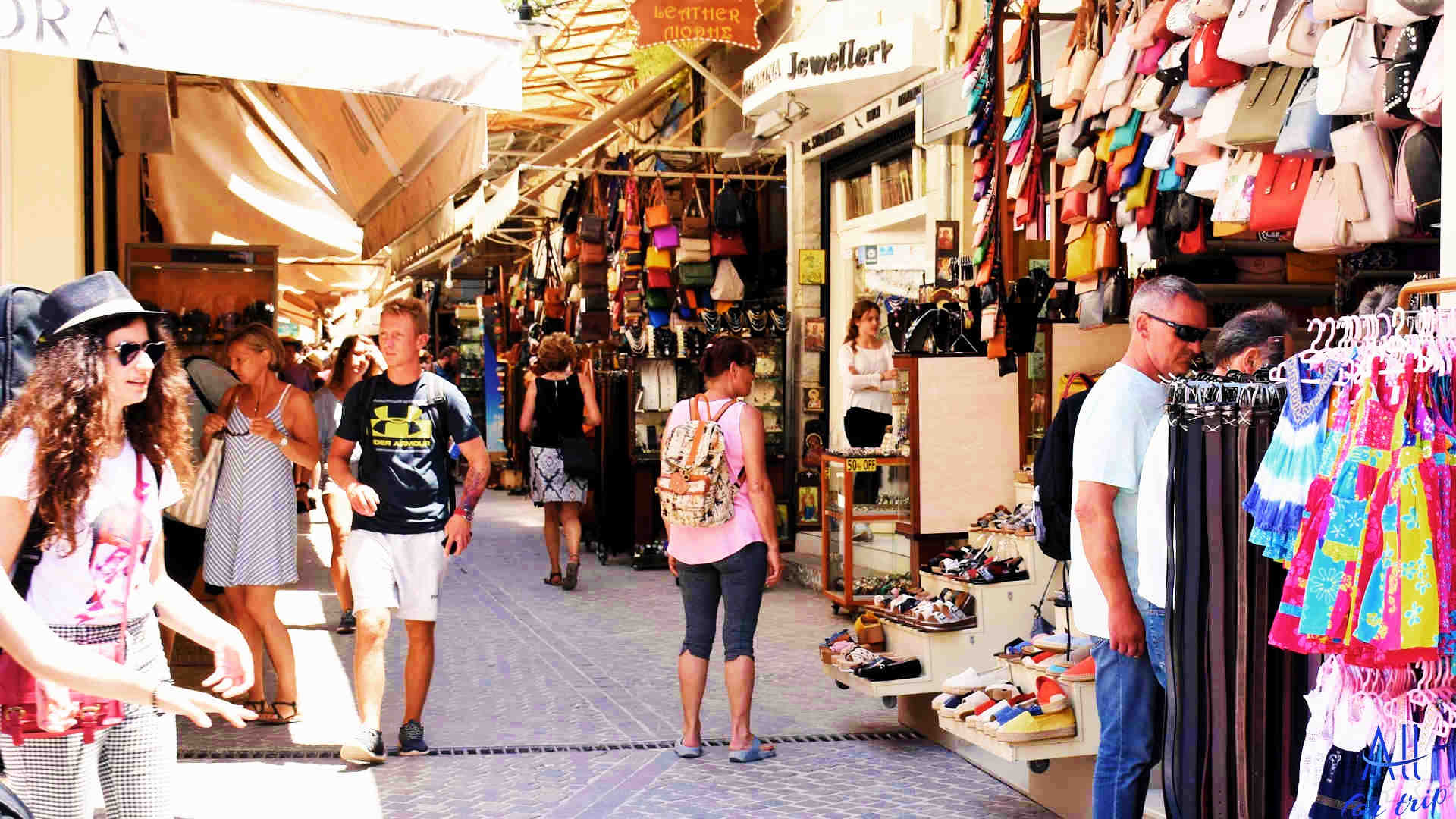
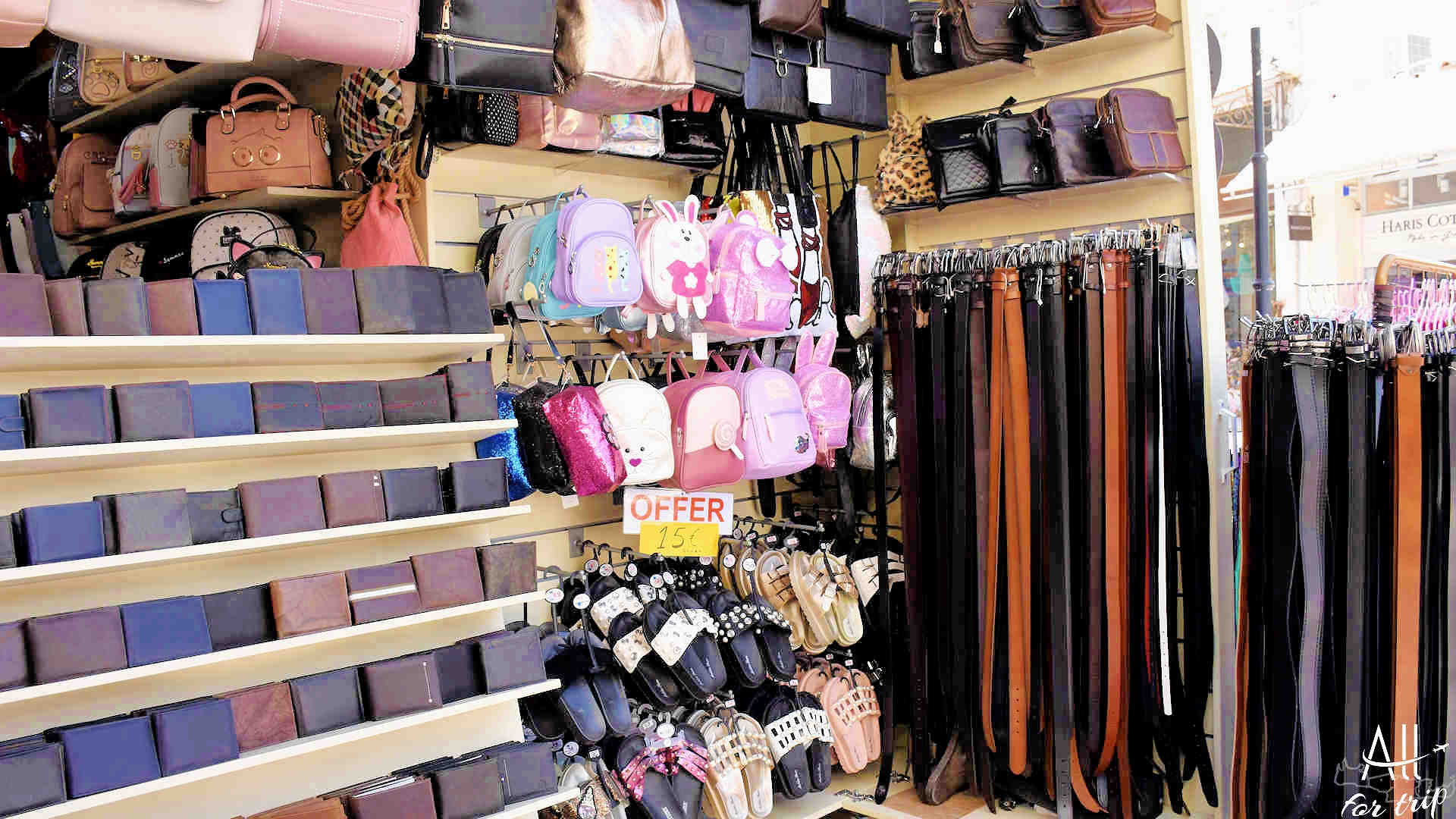
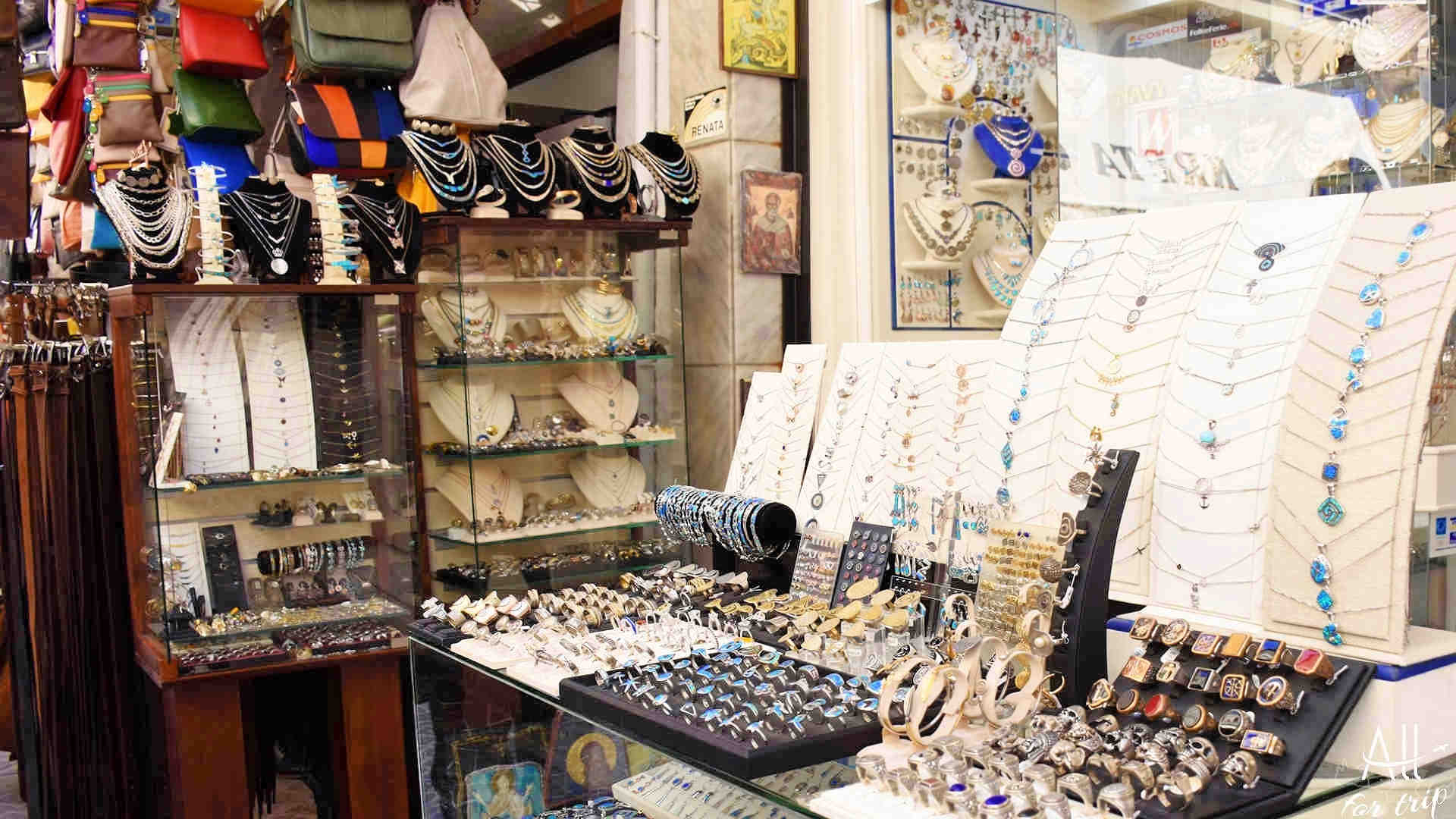
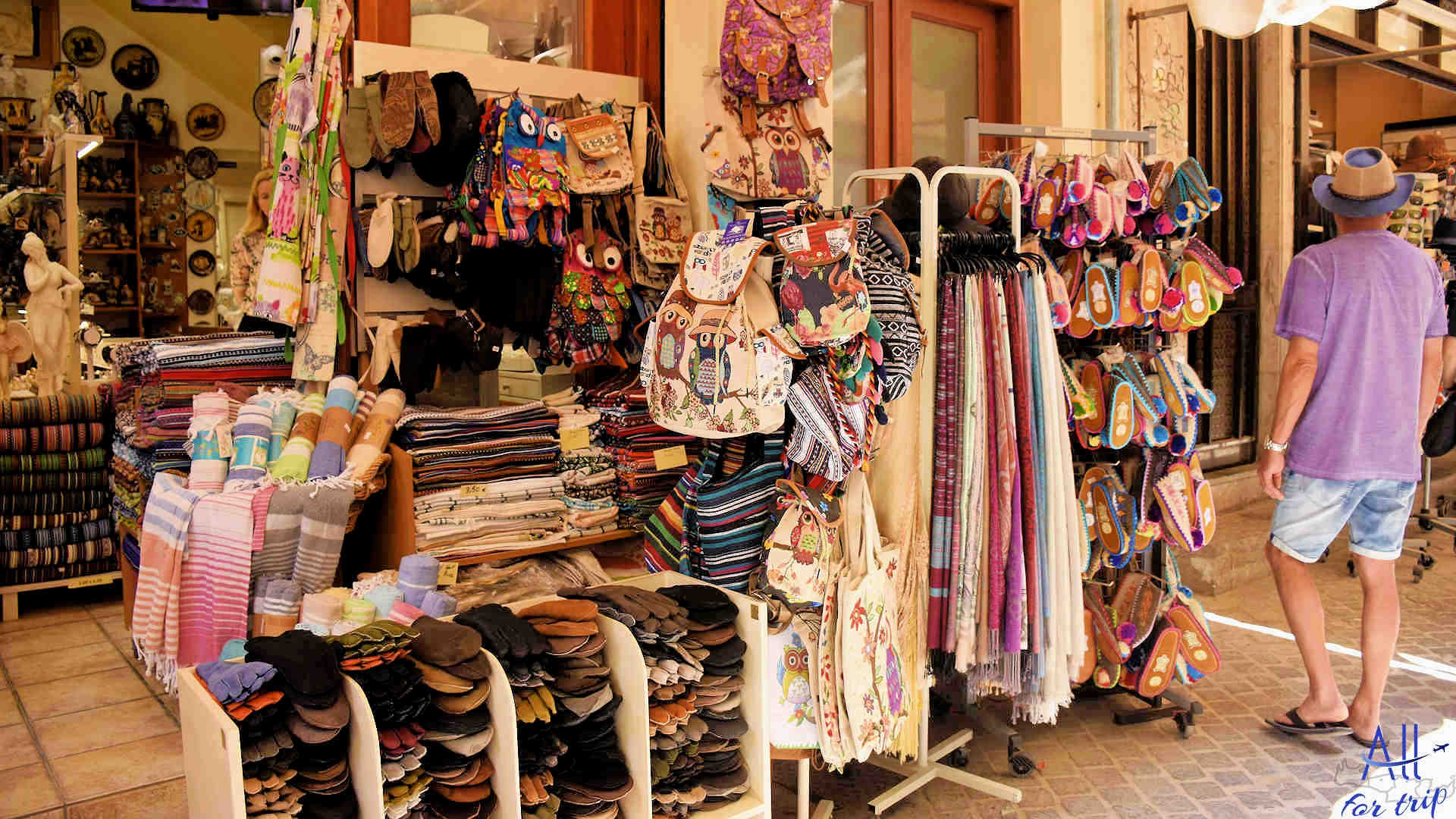
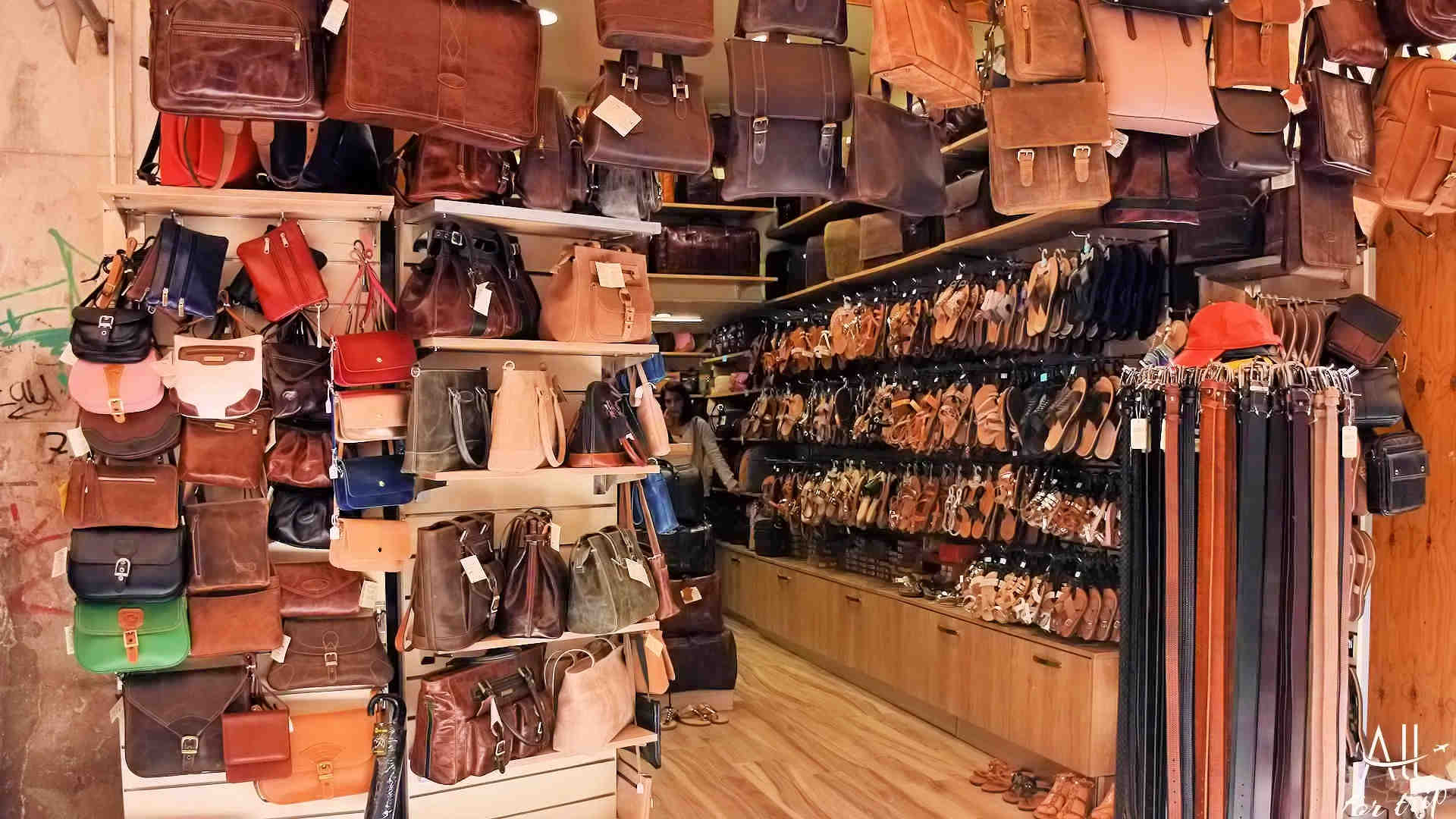
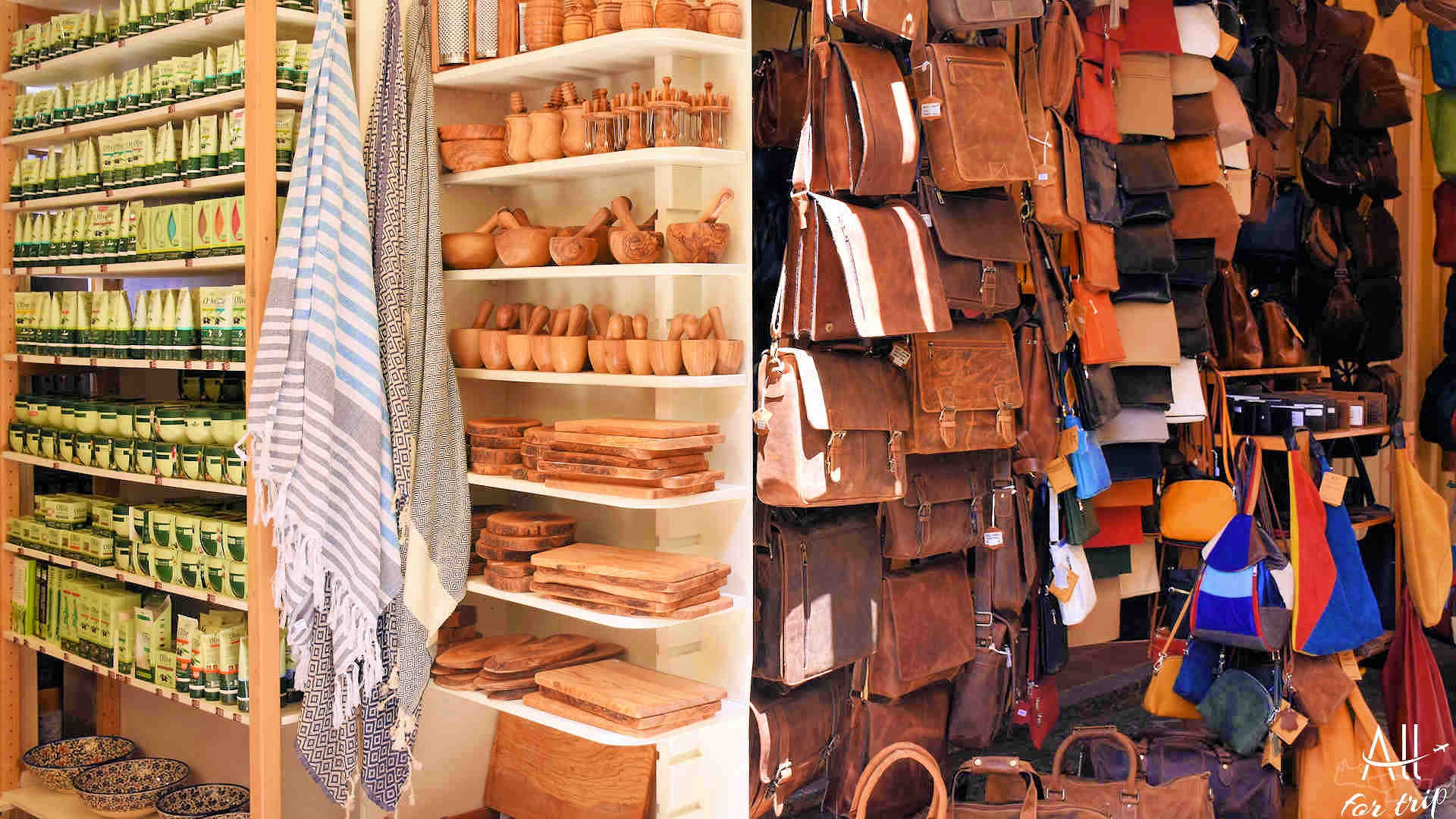
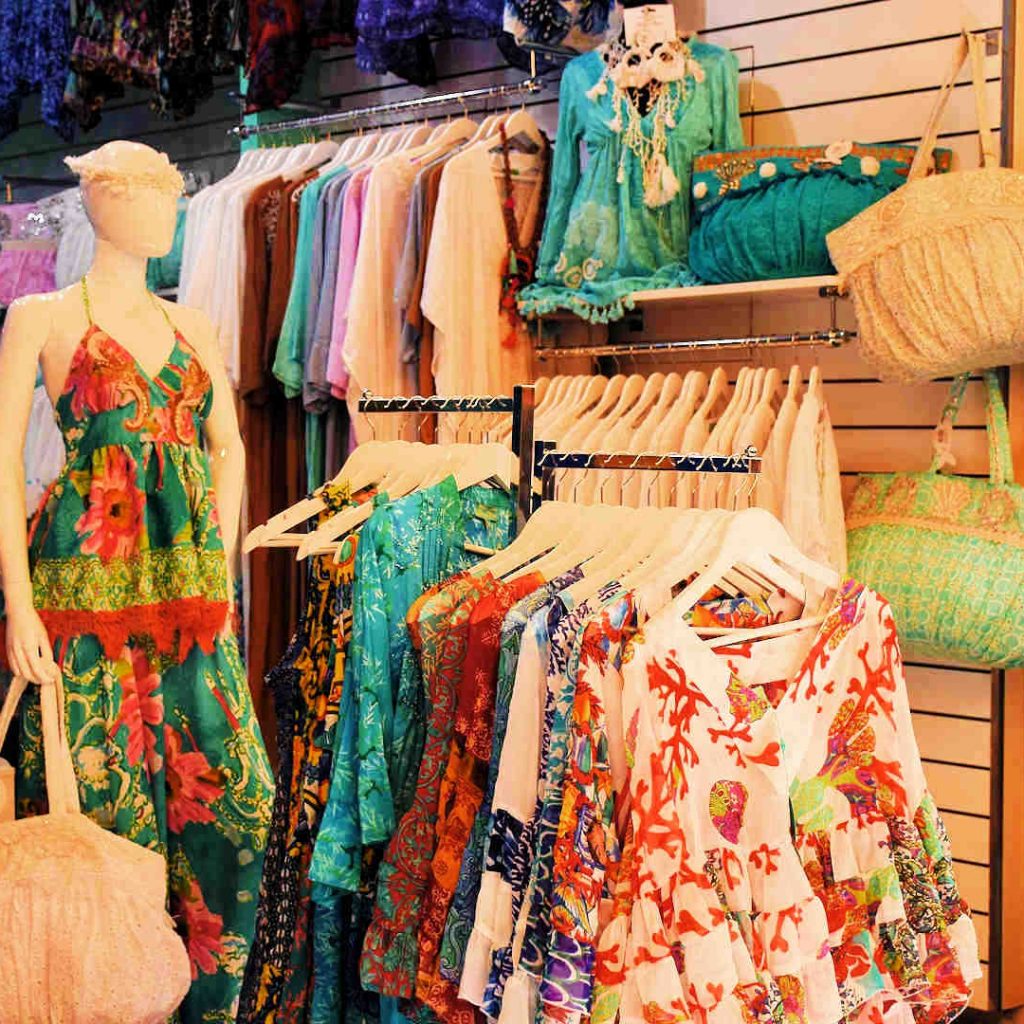
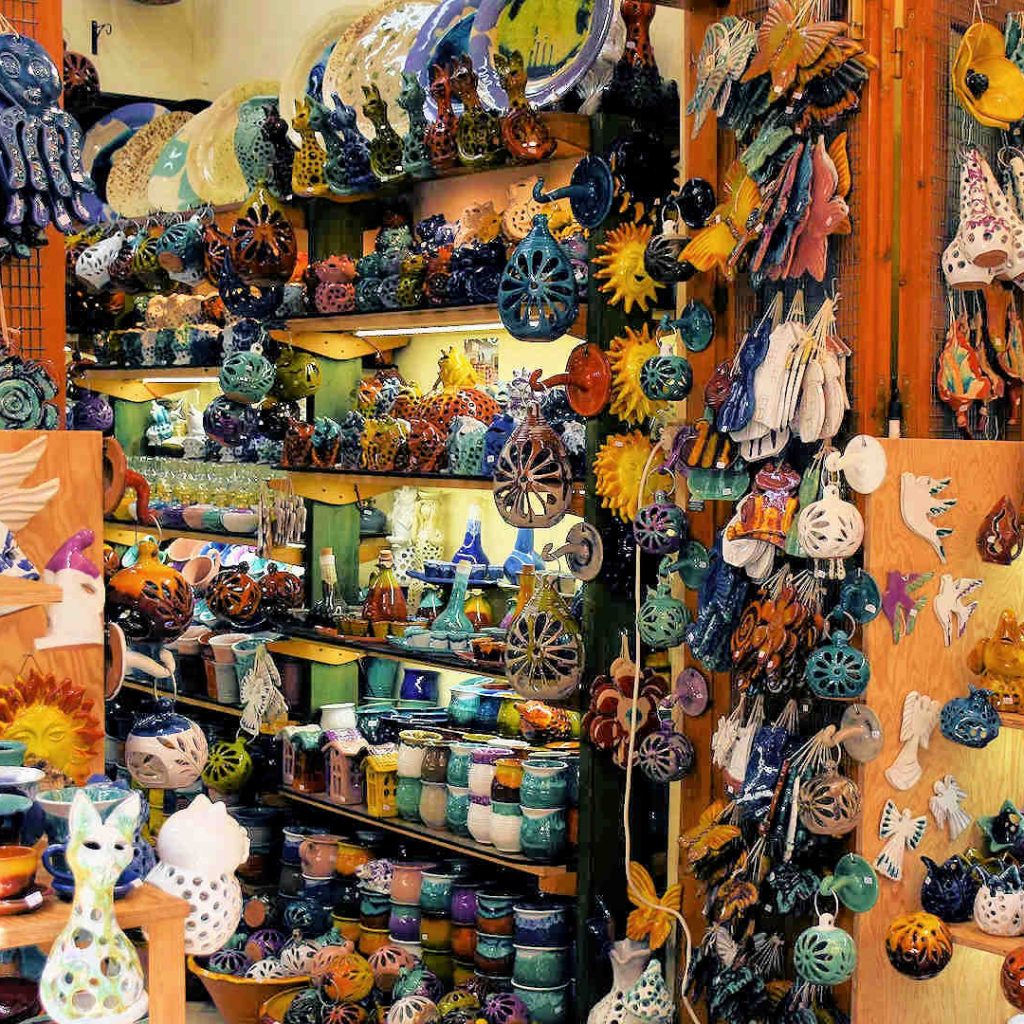
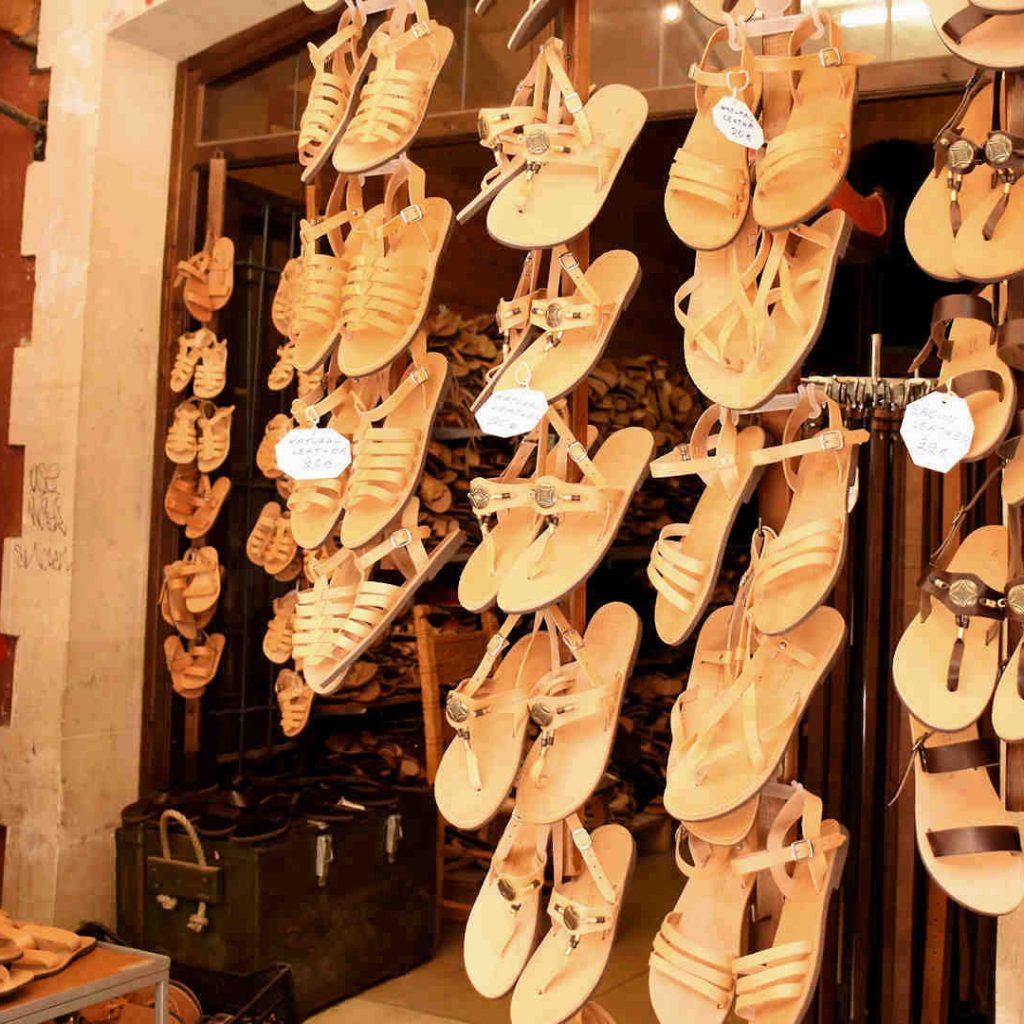
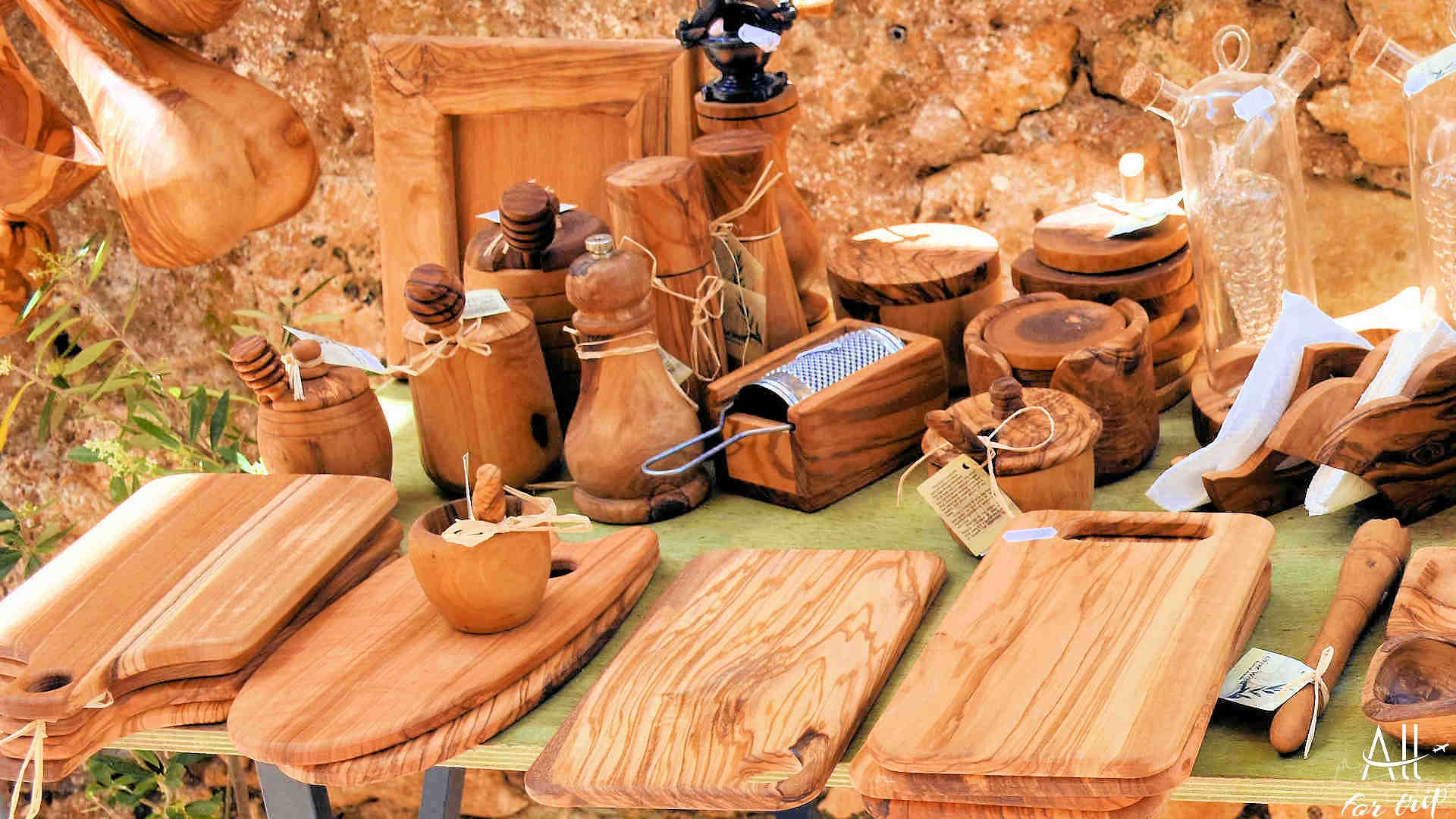

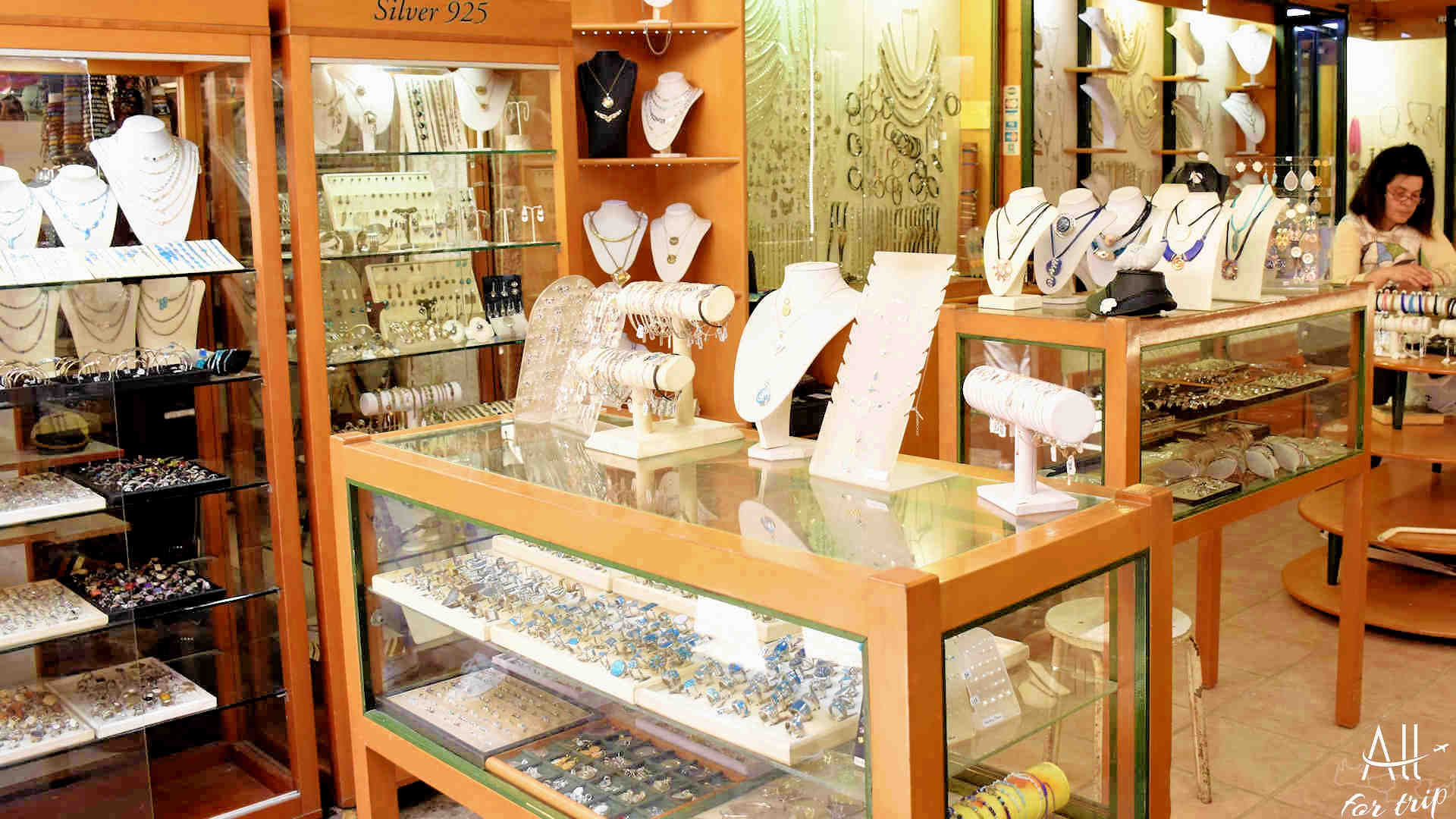

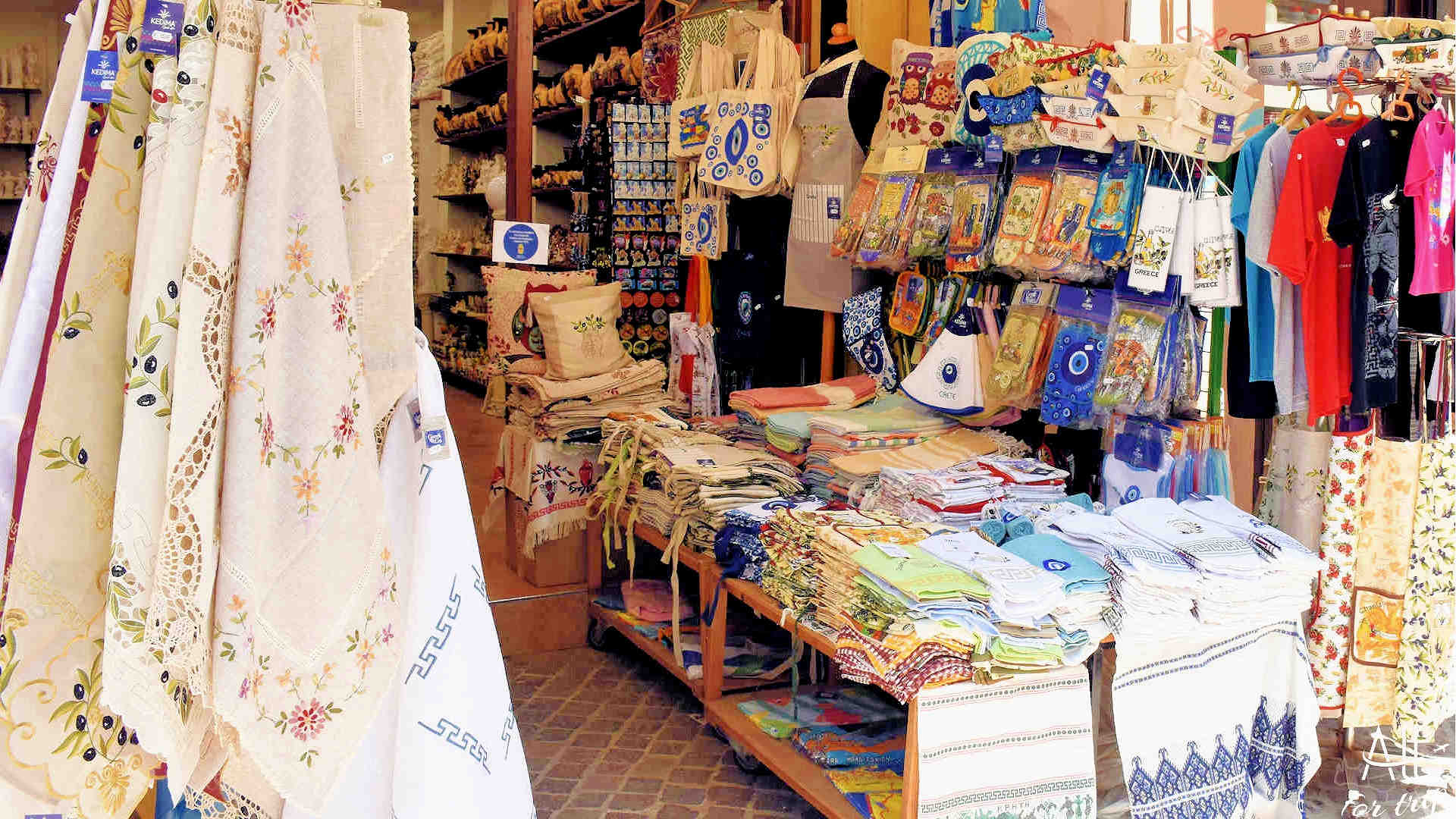
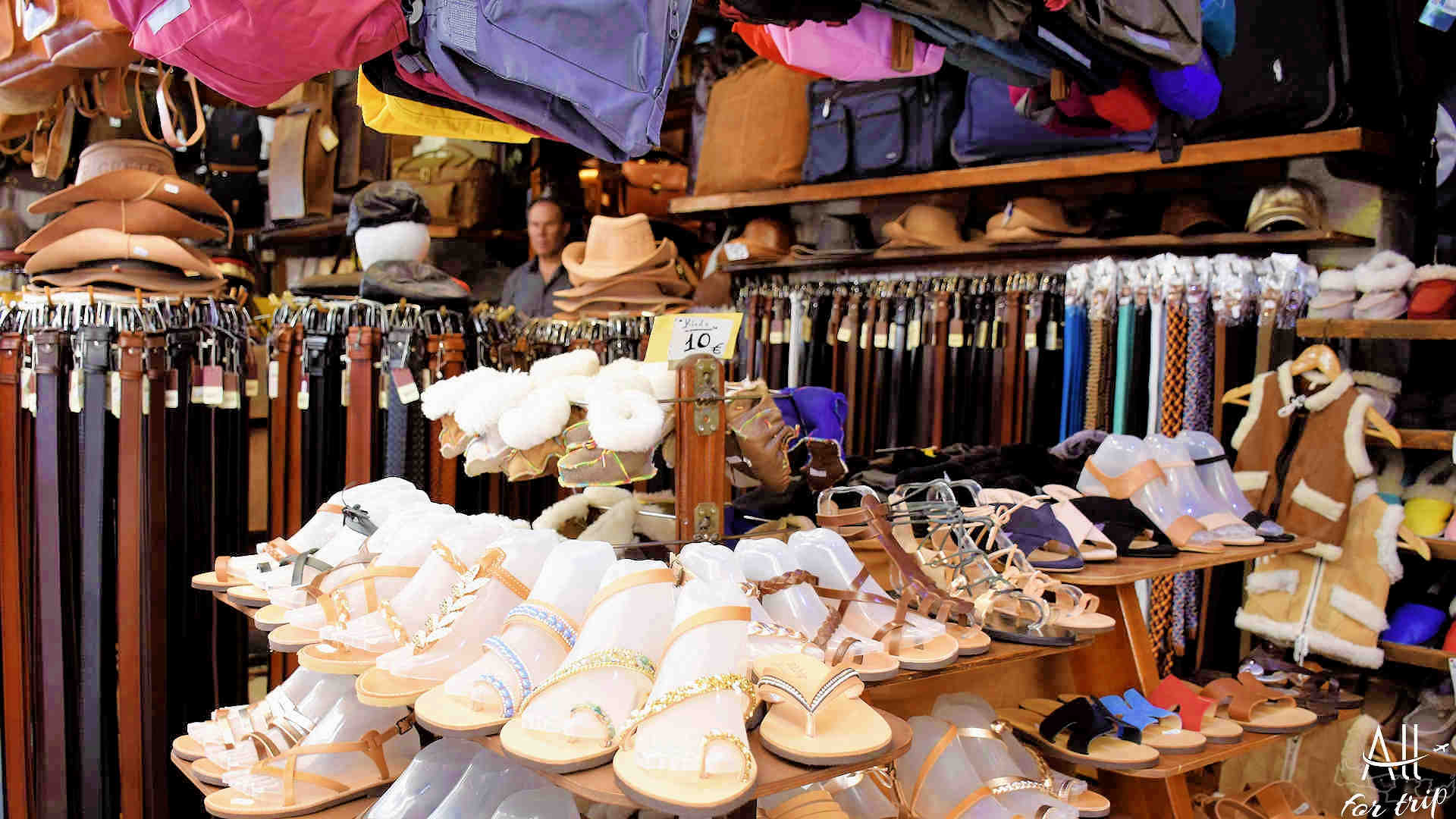
WHERE CULTURES MIX
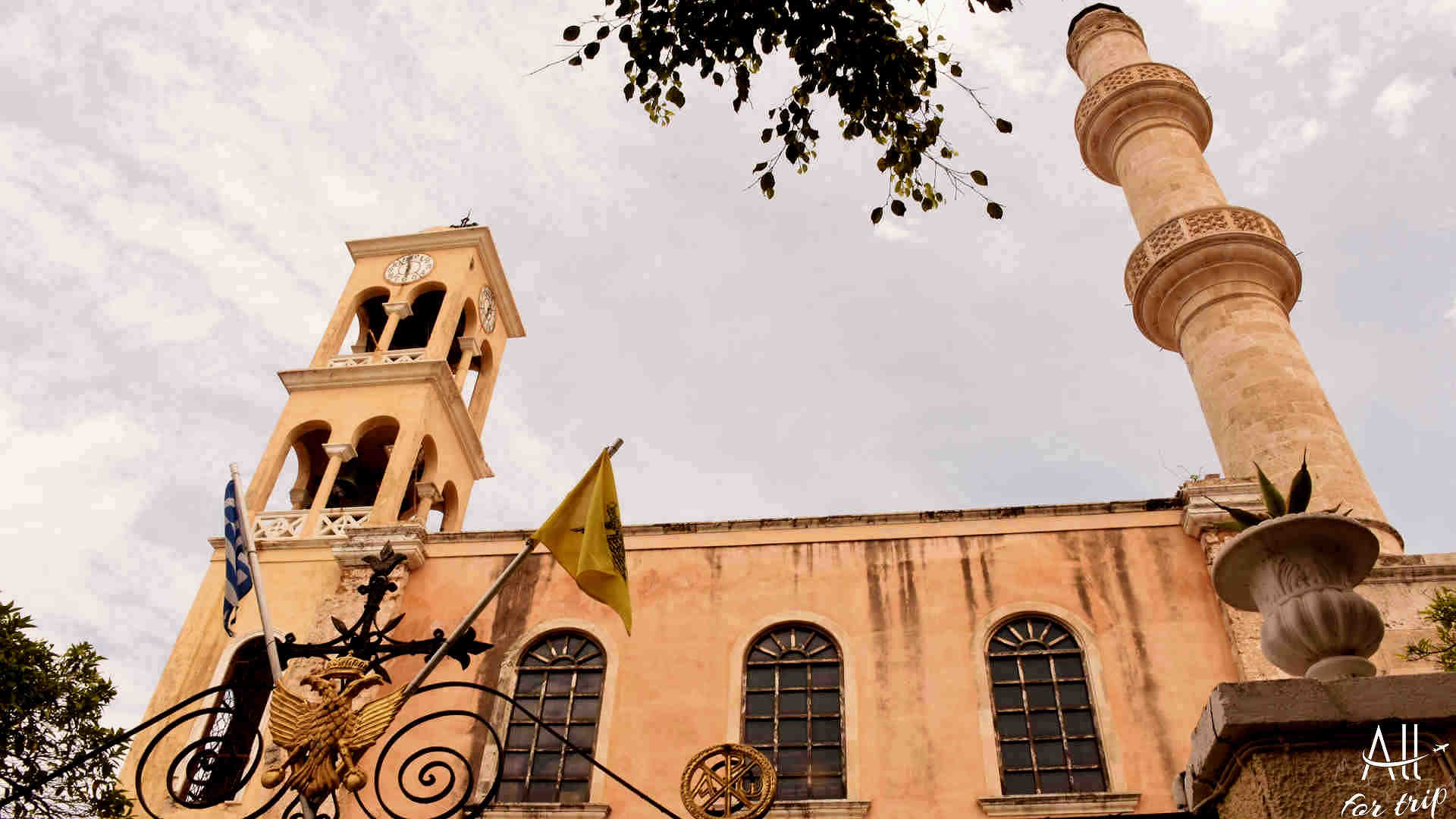
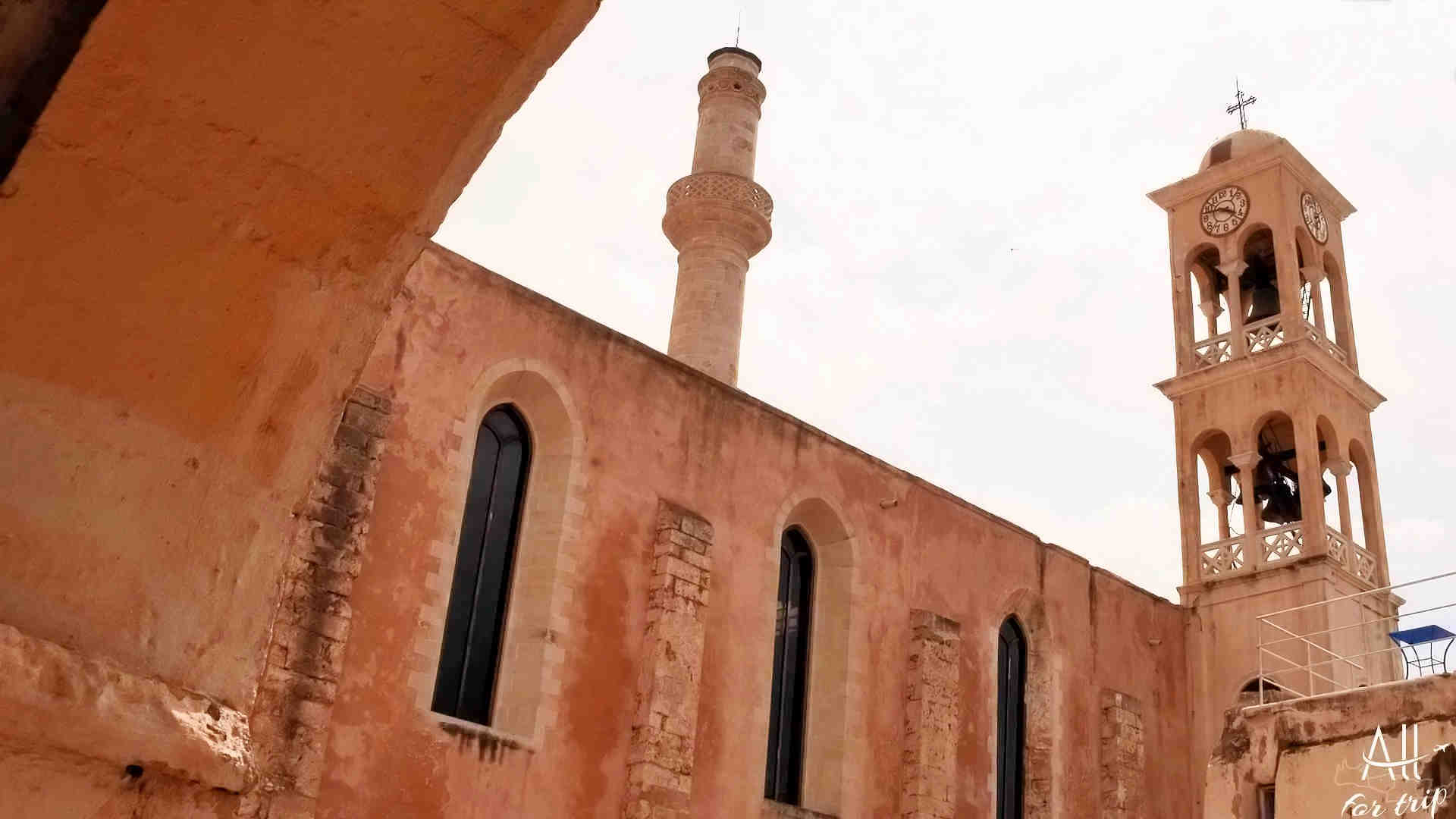
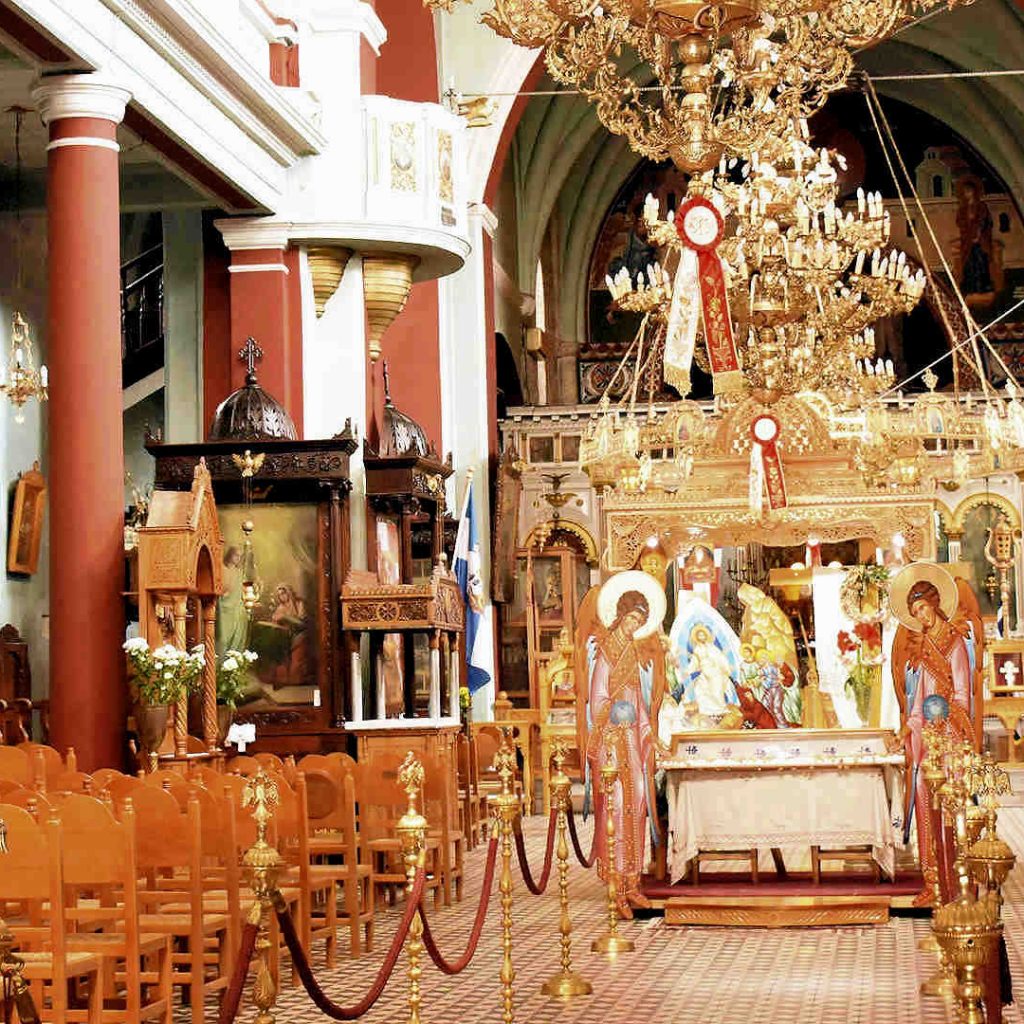
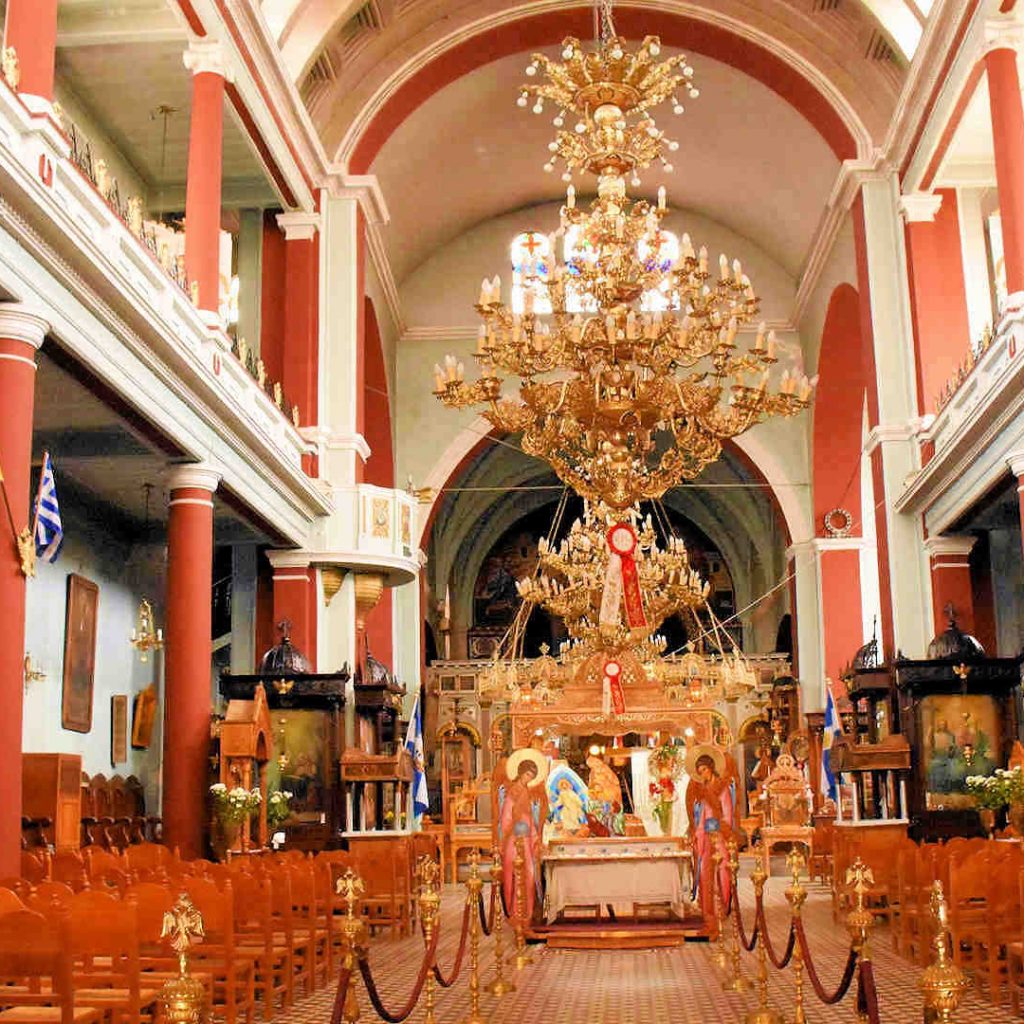
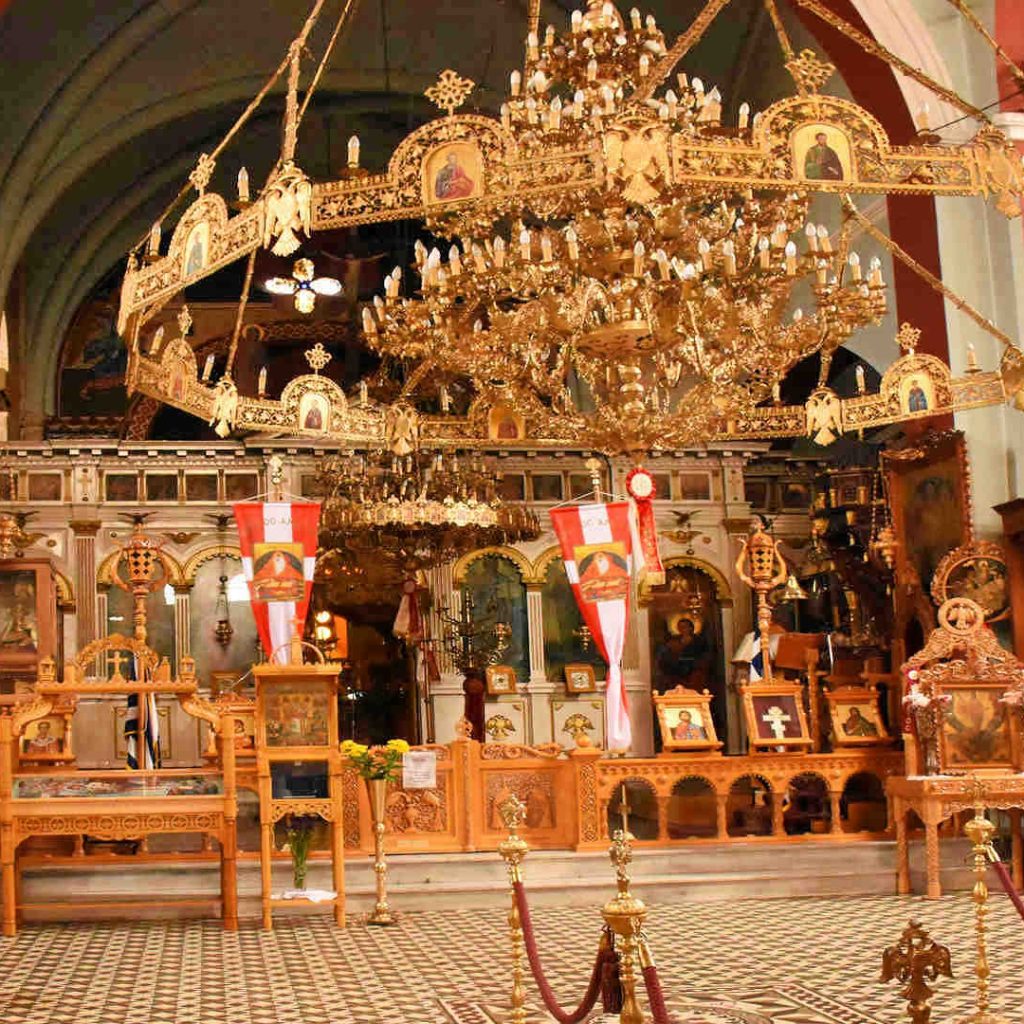
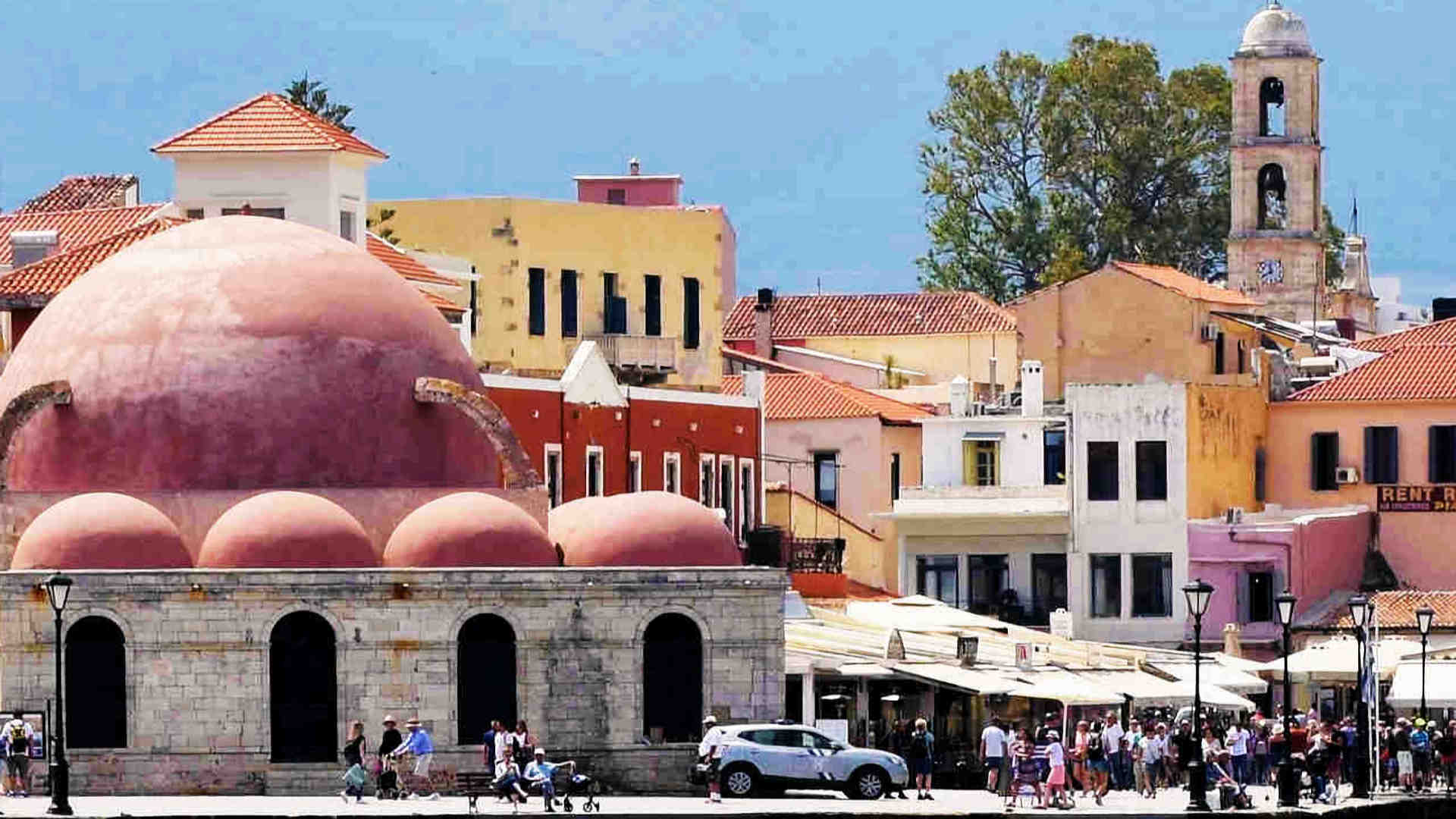
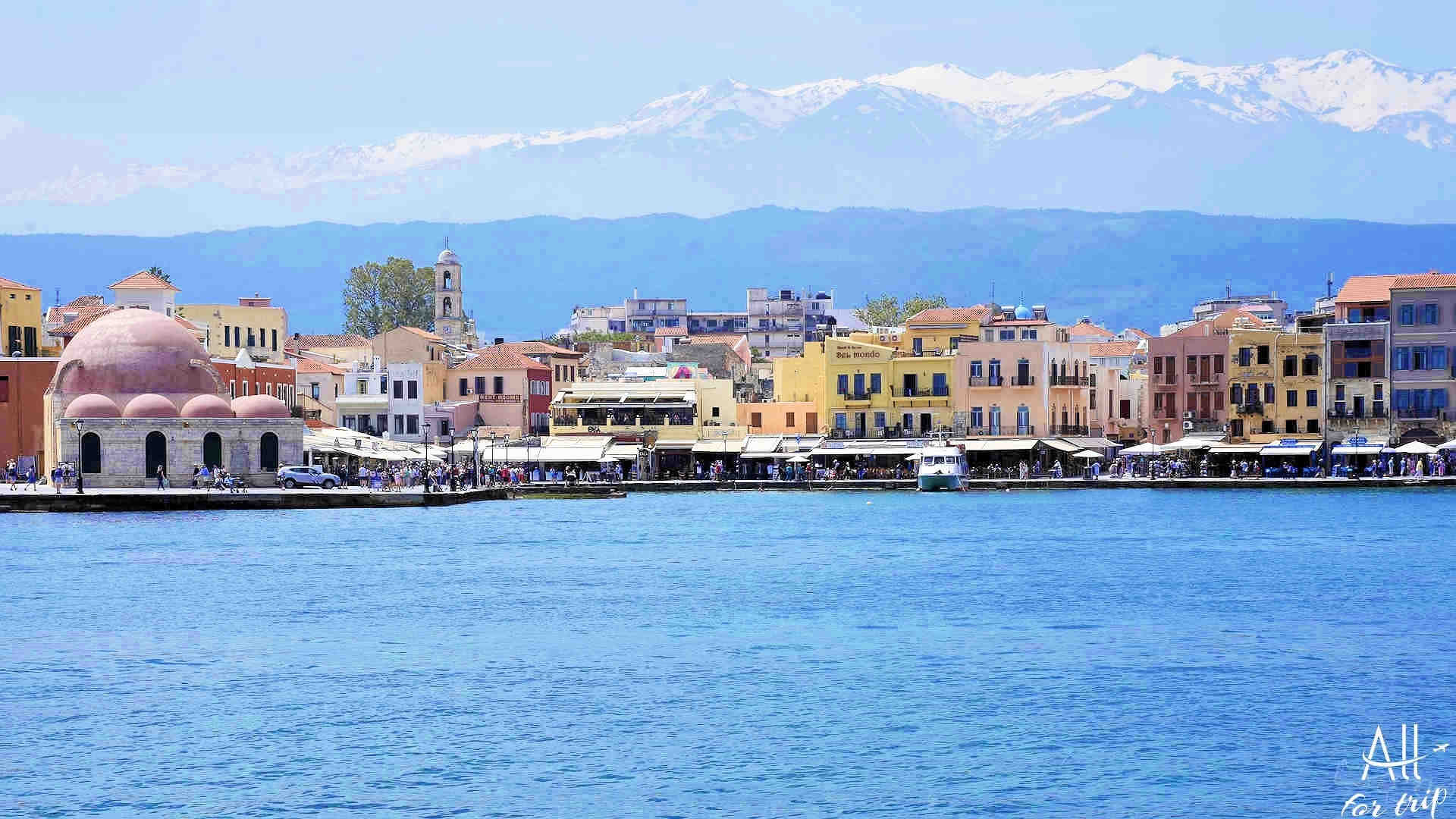
PHOTO GALLERY
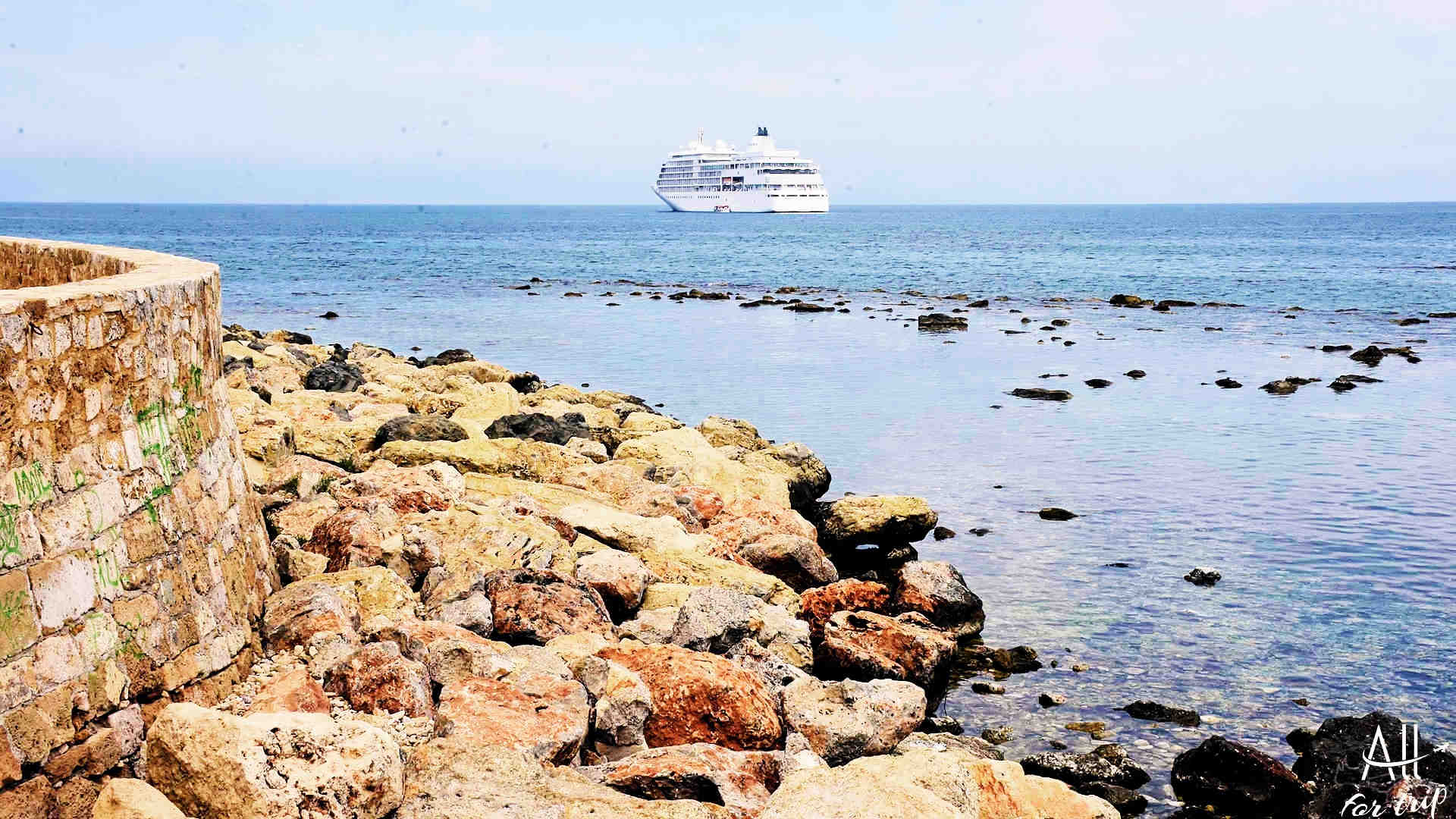
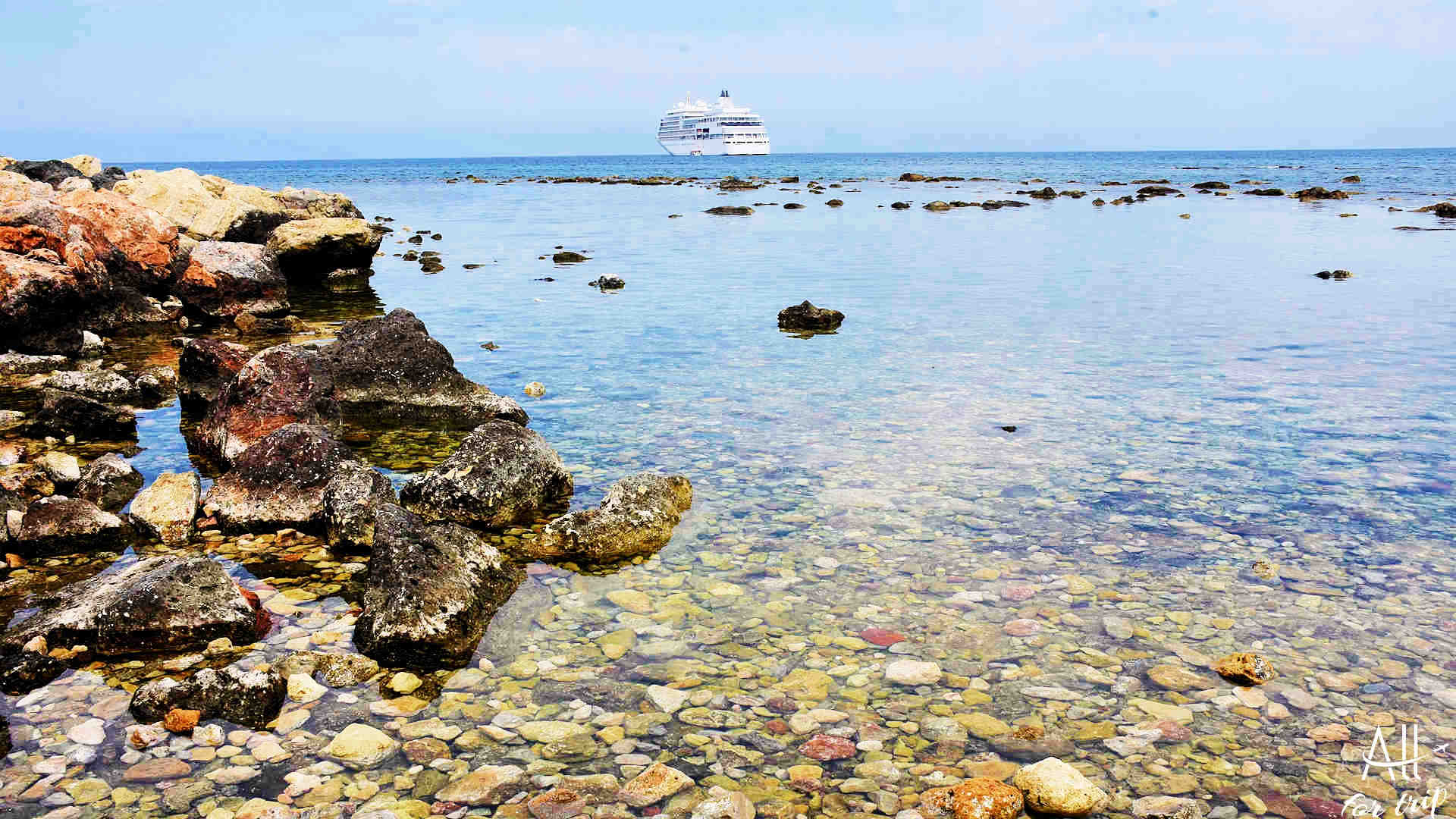
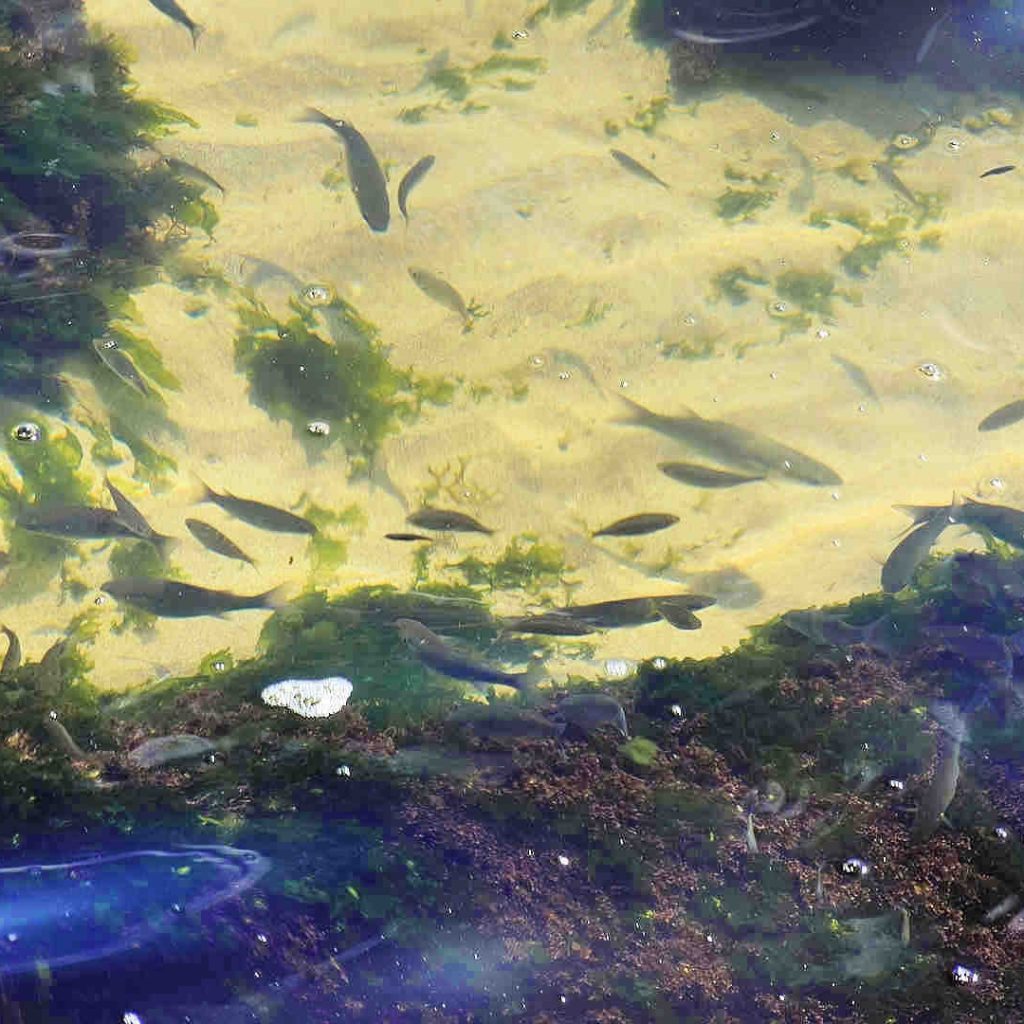
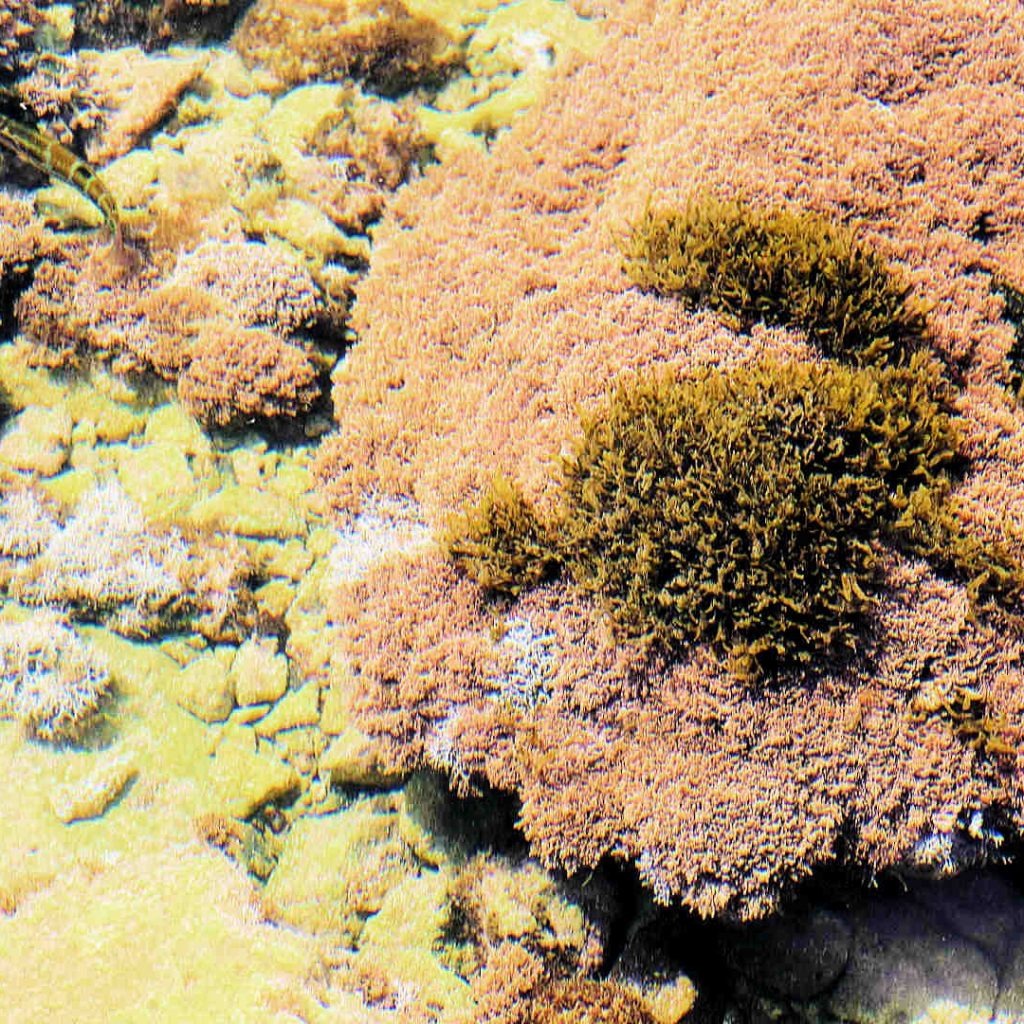
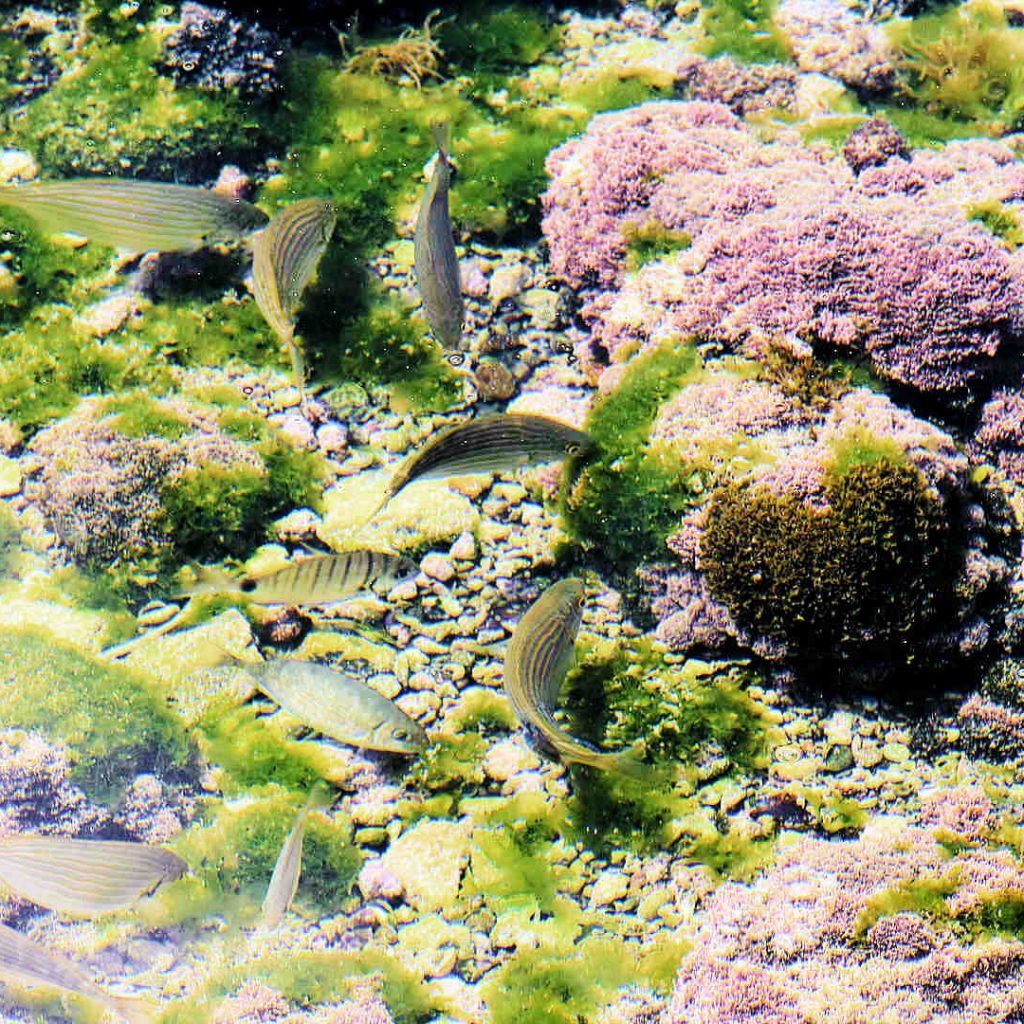
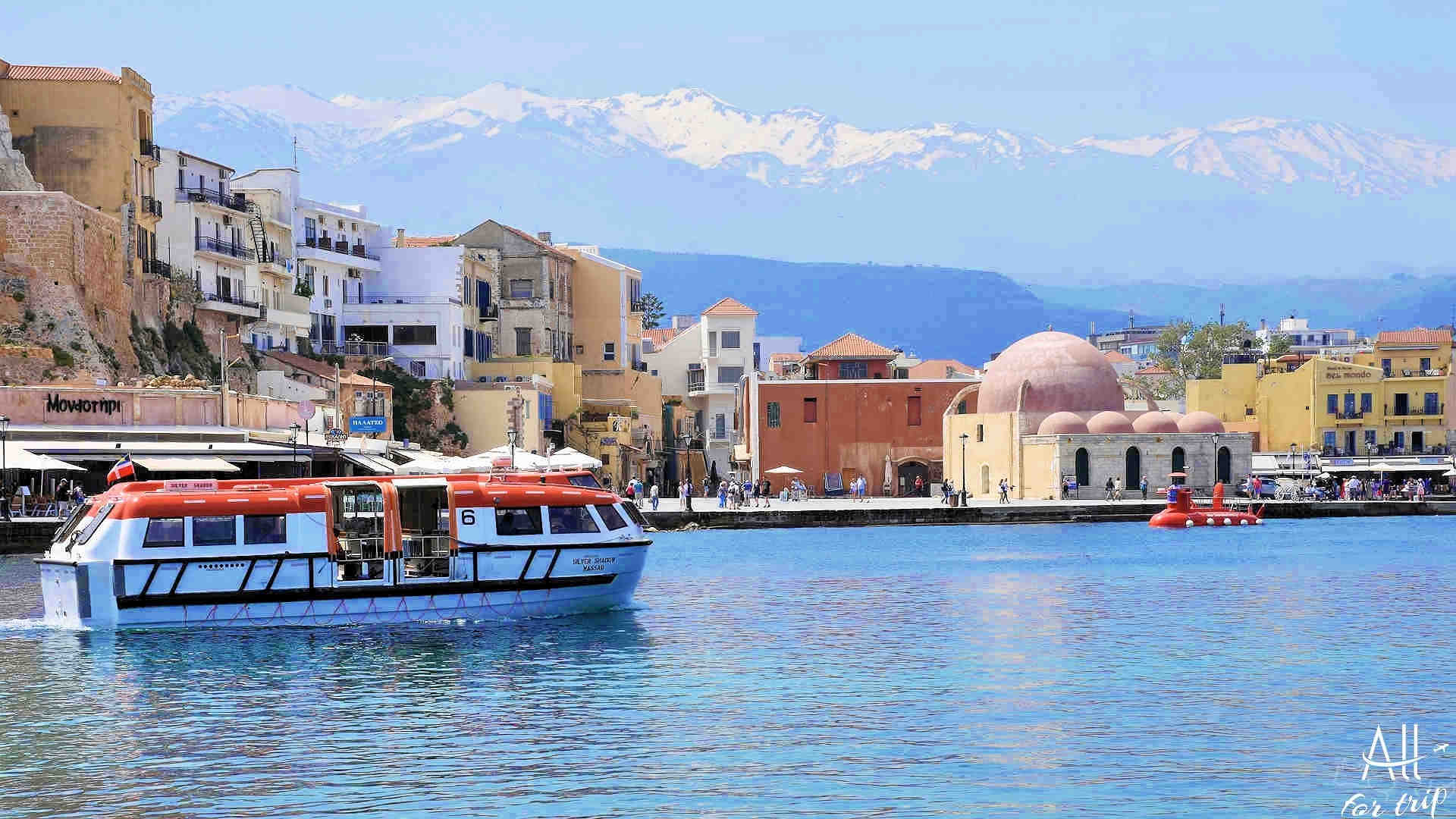
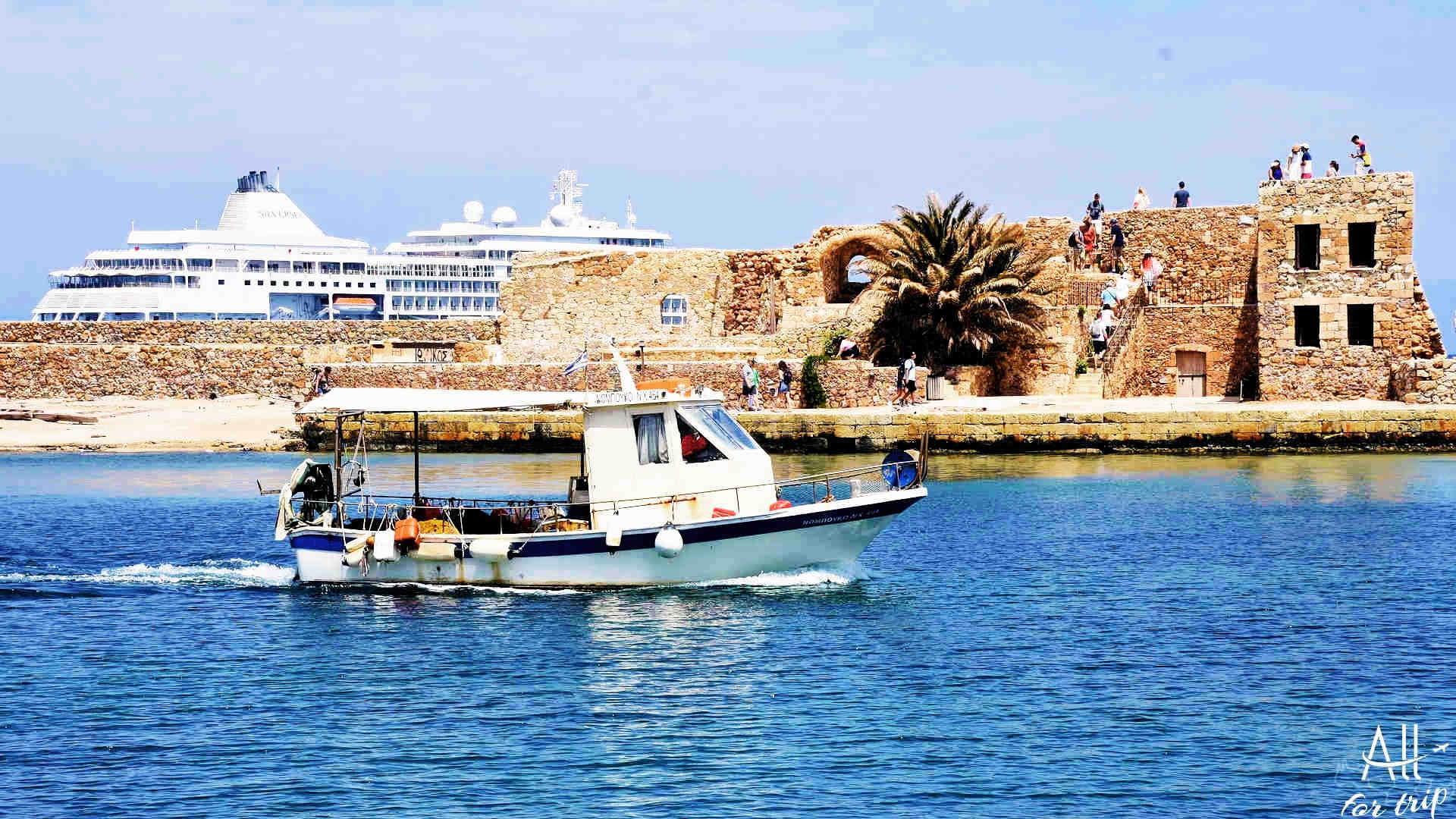
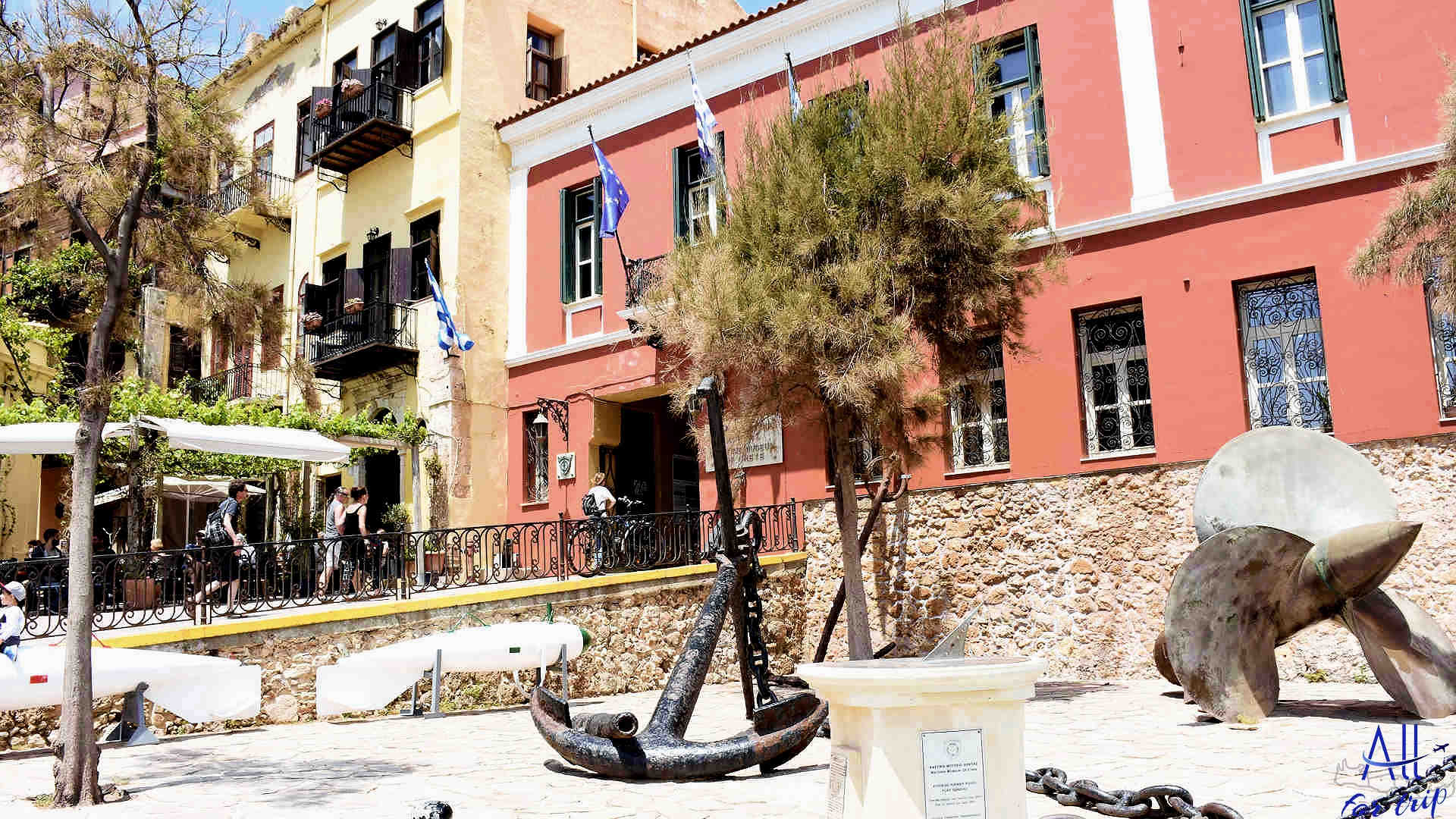
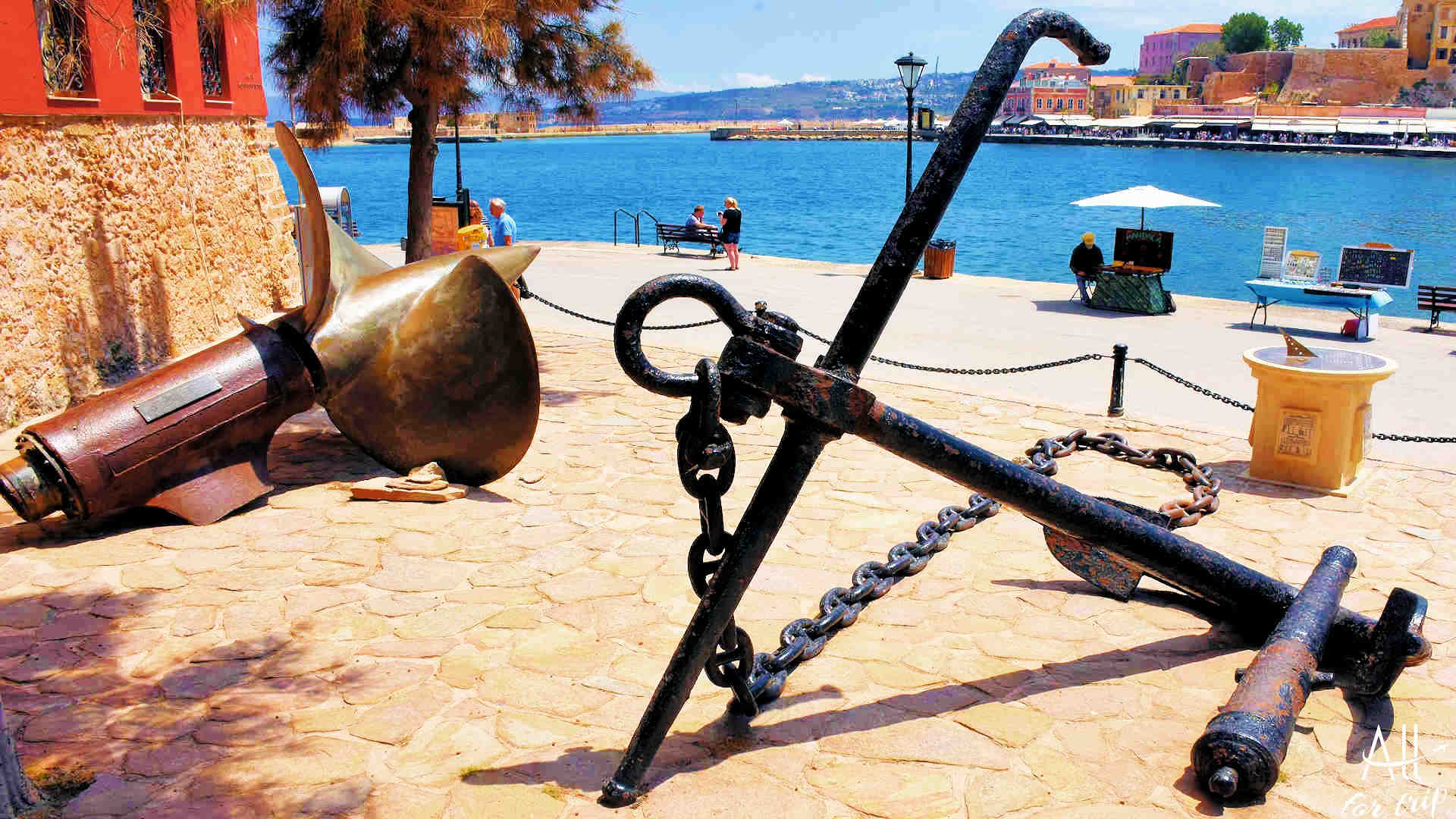
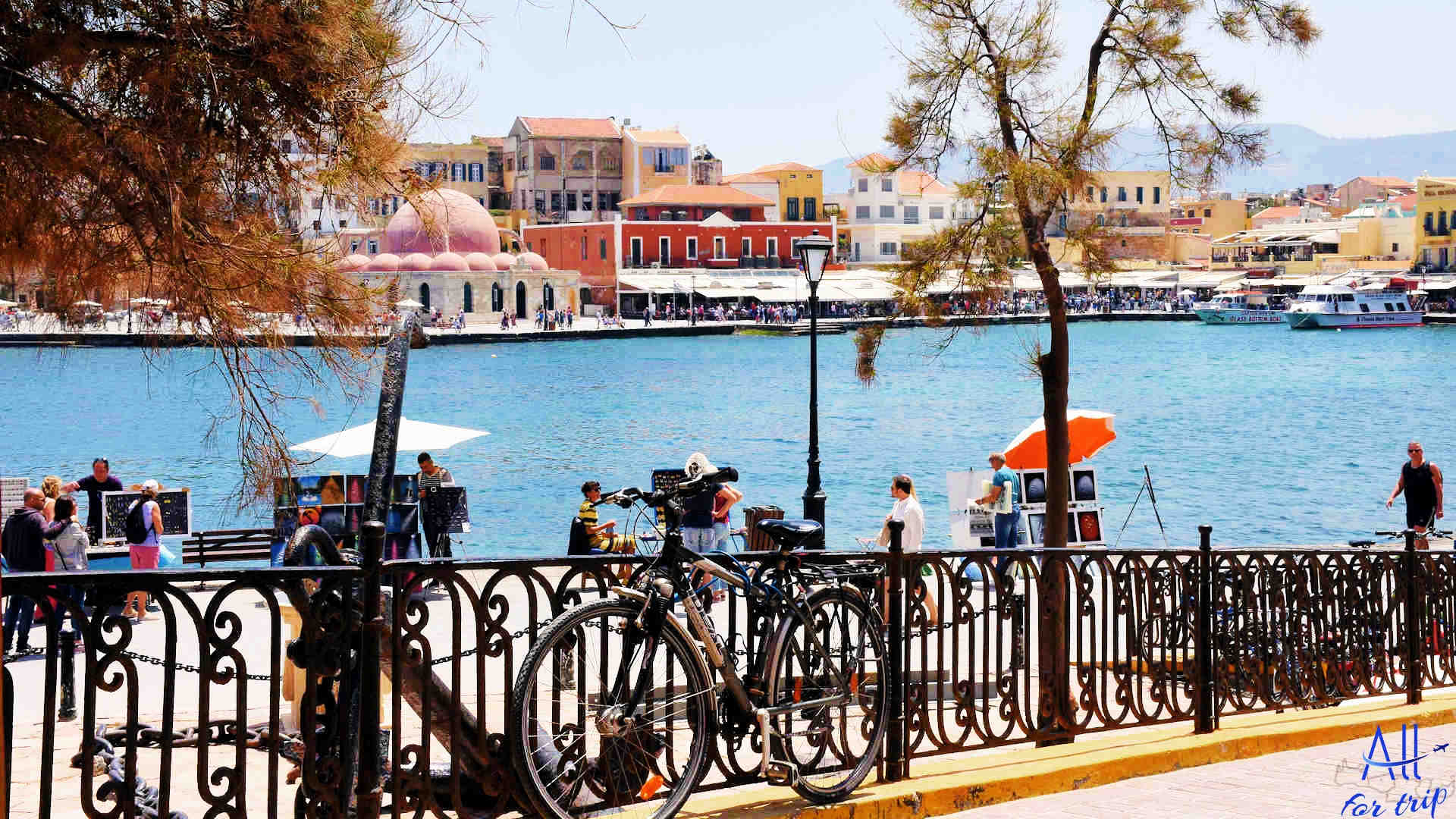
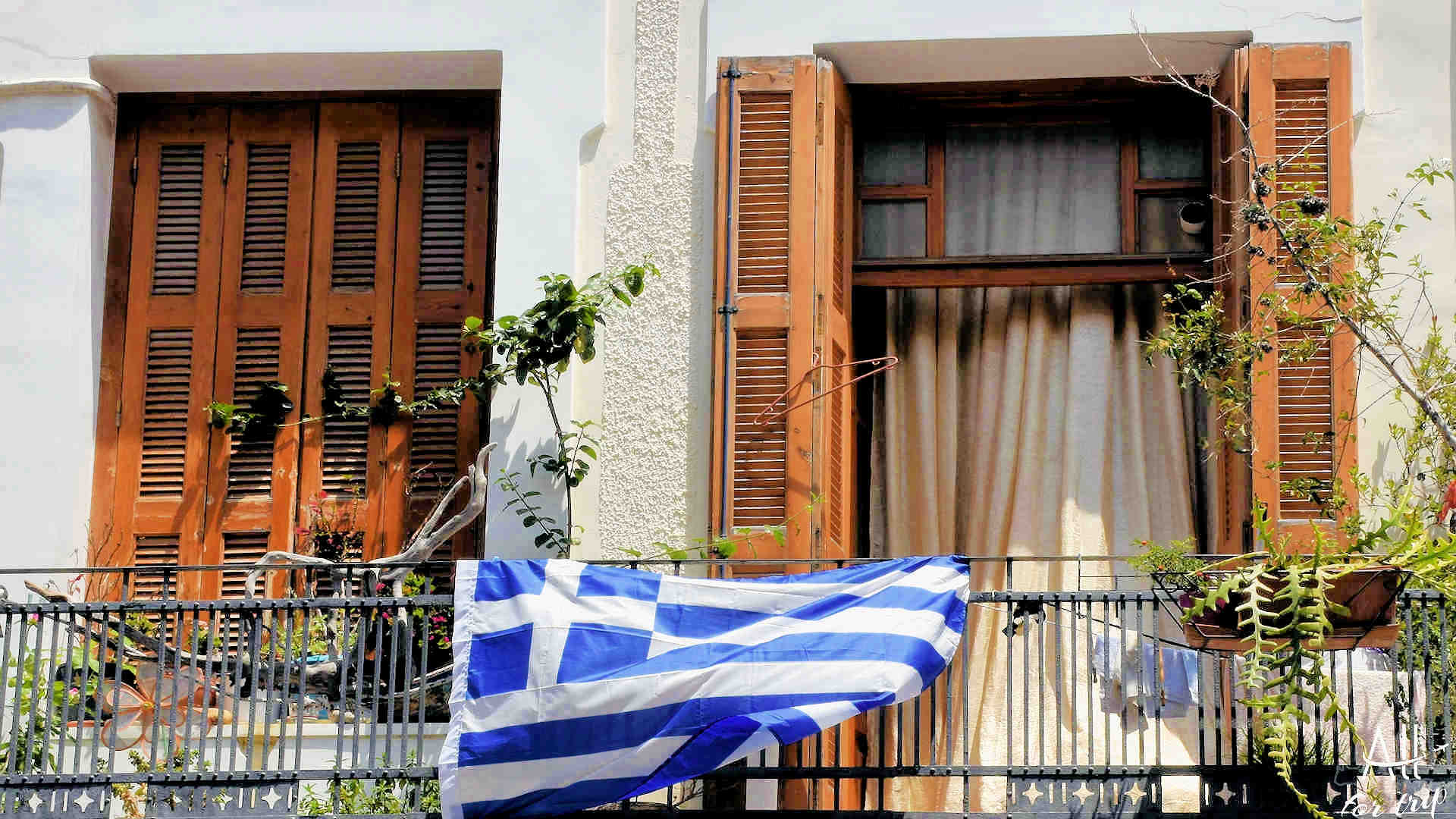
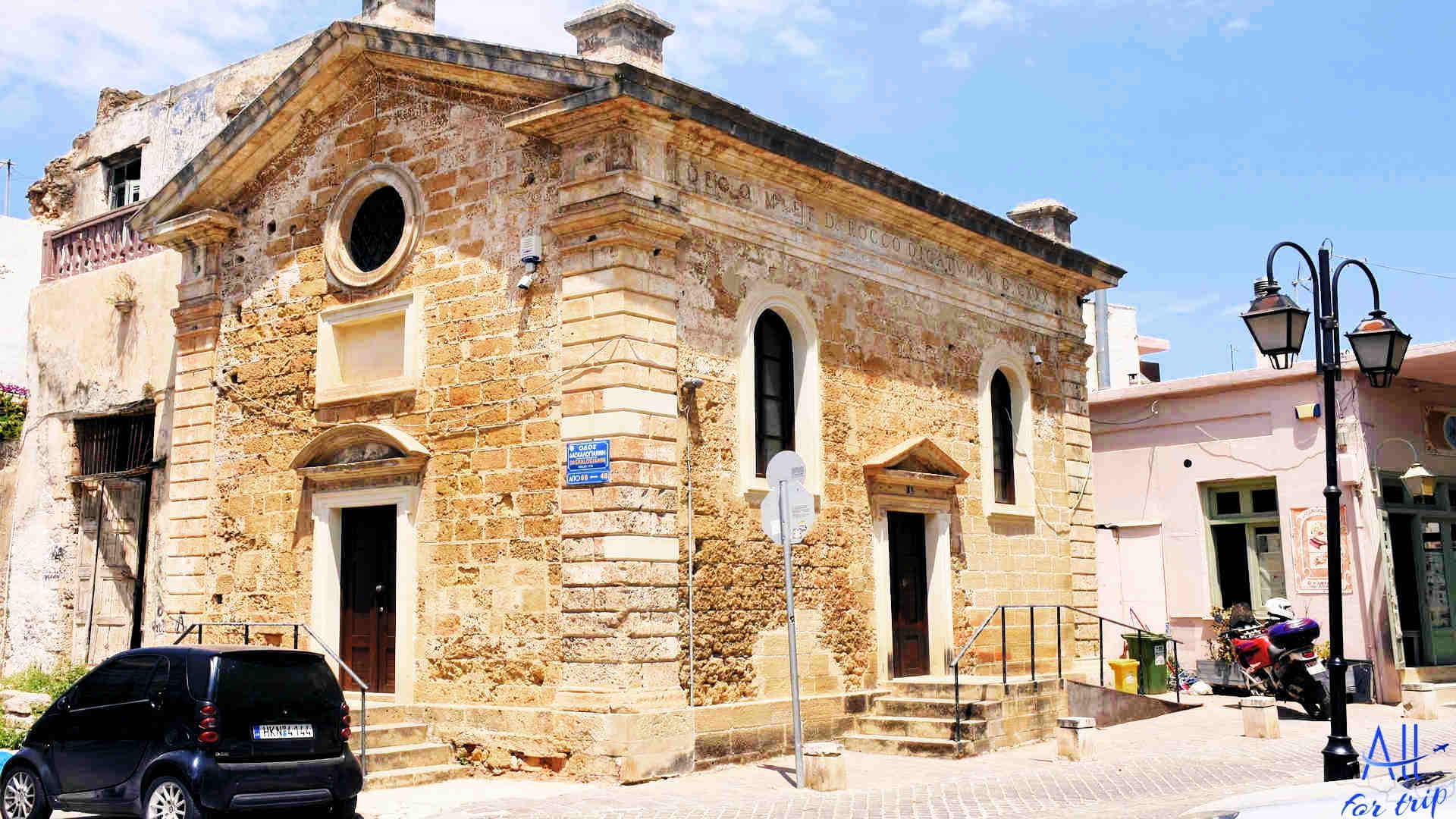
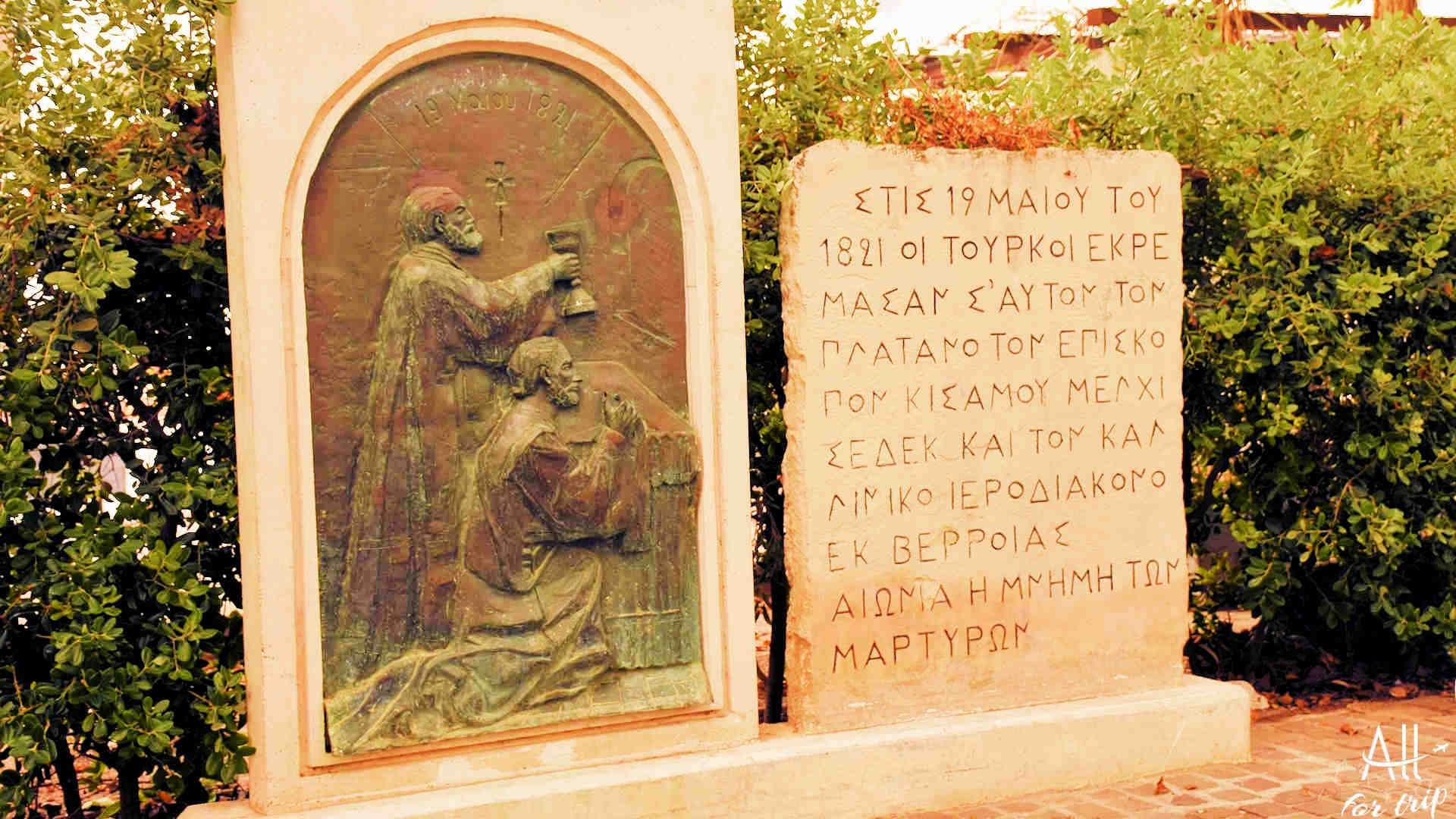
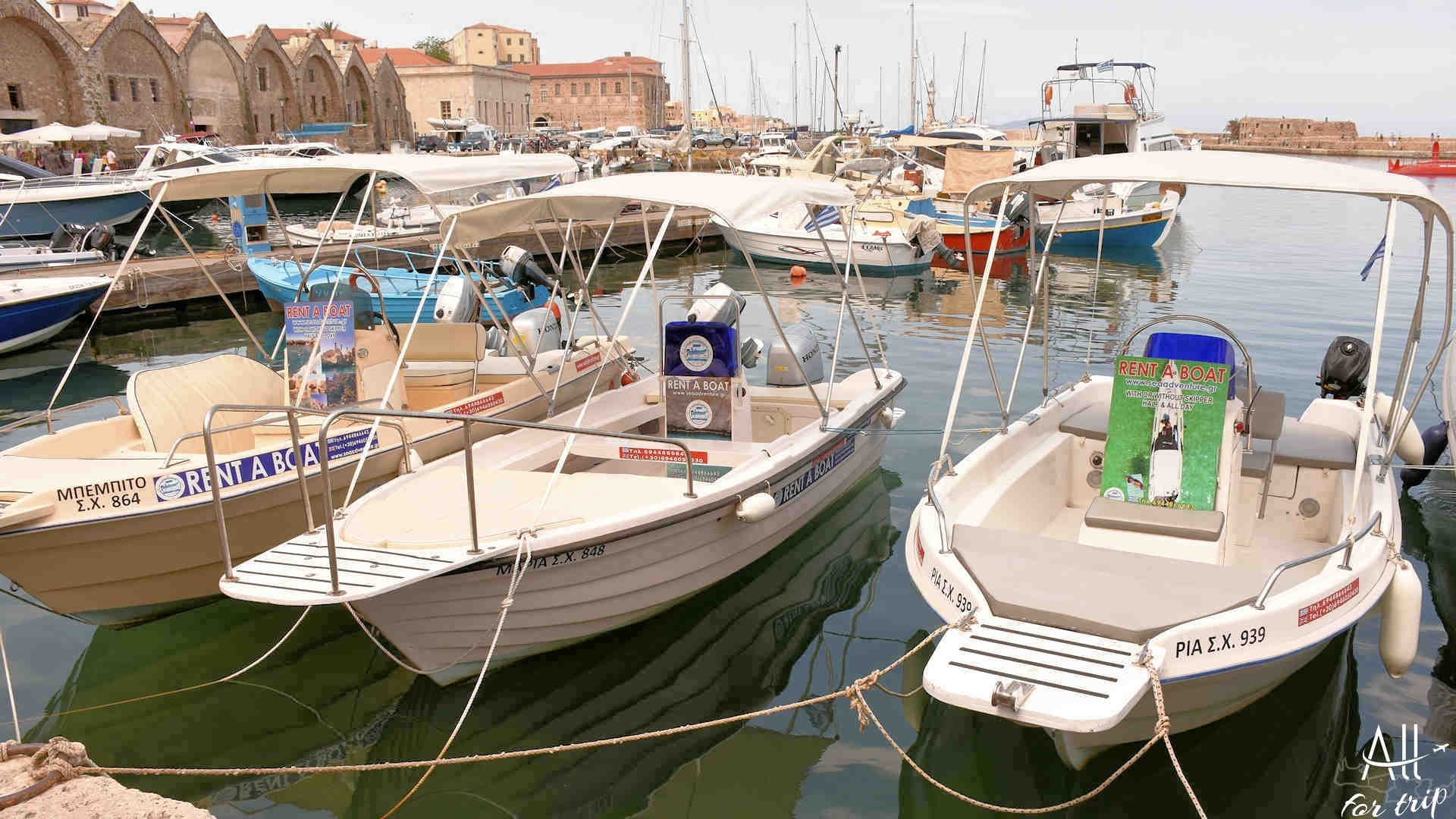
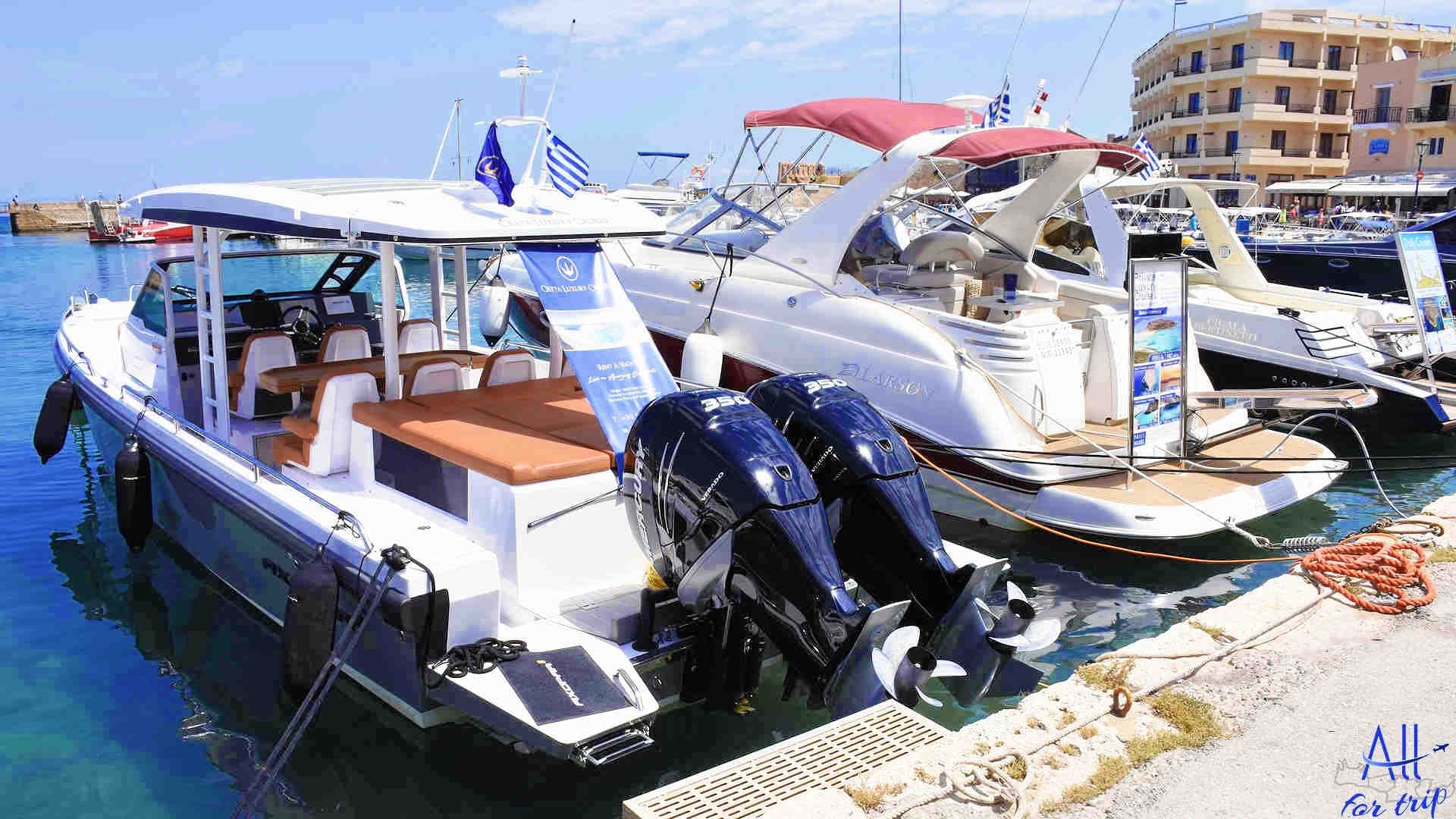
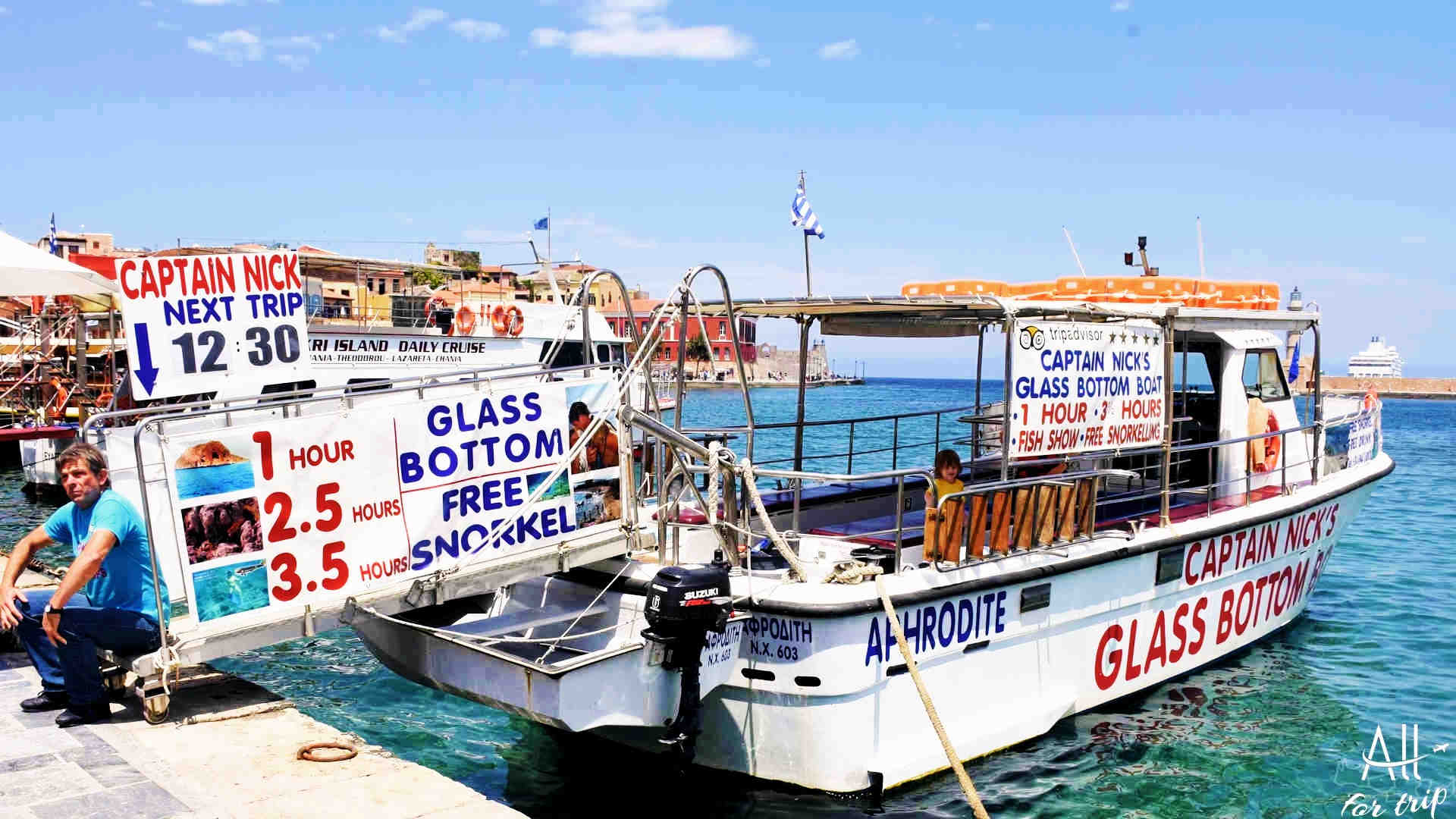
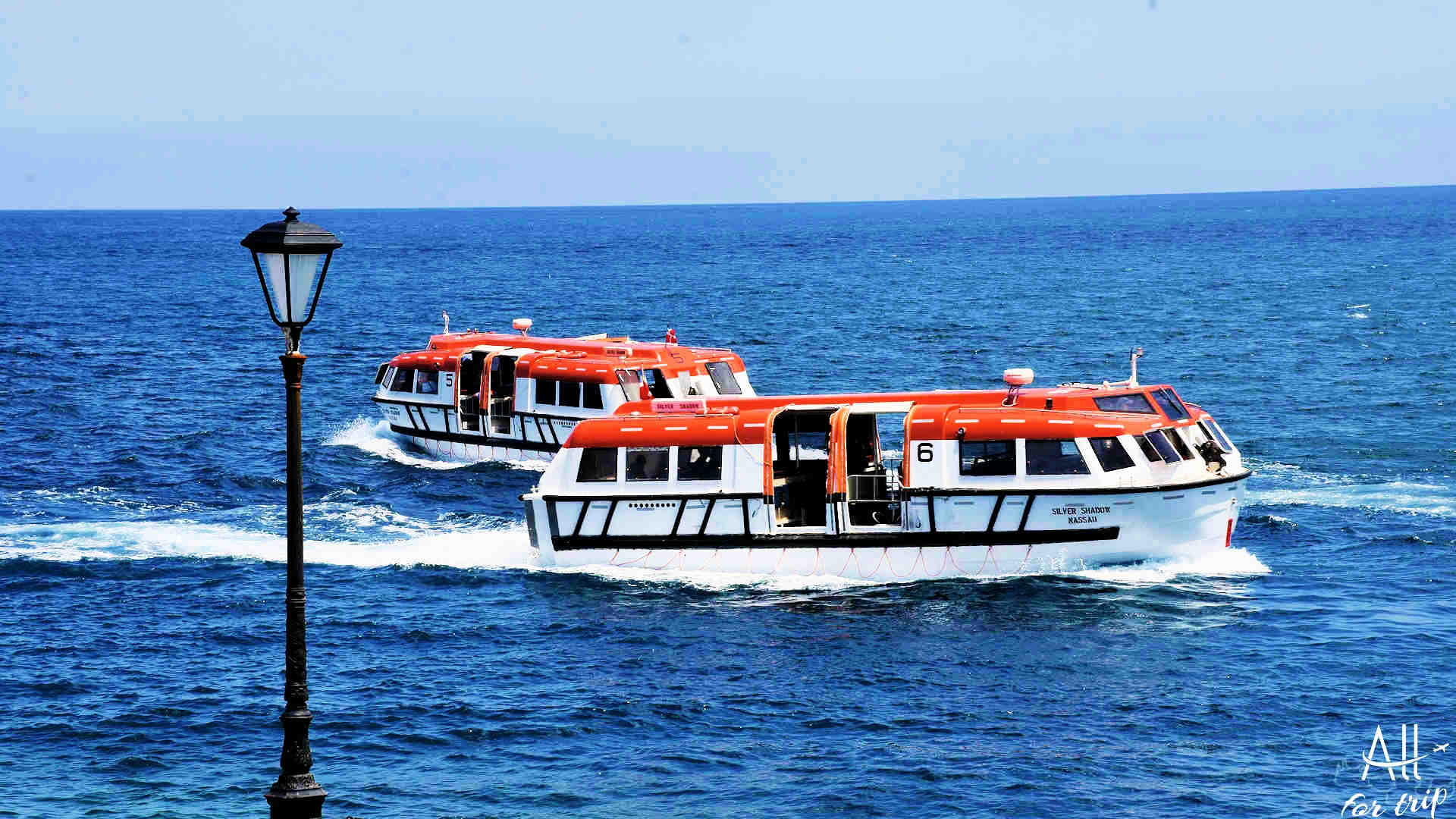
Neolithic
Neolithic or polished Stone Age, this is the last part of the Stone Age – the history of Chania began during this period, in a Minoan settlement called Cydonia or Kydonia by the Greeks
The excavations in Chania provide archaeological evidence for this.
The city name
There are many theories that are most prevalent: according to mythology, Cydonia was founded by King Cydon.
But according to another theory: it was founded by the son of Apollo and Akakallis, daughter of King Minos.
1100 BC
The appearance of the first settlers. They were Dorian Greeks, who settled on the low hill of Kastelli – now, it is the Venetian port
The mountains surrounding the place provided protection: at that time they made it almost impossible to approach the city.
This is probably why they chose this place.
The end of the Minoan era
Chania became an important city-state in Greece – its area stretched from the Gulf of Chania to the foot of the White Mountains
The Minoan Crete, and therefore Chania’s economy, was also built on maritime trade: therefore, the port played a very important role.
– developed a flourishing handicraft industry
– its inhabitants built huge palaces
– Minoan writing system was used: Linear A and B – this proves: clay tablets written with this writing, which was found on Kastelli Hill
– Kydonia was at war, with other city-states: Aptera, Phalasarna and Polyrrhenia.
Archaeologists are still excavating in the city.
69 BC
Led by Roman Consul Caecilius Metellus, the army defeated the Cretans and occupied Kydonia.
The reason for the defeat: the Cretans could not face the larger and well-organized Roman army.
But the city continued to develop under Roman rule.
The city received, the privileges of an independent urban state.
3rd century
Kydonia had its own mint, and reserved the right until the 3rd century, to use her own coins
330-824 – First Byzantine Period
330 – Crete was liberated from the Romans but annexed to the Byzantine Empire.
The persecution of Christians began: the Arabs persecuted the Christian population, who moved to the mountains
828 – Chania and the whole island fell into the hands of the Saracens of Cordoba, who almost completely destroyed the city
961 – 1024 – Second Byzantine Period
961– Led by General Nicephorus Phocas, the Byzantines liberated Chania from the rule of the Saracens.
- the Byzantine Empire rebuilt the city
- they fortified the defence of the city with high walls
- the Arabic “Al Chanea” name was changed to the Greek: Chania
- the city was the seat of the diocese, which later under Venetian rule became: the La Canea a Roman Catholic diocese
1204 – 1645 – Venetian era
1204 – After the fall of Byzantium: Crete came under Venetian rule: was given to Boniface I, who also known as Boniface of Montferrat
1252 – Reconstruction of Chania begins
- the city was fortified with a fortress: on Mount Kastelli
- much taller and stronger walls were erected than the Byzantine walls, enclosing a larger area of the city
- the Venetian walls were fortified, with four bastions, towers and an outer moat
With these defensive reinforcements, he was able to defend himself more vigorously: against attacks by pirates and other intruders.
1263 – the rivals of the Venetians are the Genoese, occupied the city under the leadership of Maltese Count Enrico Pescatore.
1285 – the Venetians recapture the city. Chania was chosen as the seat of the region.
- has become a fertile agricultural region
- has become a thriving, major commercial center
- the port has been improved to provide effective protection for the Venetian fleet
- shipyard was built: for shipbuilding and ship repair
- the water supply network has been developed
- the population has grown to 8,000 people
- the city was decorated with imposing public buildings
- it was a period of close connecting of Cretan and Venetian culture, where the Cretans preserved their Greek Orthodox identity
1453 – Priests, monks and artists moved to the island
- the Byzantine religion and culture strengthened on the island
- that’s when they were built significant buildings of the city
- education has improved
- cultural activities were promoted: music, theatre
Ottoman era
1645–1669
- Despite Venetians’ defence-focused construction: the Ottoman army occupied the city after two months of siege
- the siege destroyed much of the city
- the city was rebuilt to Ottoman taste
- people had two options: to convert to Islam or to flee persecution. Many have converted to Islam. Therefore, the ethnic composition of the city has changed.
- the Muslim districts of the city: Kastelli and Splantzia
- the church of St. Nicholas was transformed into a mosque
- new mosques have also been built: the Küçük Hasan Pasha Mosque or the Yali Mosque in the port
- tall minarets were built
- public baths and fountains were built
- the Cretan pasha lived in Chania
- Many armed uprisings against the Turks began in Chania Prefecture.
1821-1829 – The Greek War of Independence was unsuccessful! – Ottoman rule remained
Modern era
1866–1869 – the revolt did not bring freedom
1878 – there was again revolt, the result of which: the great powers of Europe turned their attention to Crete:
The Pact of Halepa was signed in Halepa (now part of Chania).
II. Sultan Abdul Hamid, ruler of the Ottoman Empire, and representatives of the Revolutionary Commission of Crete agreed, to grant a wide degree of autonomy to the island of Crete.
1898 – The “Cretan State” was established:
- Crete remained part of the Ottoman Empire
- but under the protection of the great powers
- Chania became the capital of Crete
- Crete issued its own money
- the city regained its economic role between Europe and the East
The Cretan people continued to struggle:
- they wanted real liberation
- they wanted to unite, with Greece
1905 – 1922
1905 – the Theriso Revolution
- the leader of the revolution was Eleftherios Venizelos
- the revolution overthrew the power of Prince George
- Alexandros Zaimis became ruler of Crete
1908 – Venizelos formed a government, what was also recognized by the Great Powers
1910 – in the election: Eleftherios Venizelos was elected Prime Minister of Greece
1913, 1st December – following the Balkan Wars, Crete was united with Greece.
Ethnic violence in Crete has led to mass migration of the island’s Muslim population.
1922 – Population change between Greece and Turkey. As a result, the last Muslim inhabitants of the island were deported.
1941-1945 – Chania in World War II
1941 – the Battle Of Crete – Germany began occupying Crete, with planes: it dropped paratroopers.
The Cretans were helped by British forces: British forces bombed German forces. Artillery of British forces were stationed above Dexameni in the southern part of the city.
At the heart of the operations was:
- Chania
- Malame Airport
- Galata, which was the port of Chania
- after the bombing of the Luftwaffe, the destruction was not complete
- many historical monuments have been saved
- a significant part of the population was executed or imprisoned for taking part in the fight against the Germans
- the Greek king fled first to the village near Perivolia and then to Egypt
- In 1944, the Nazi occupiers deported the Jewish population from the island
A great tragic event: when a British torpedo accidentally destroyed the Tanais ship, on which most of the Jewish prisoners were being transported.
Post-World War II era
1950 – the post-war reconstruction began, and development
1970 – International tourism began in Crete. Tourism has significantly helped the city’s economy.
1971 – Heraklion became the capital of Crete
Since the 1990s:
- Chania and the region have once again become the center of development and ascension
- significant infrastructure investments have been made
- an airport was built
- Crete has become a very popular holiday destination in Europe


Comment (0)